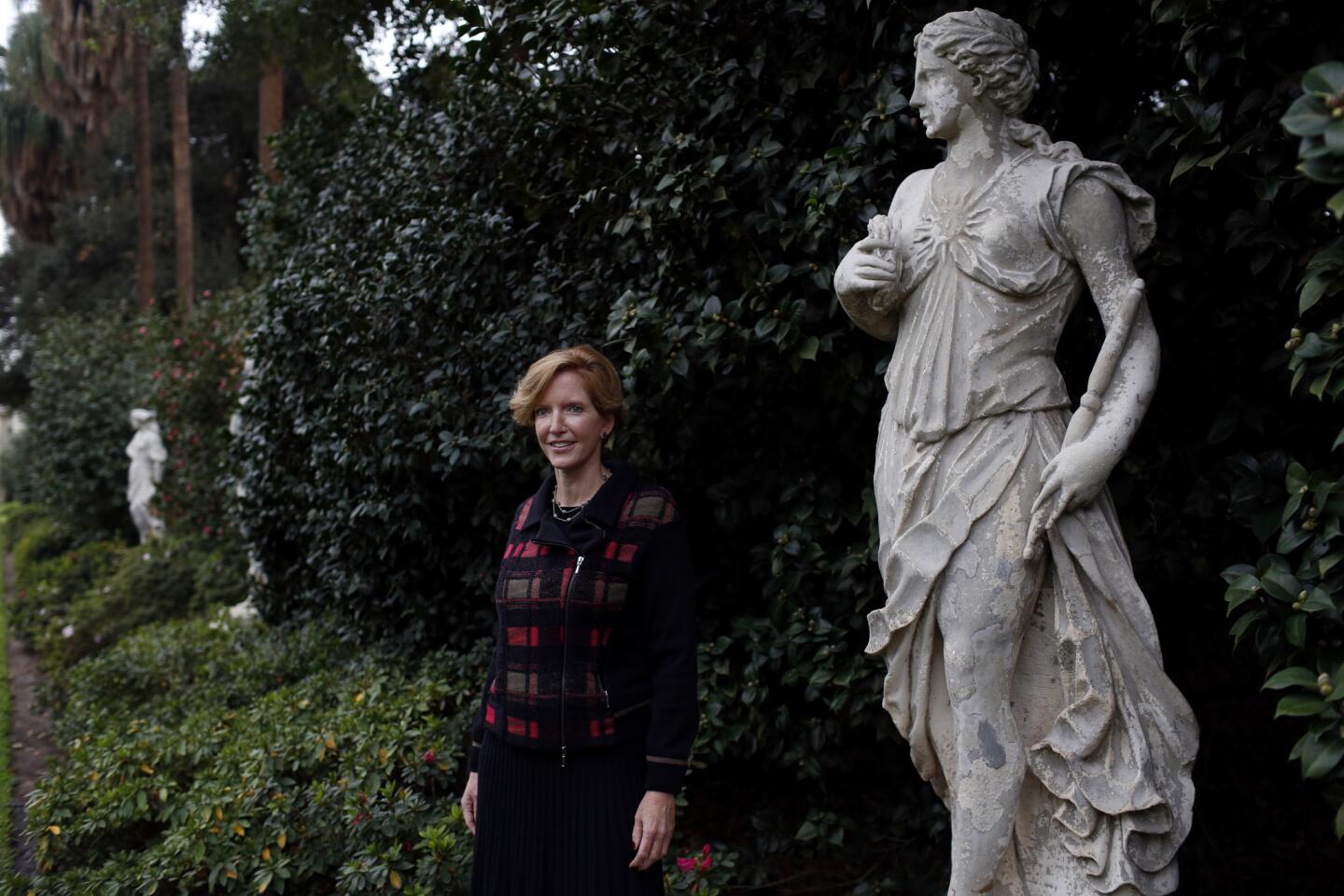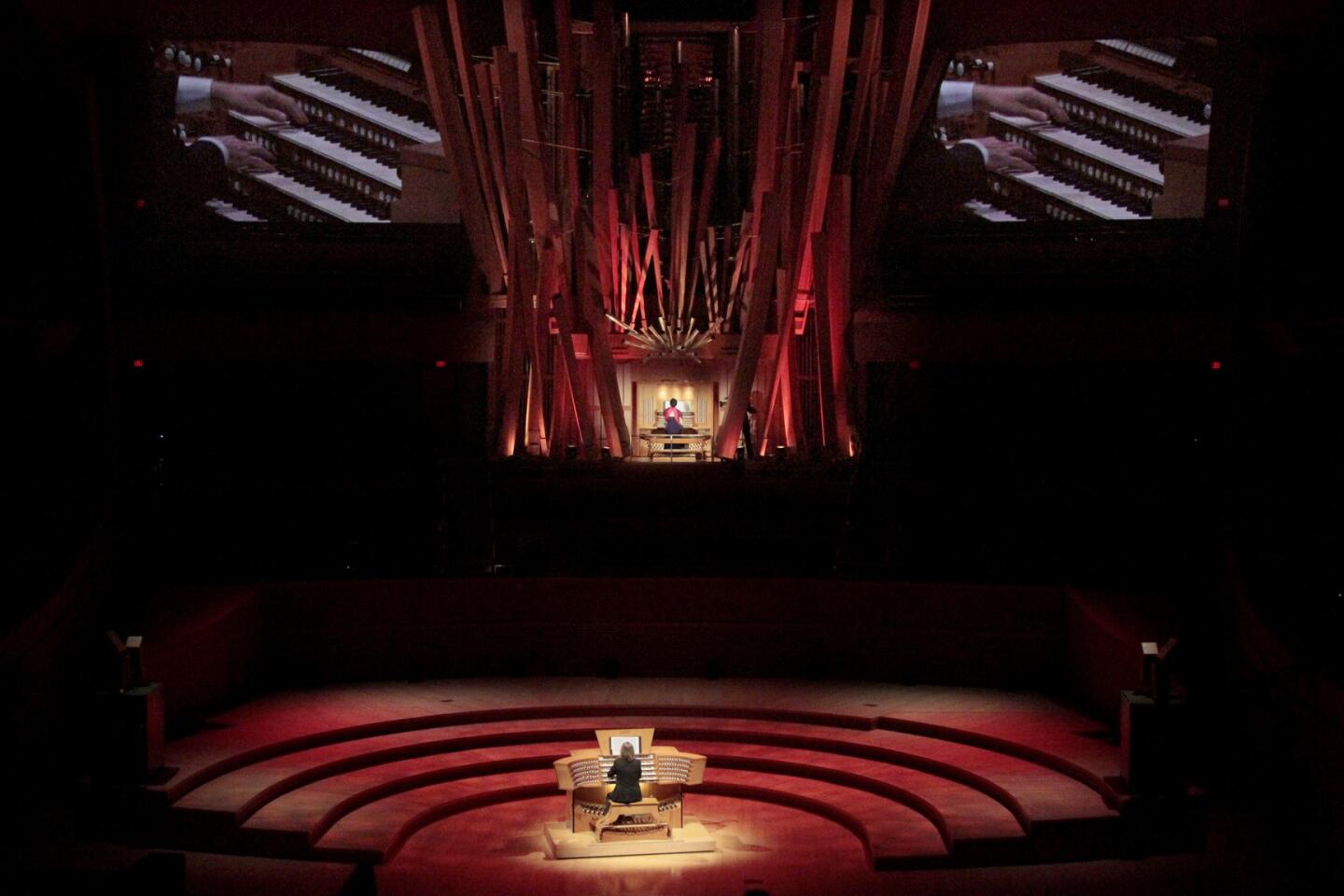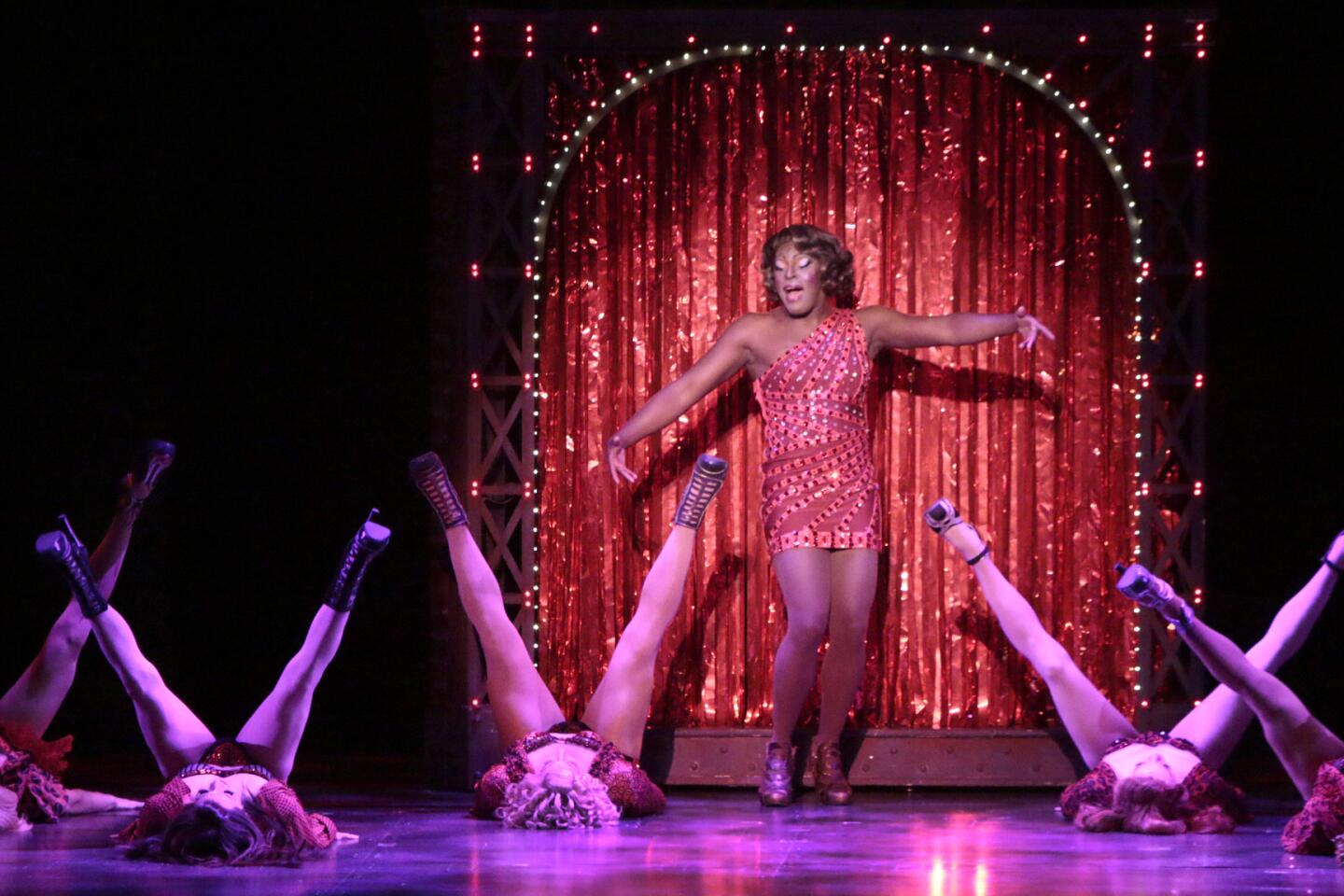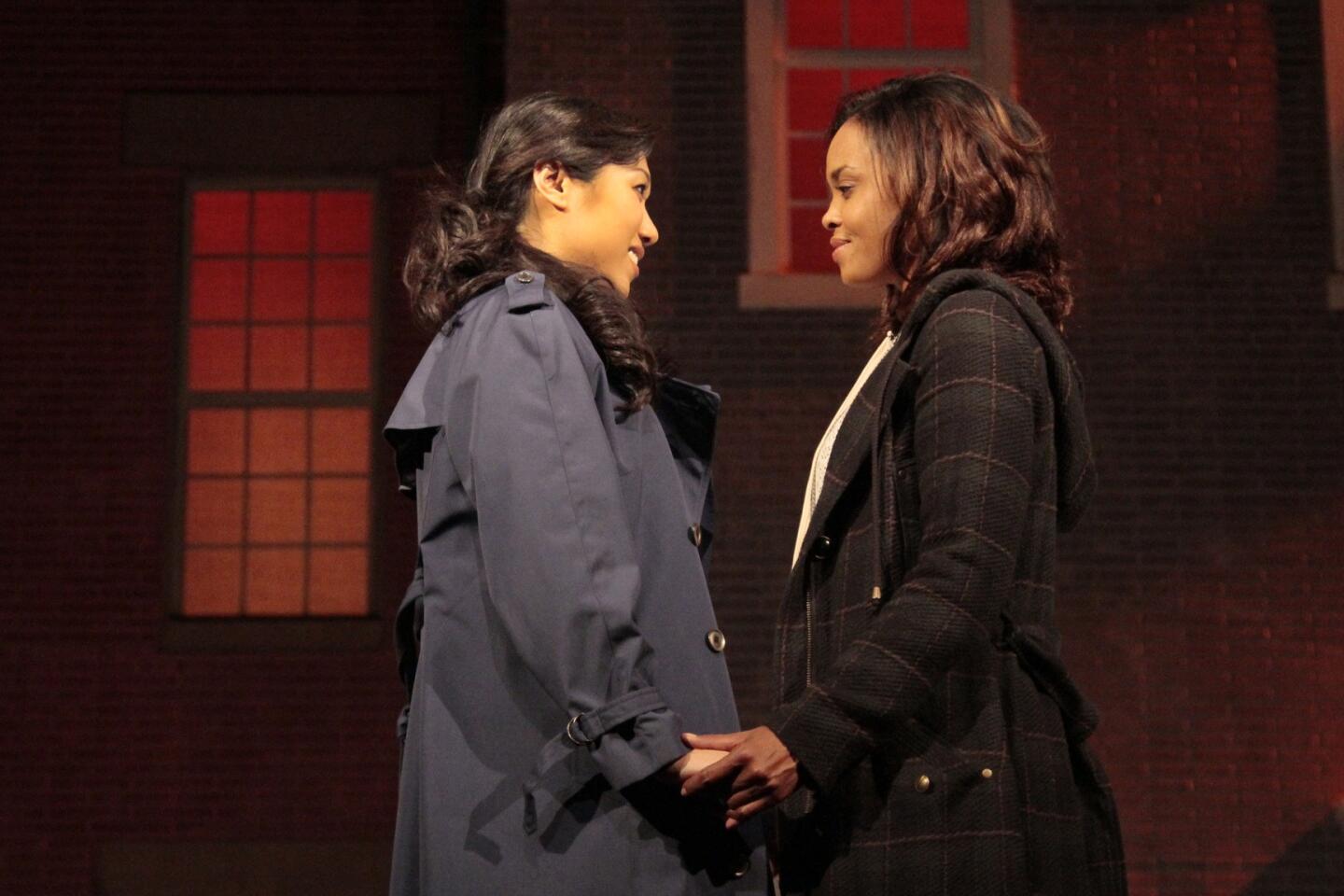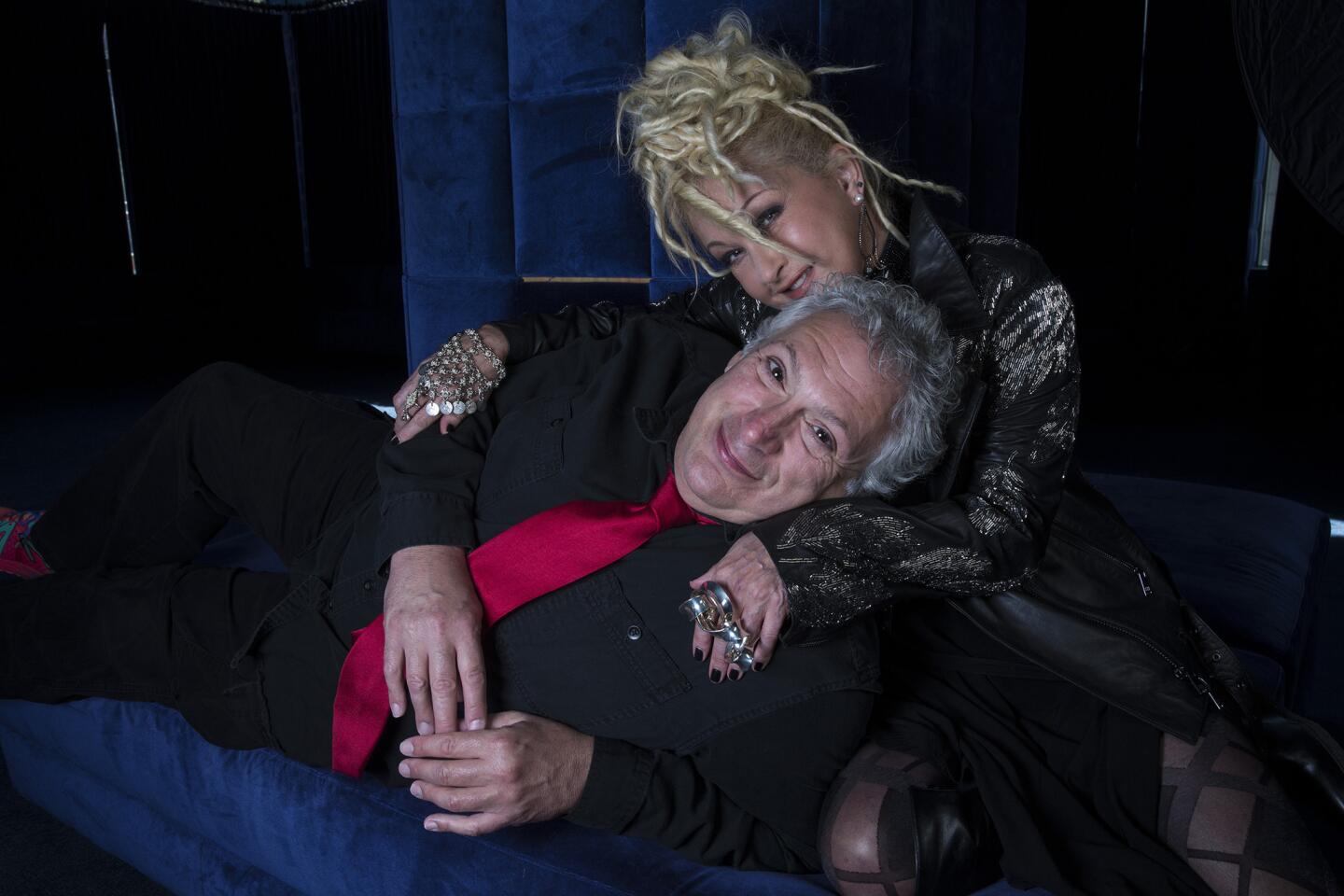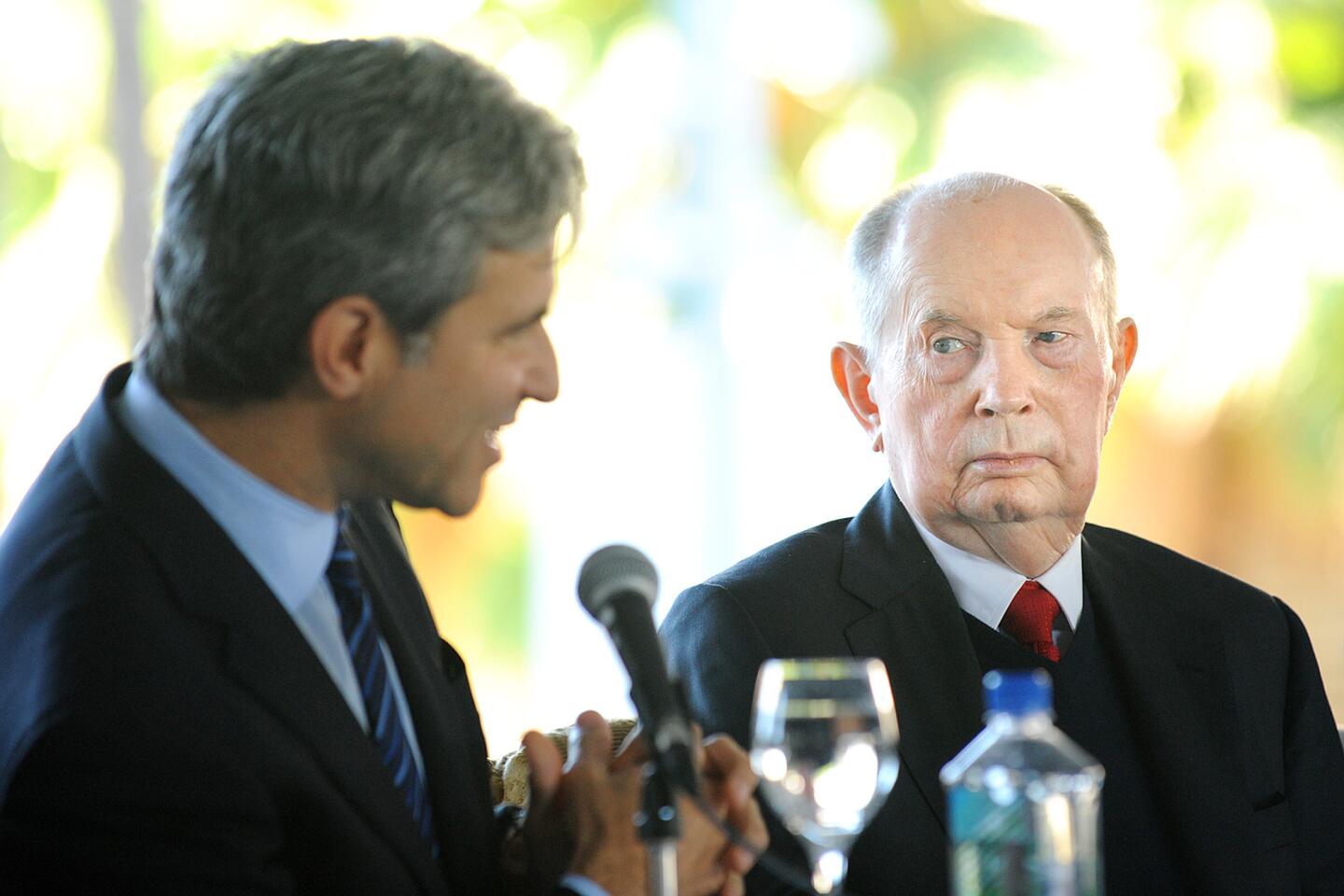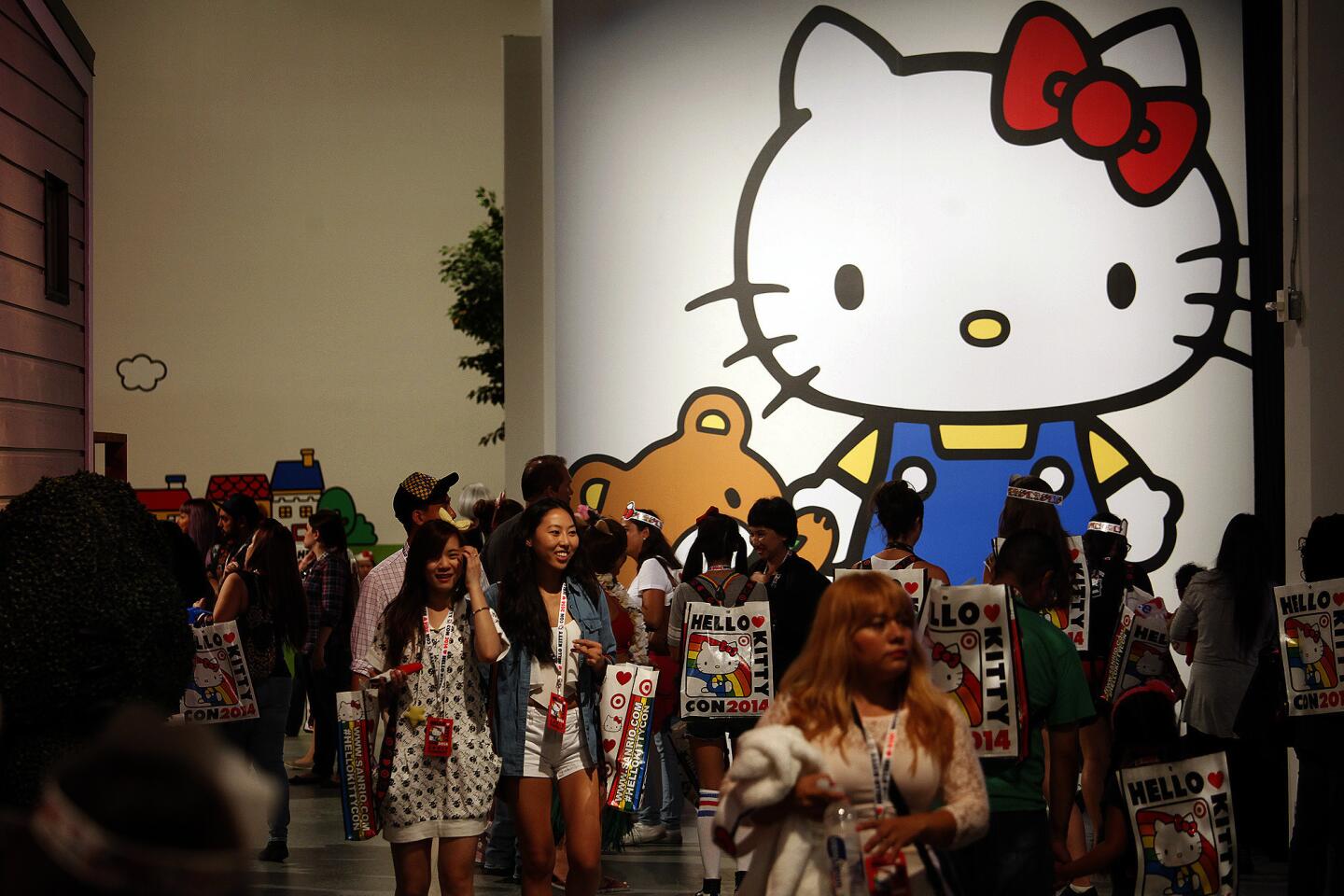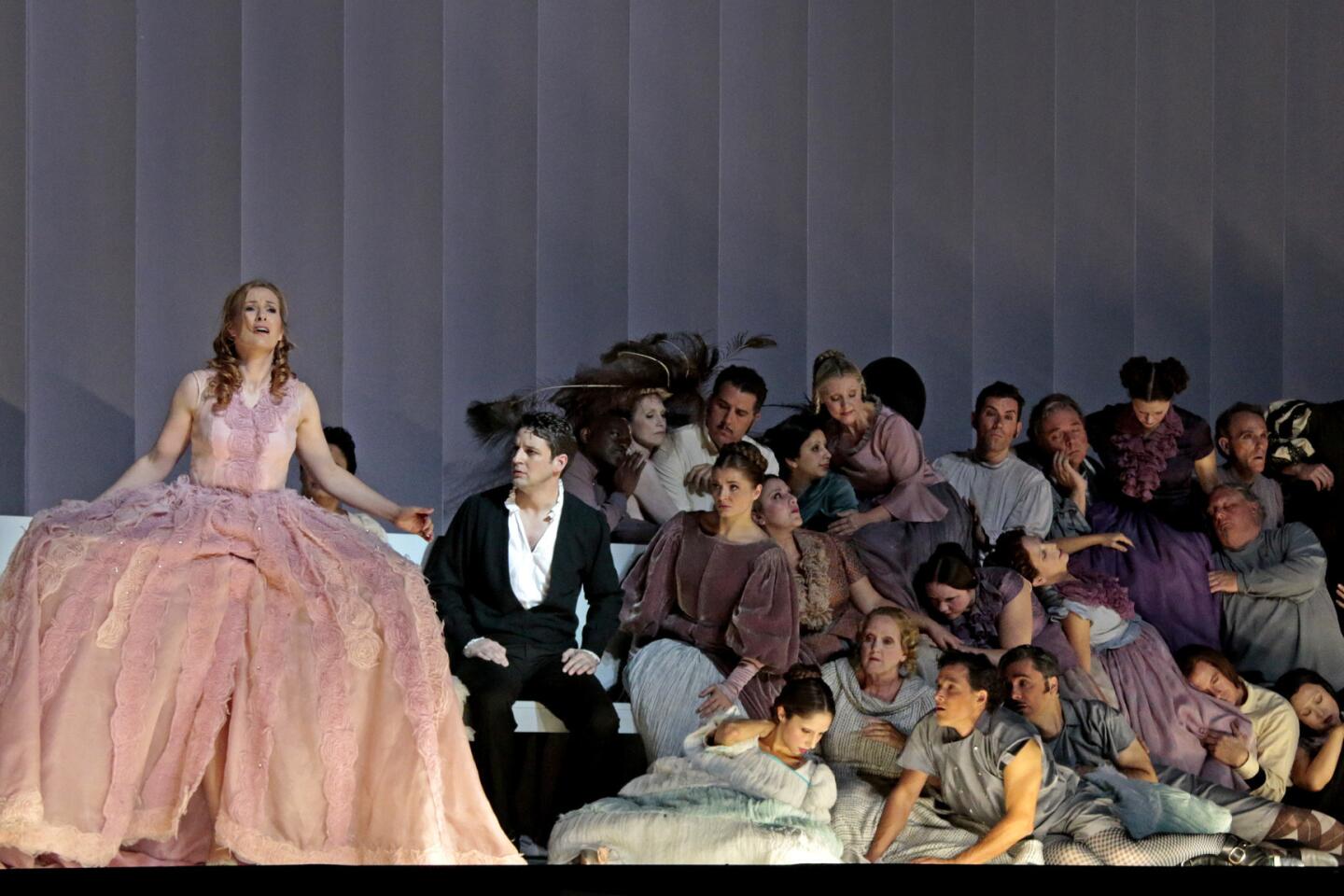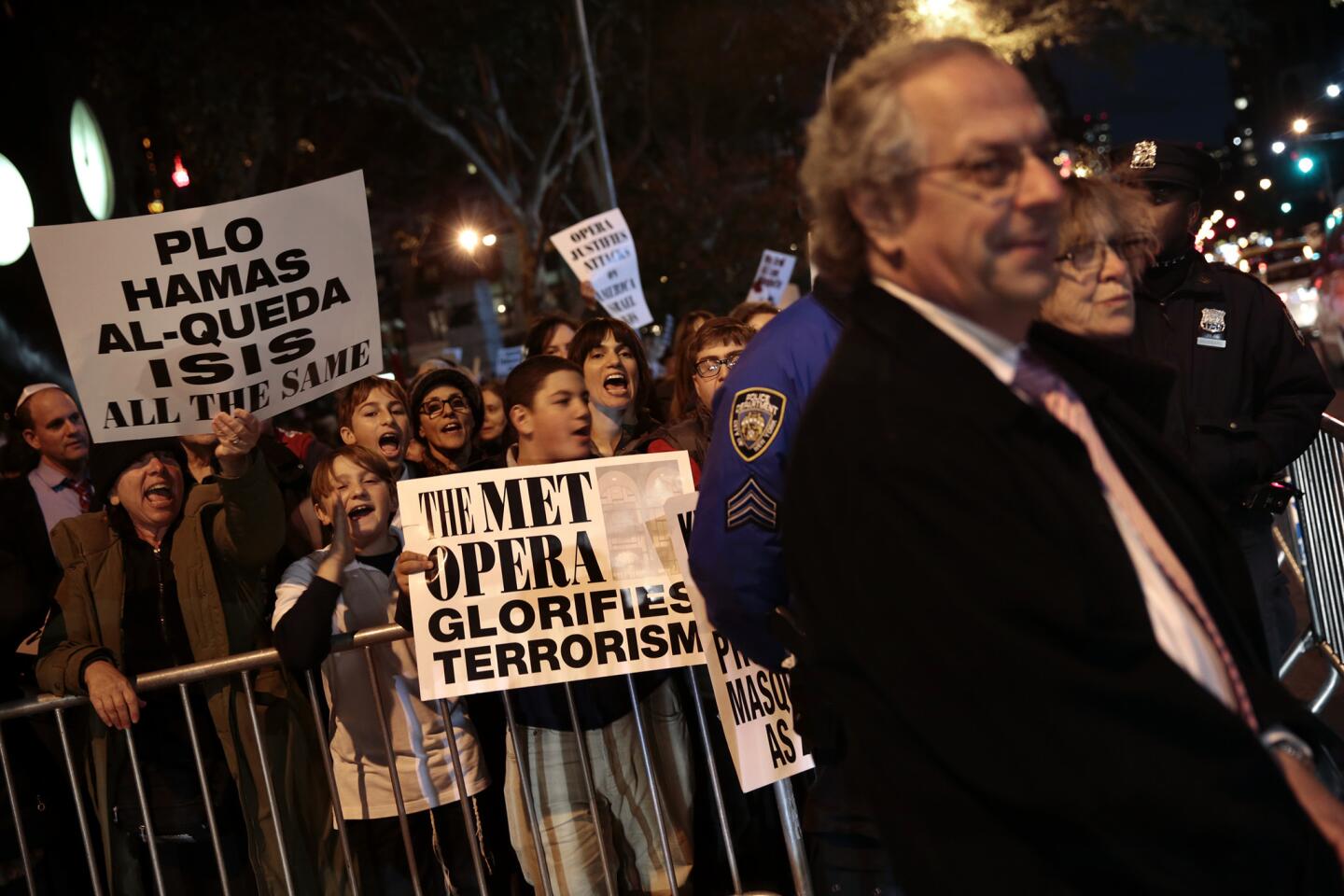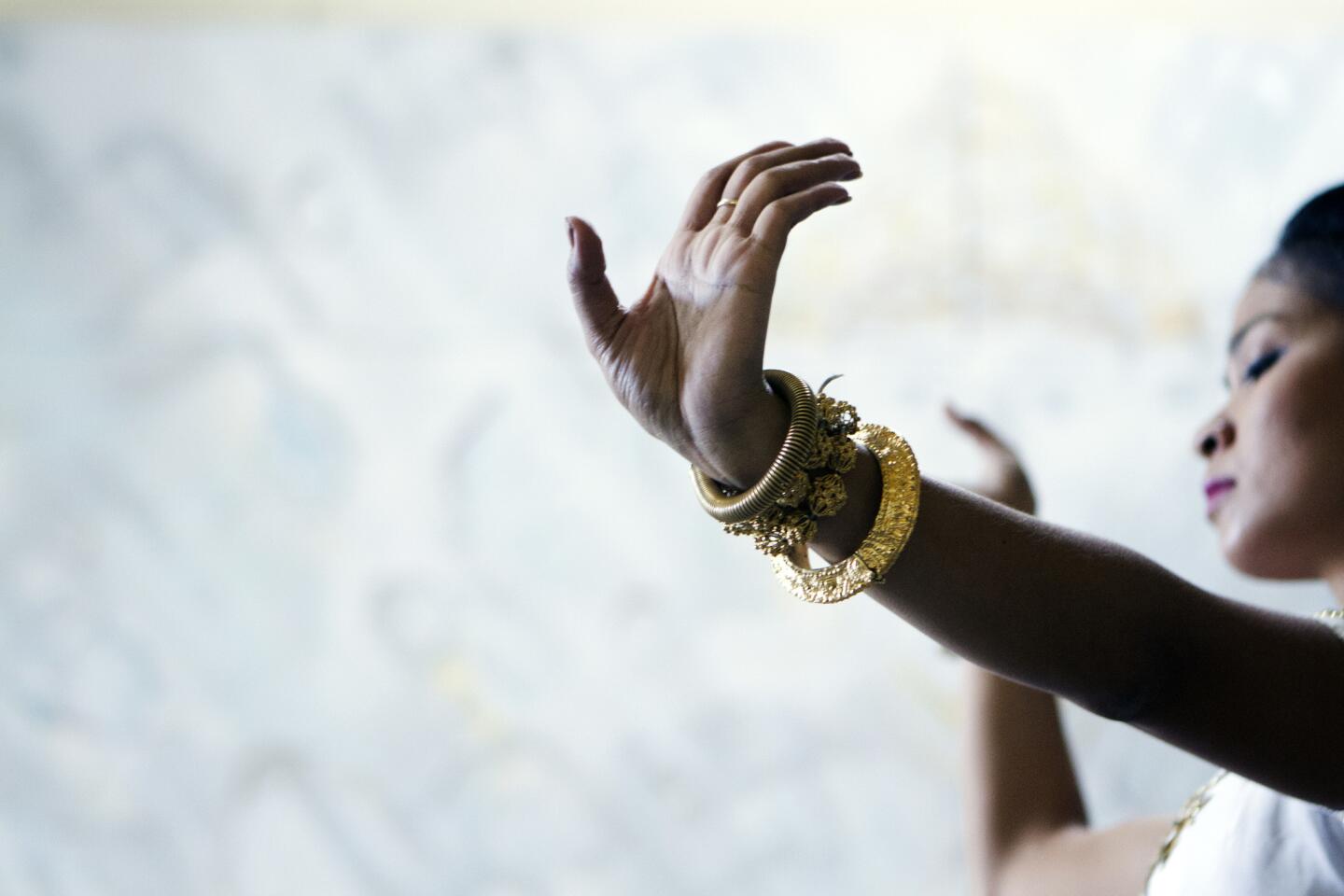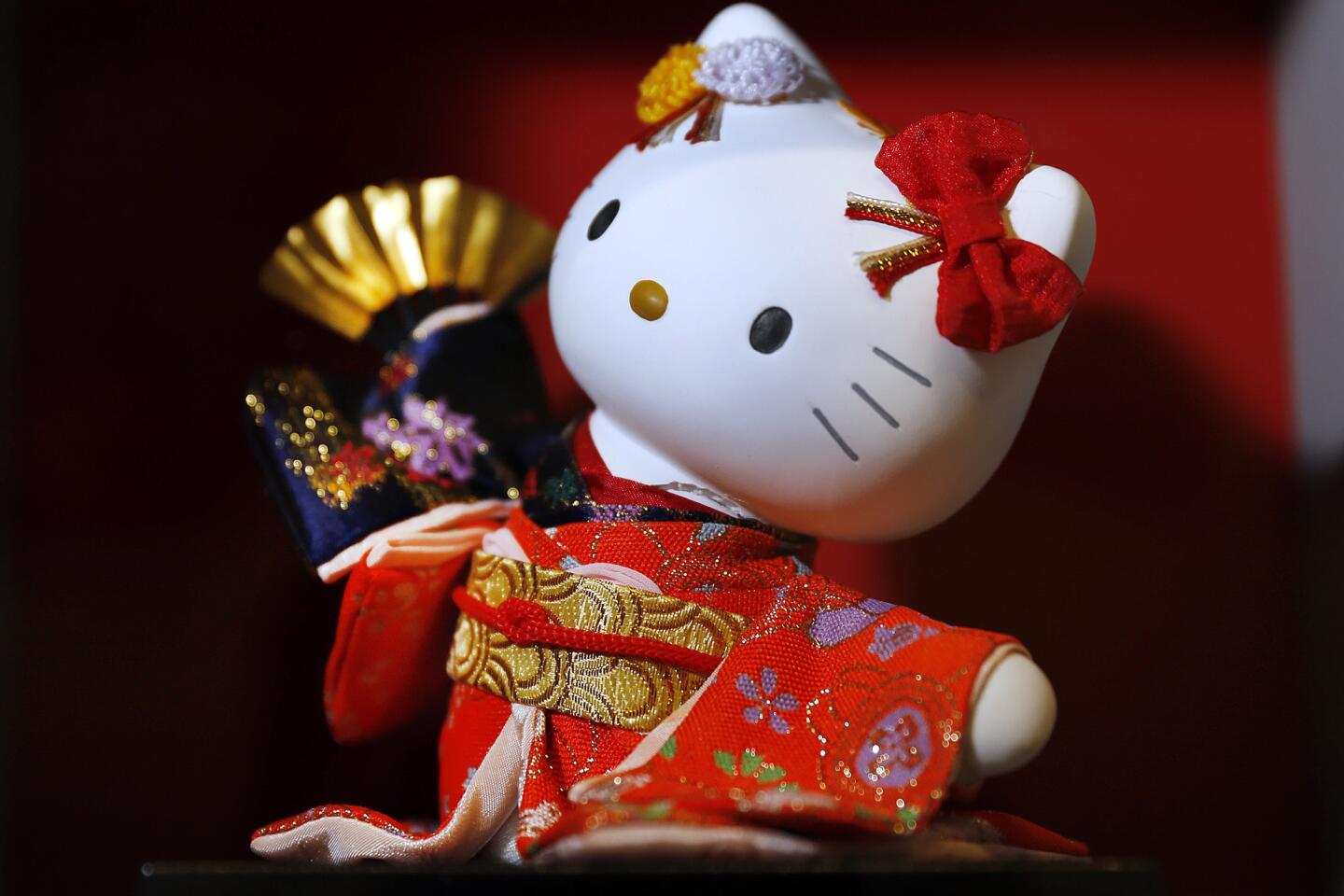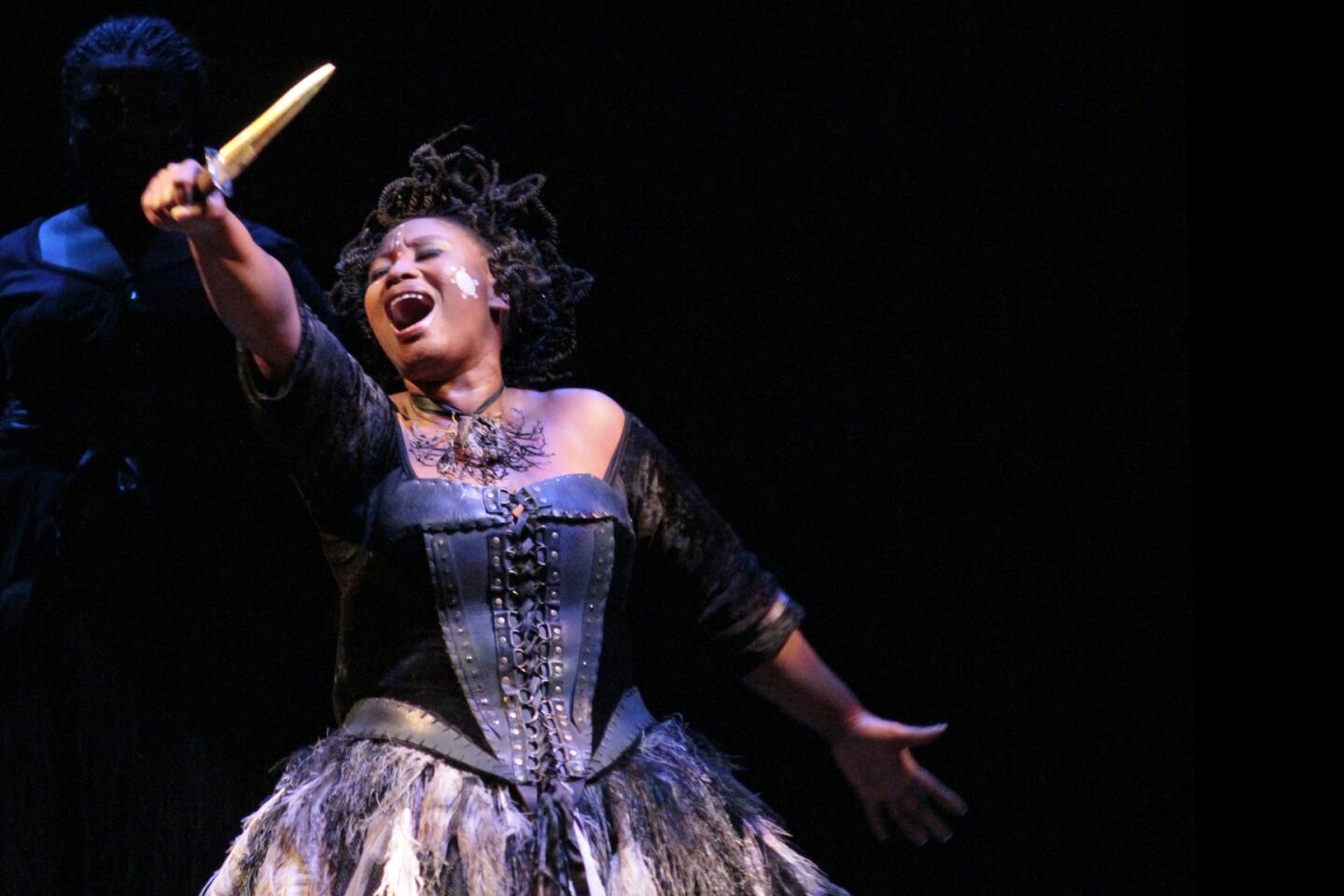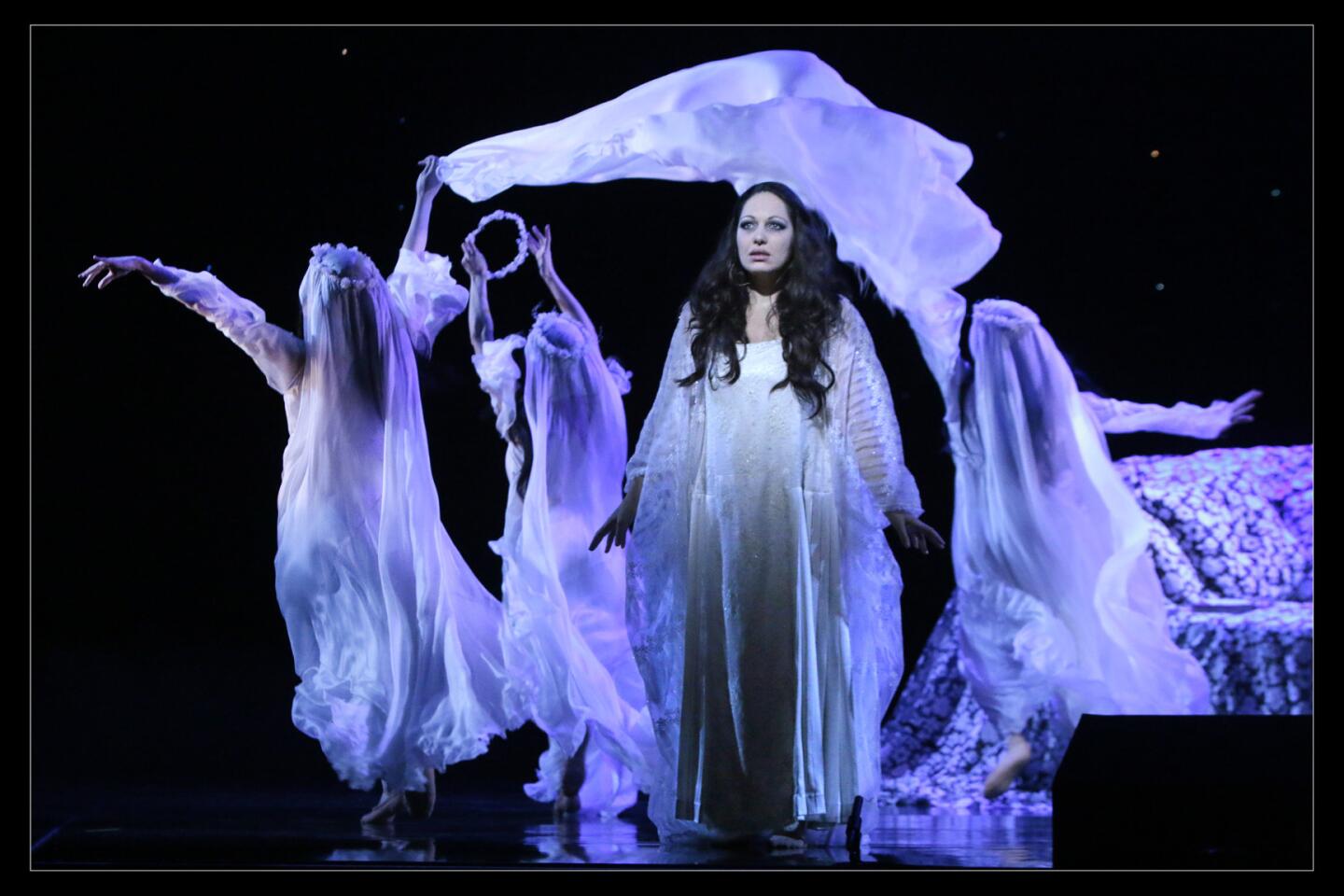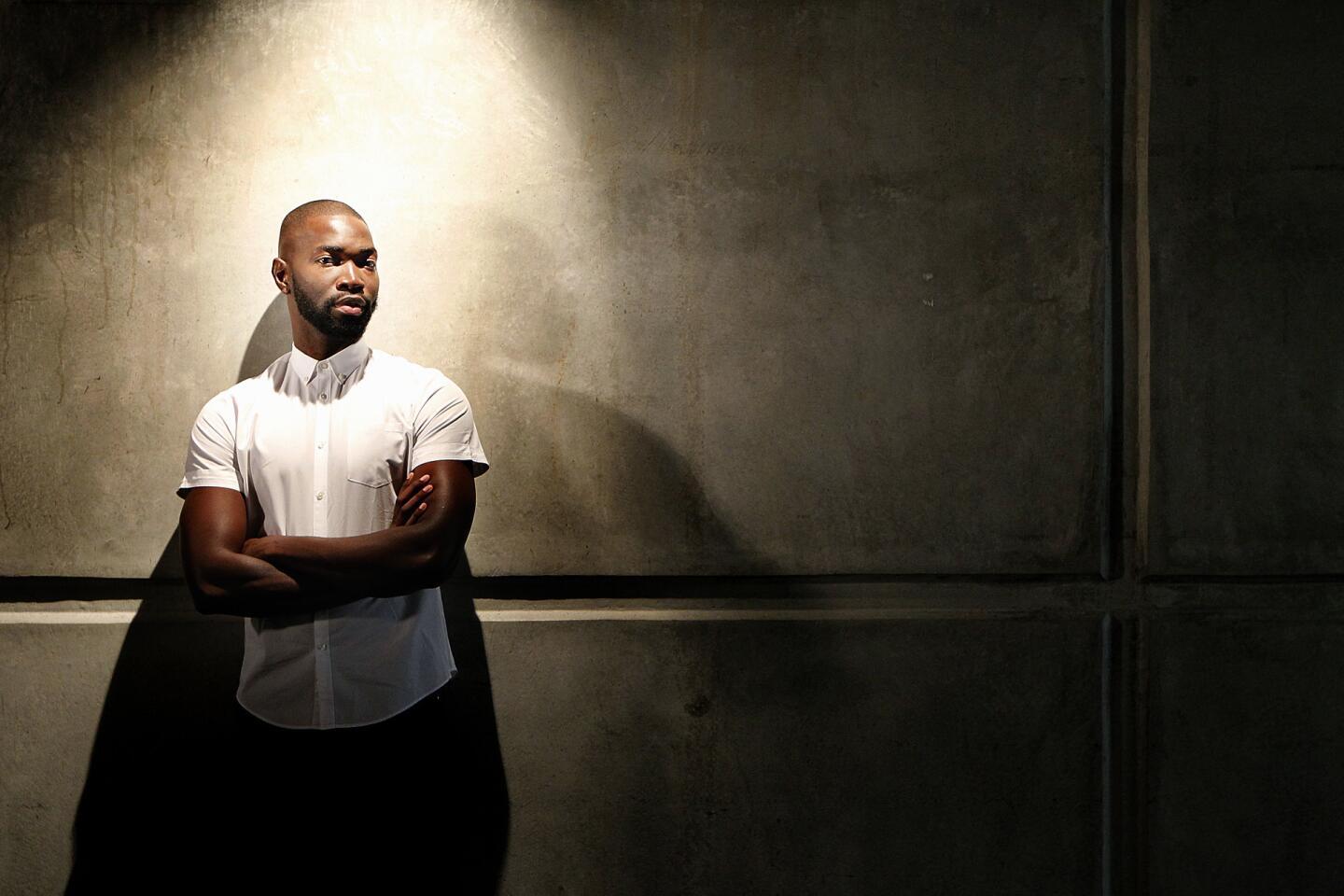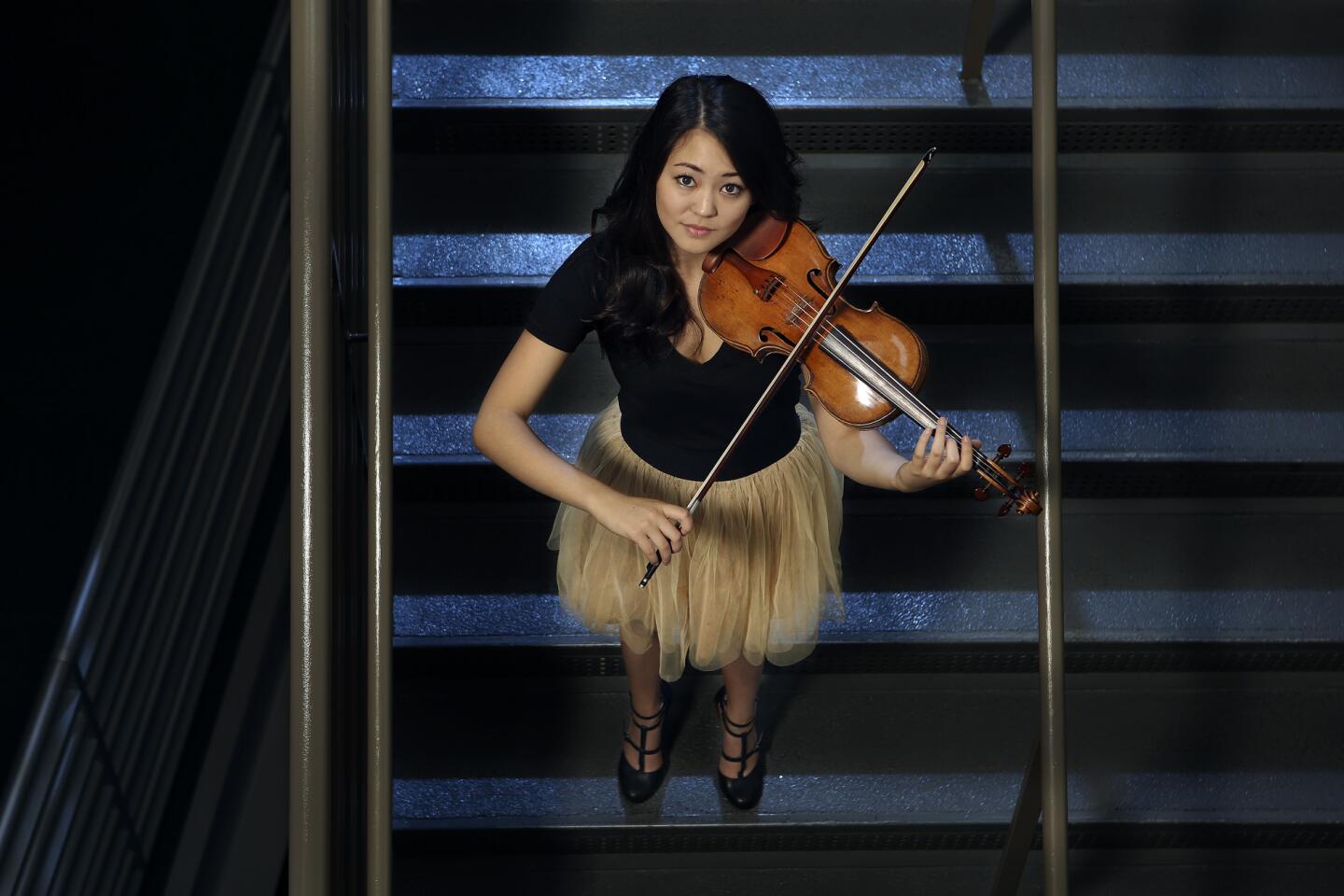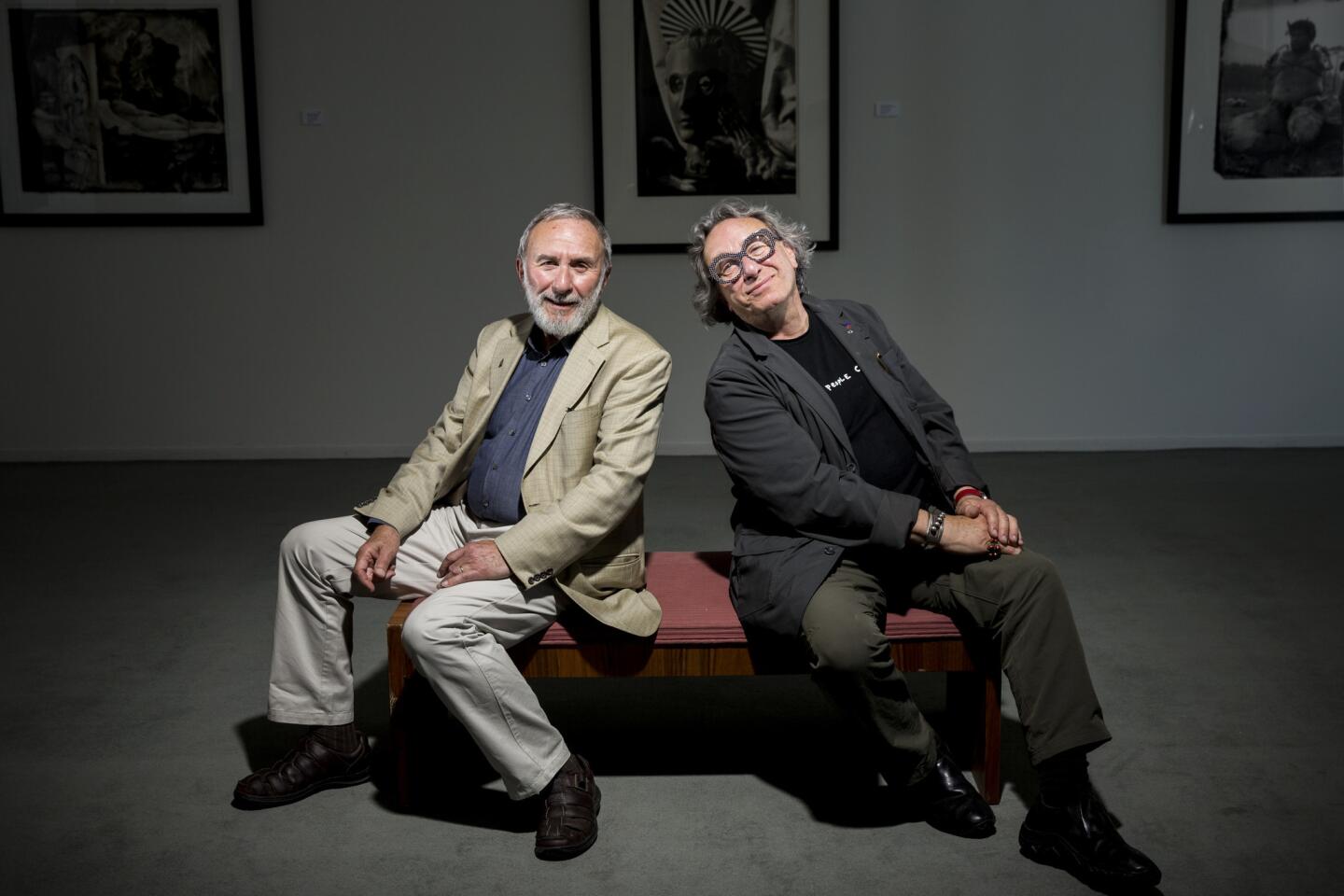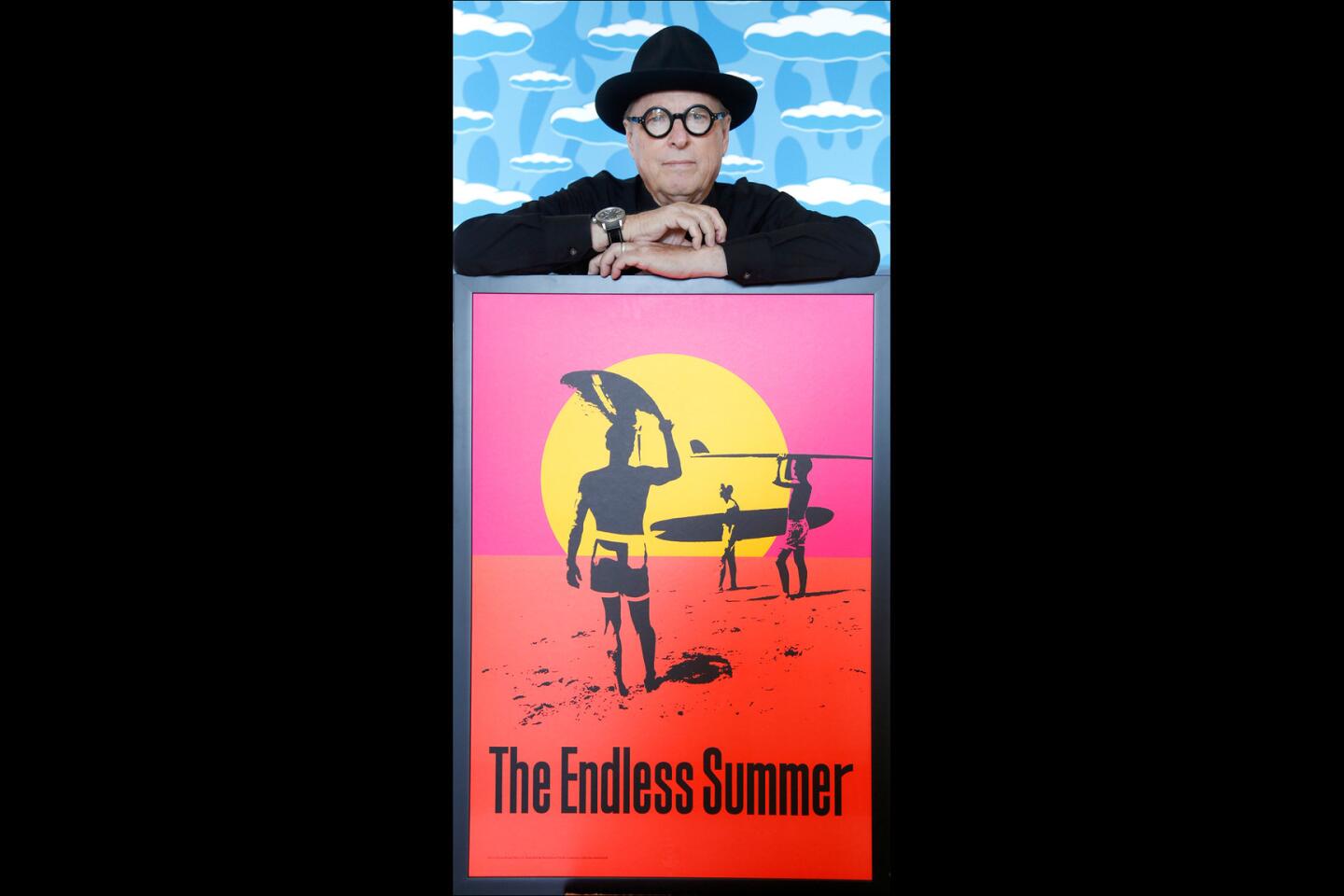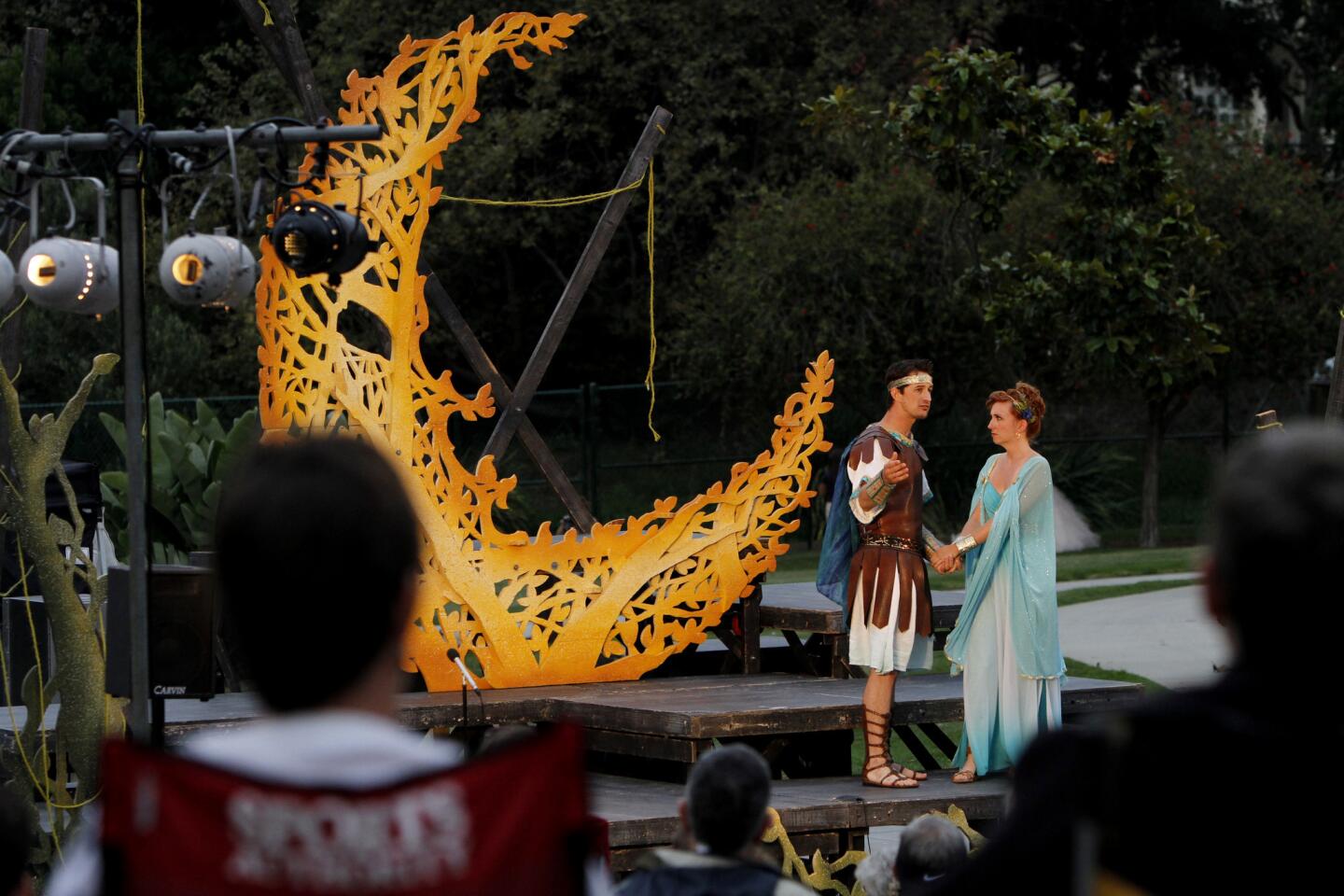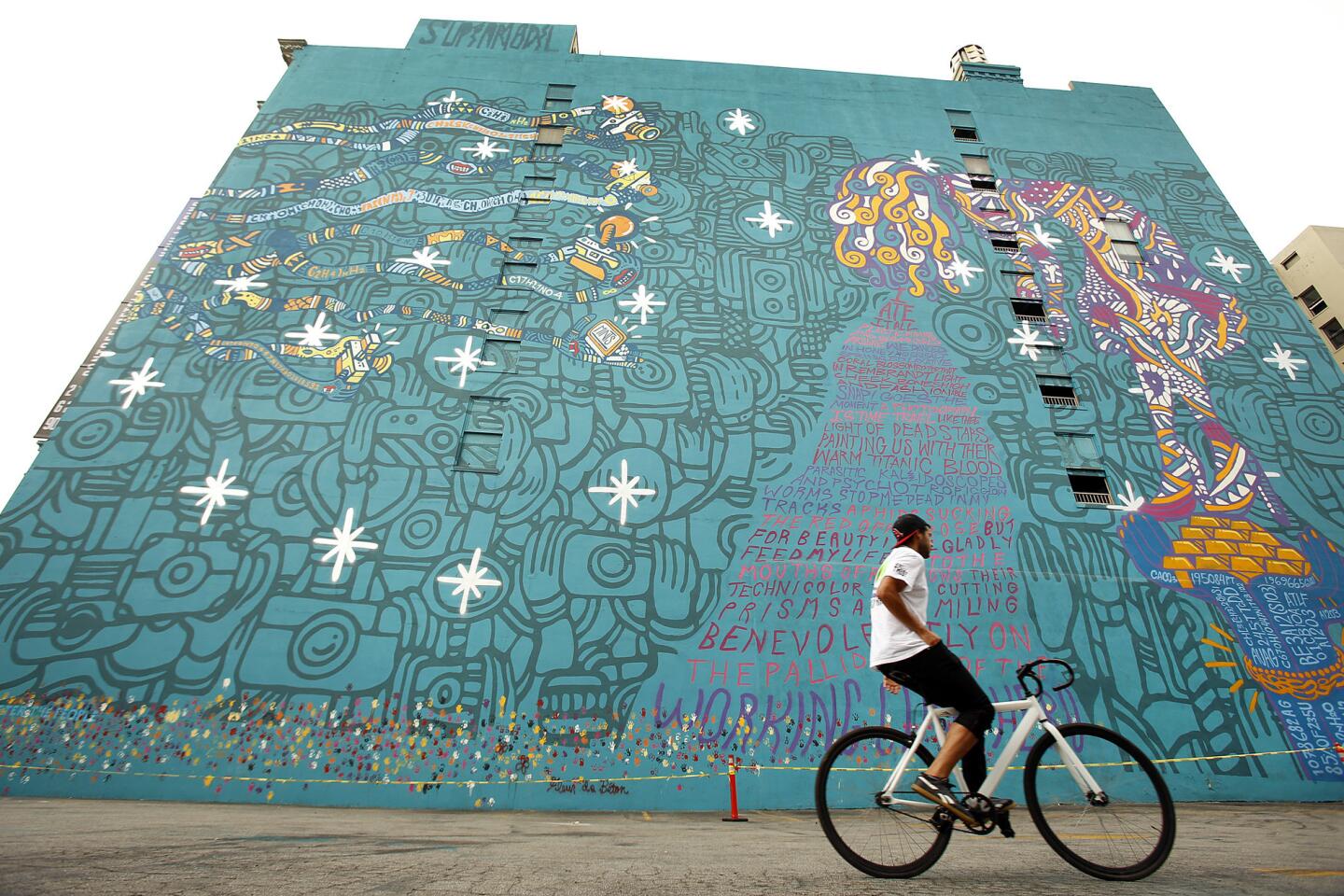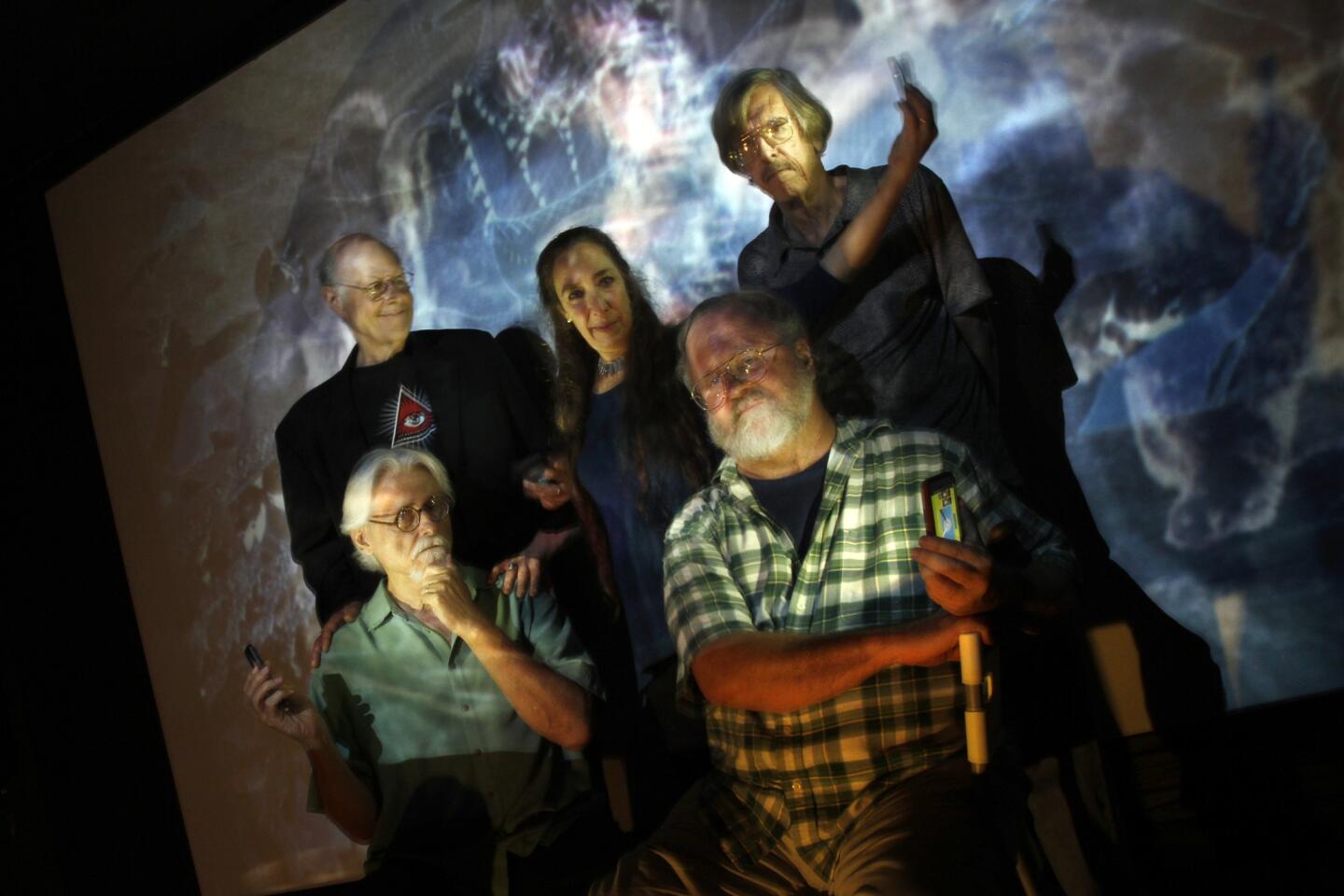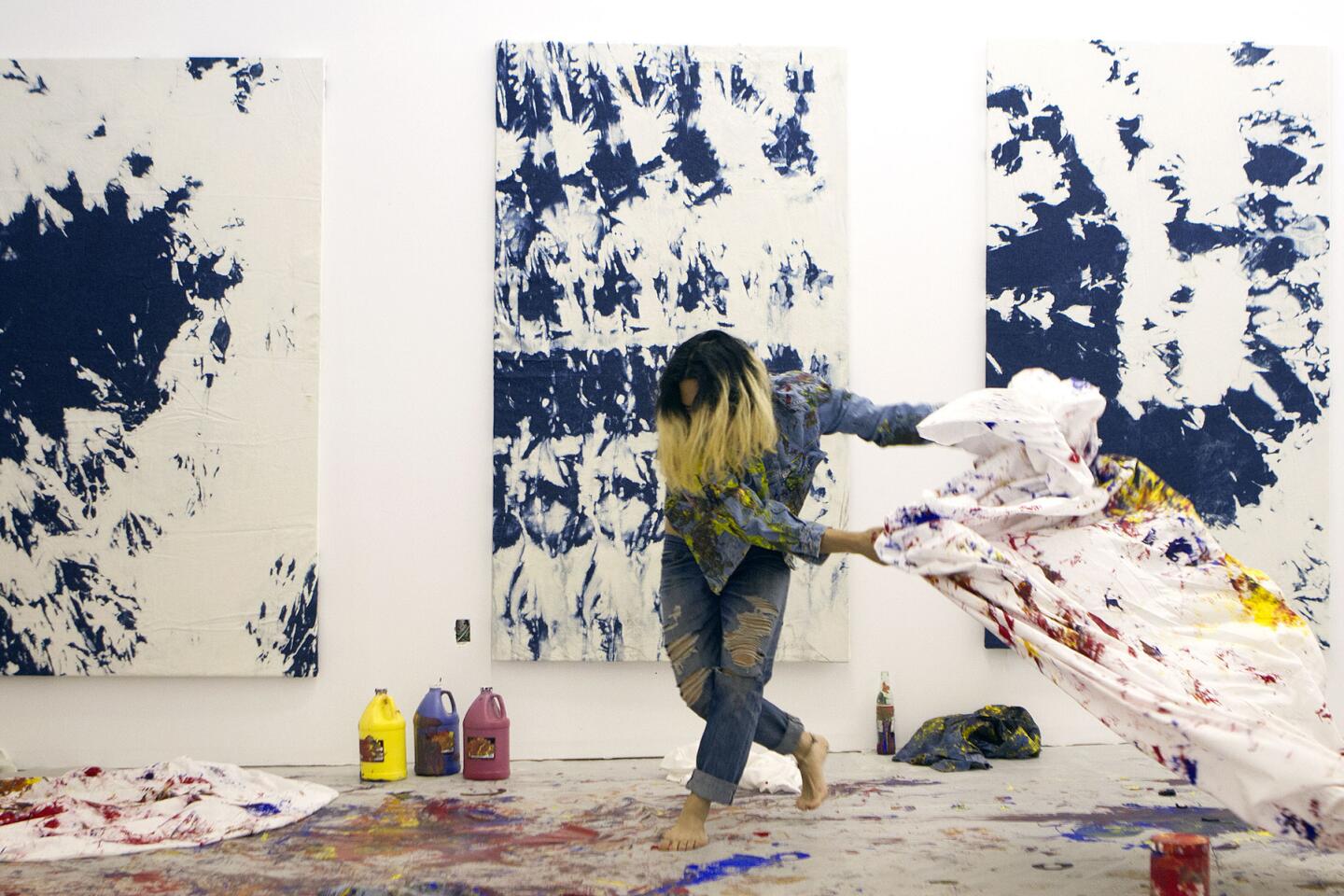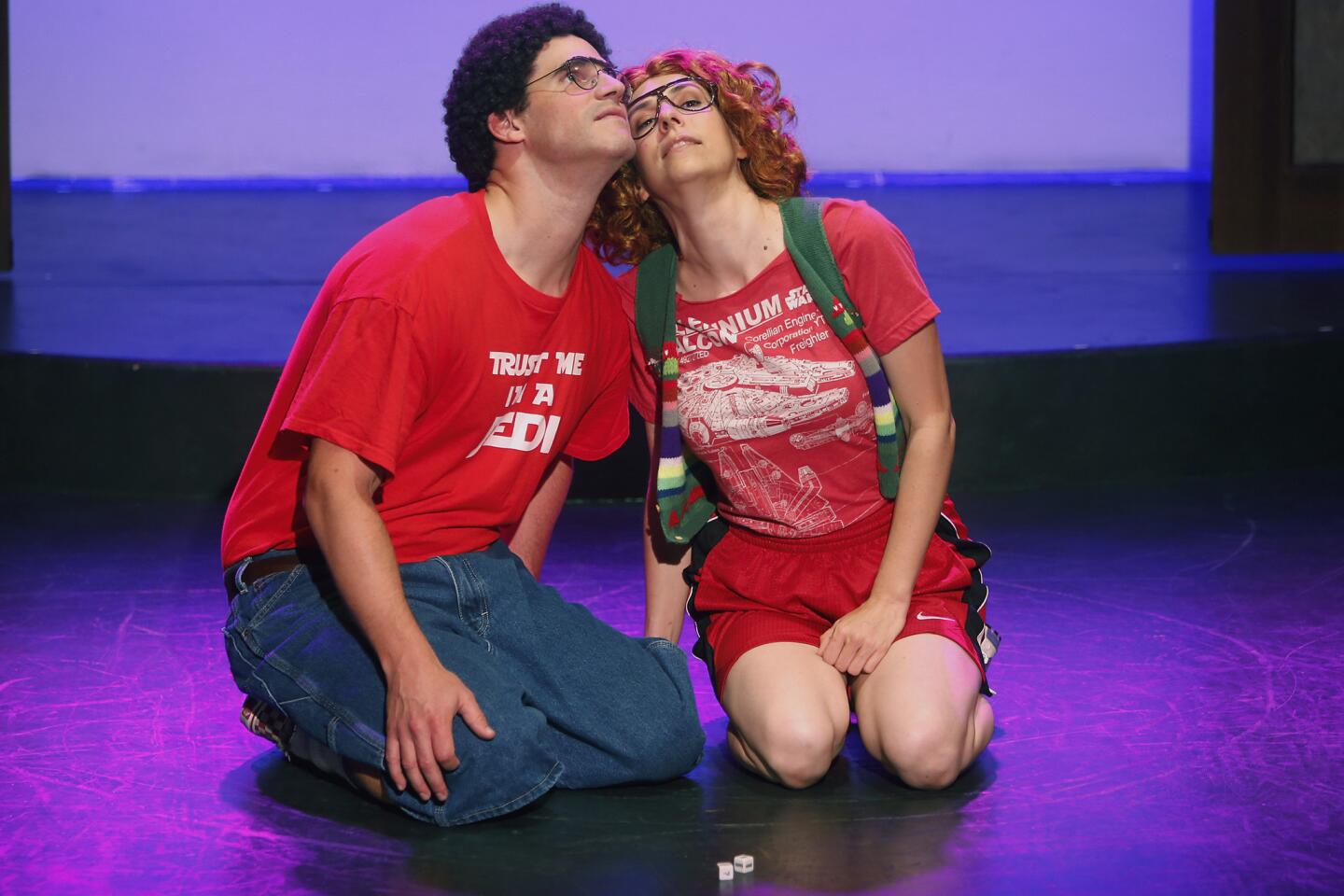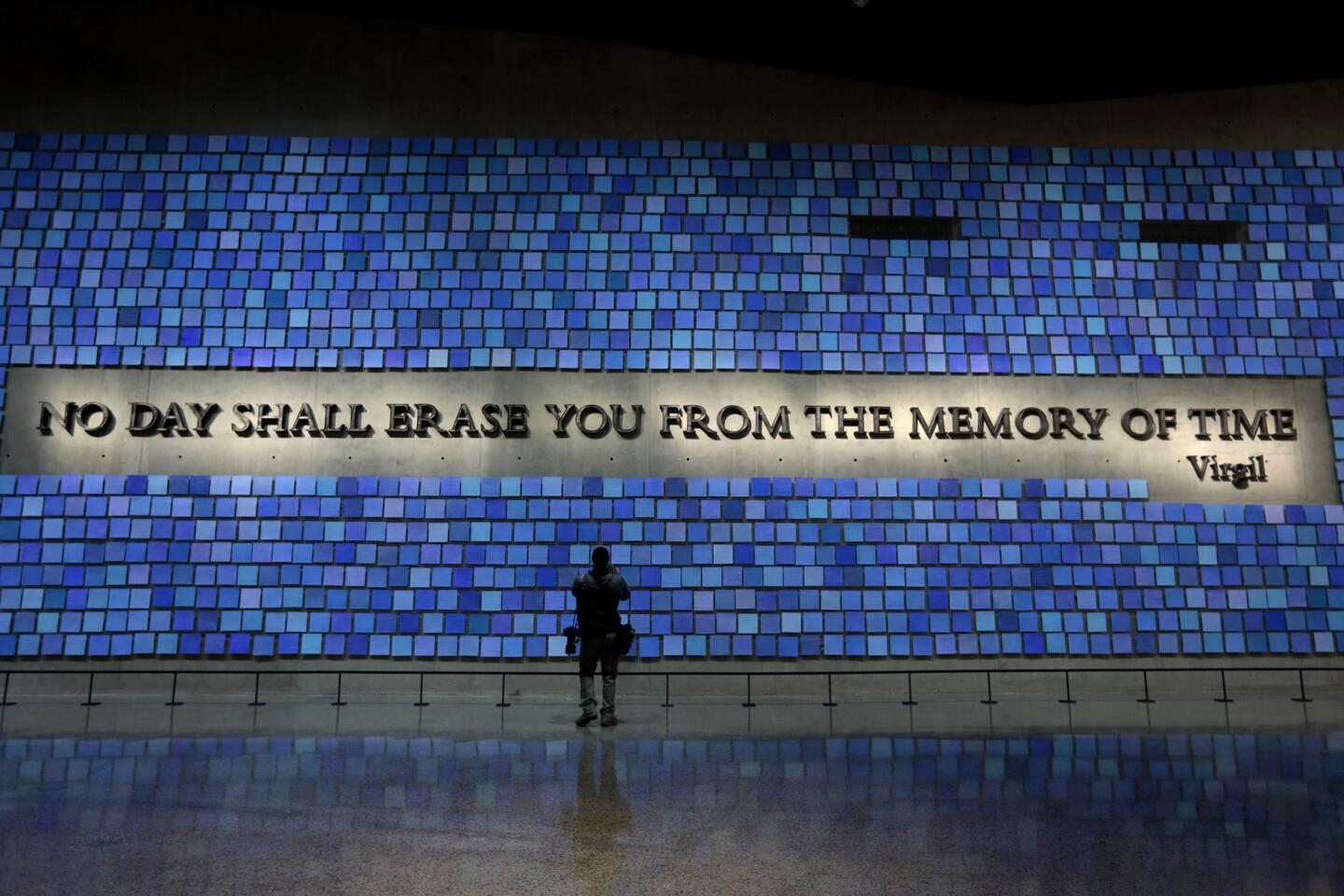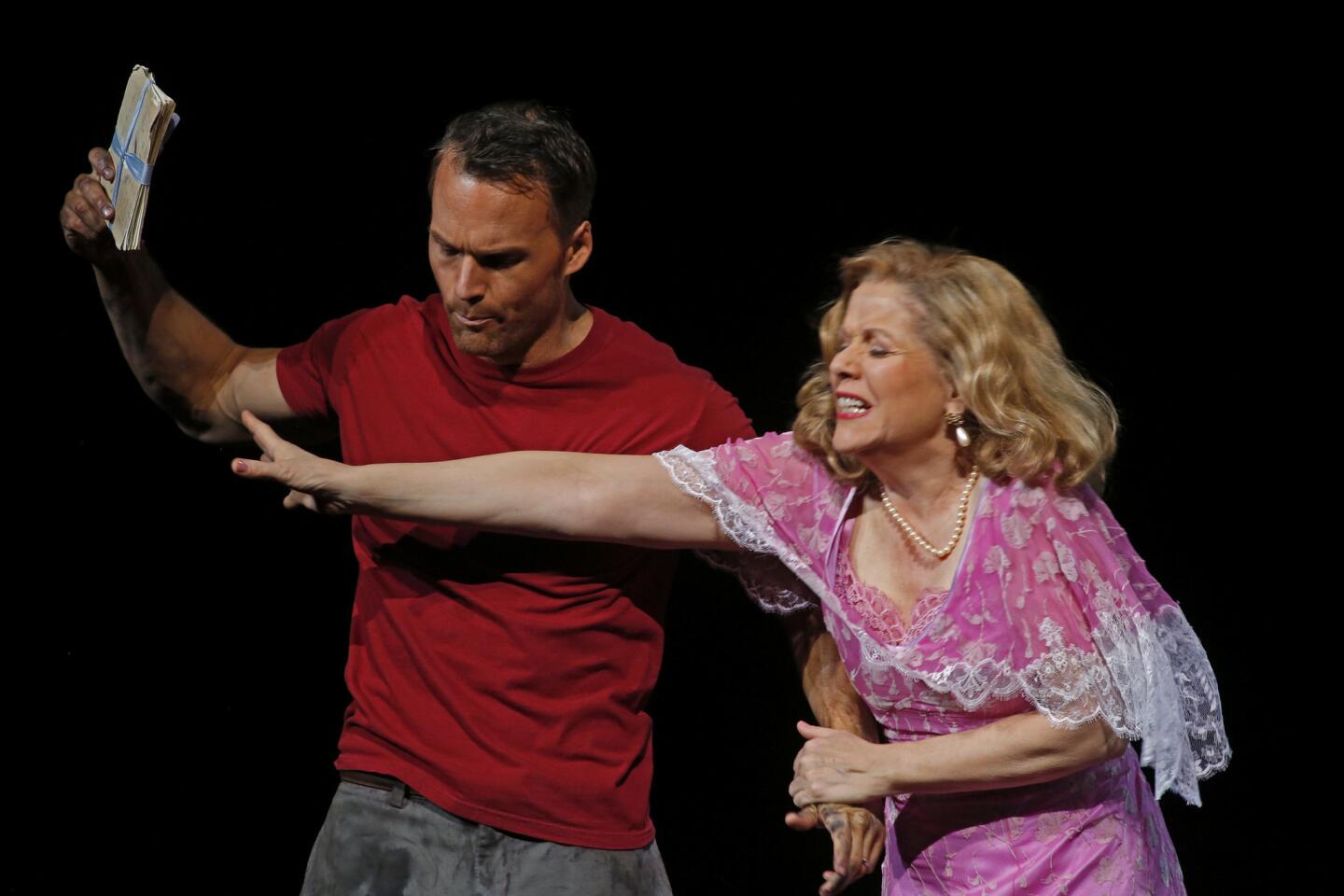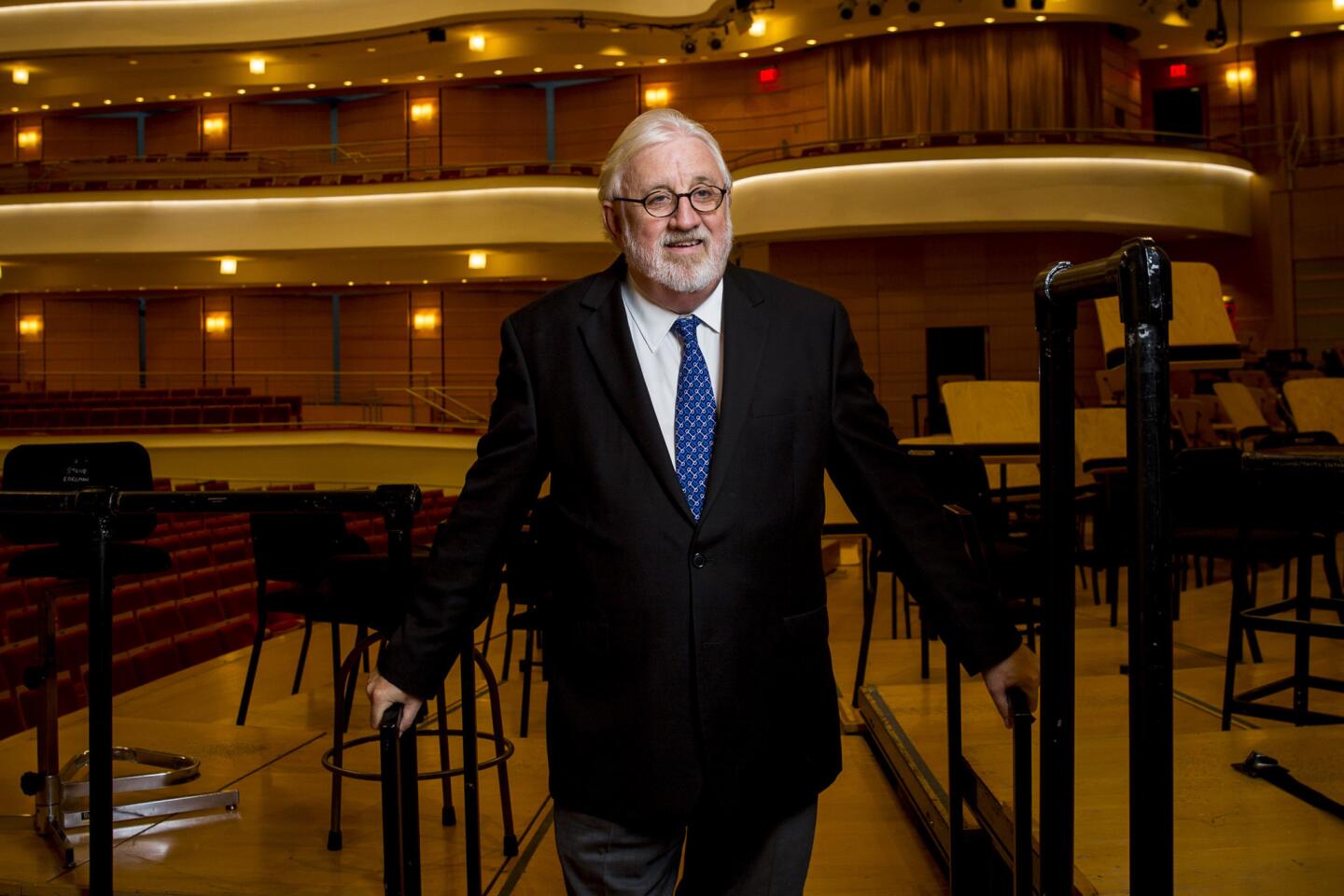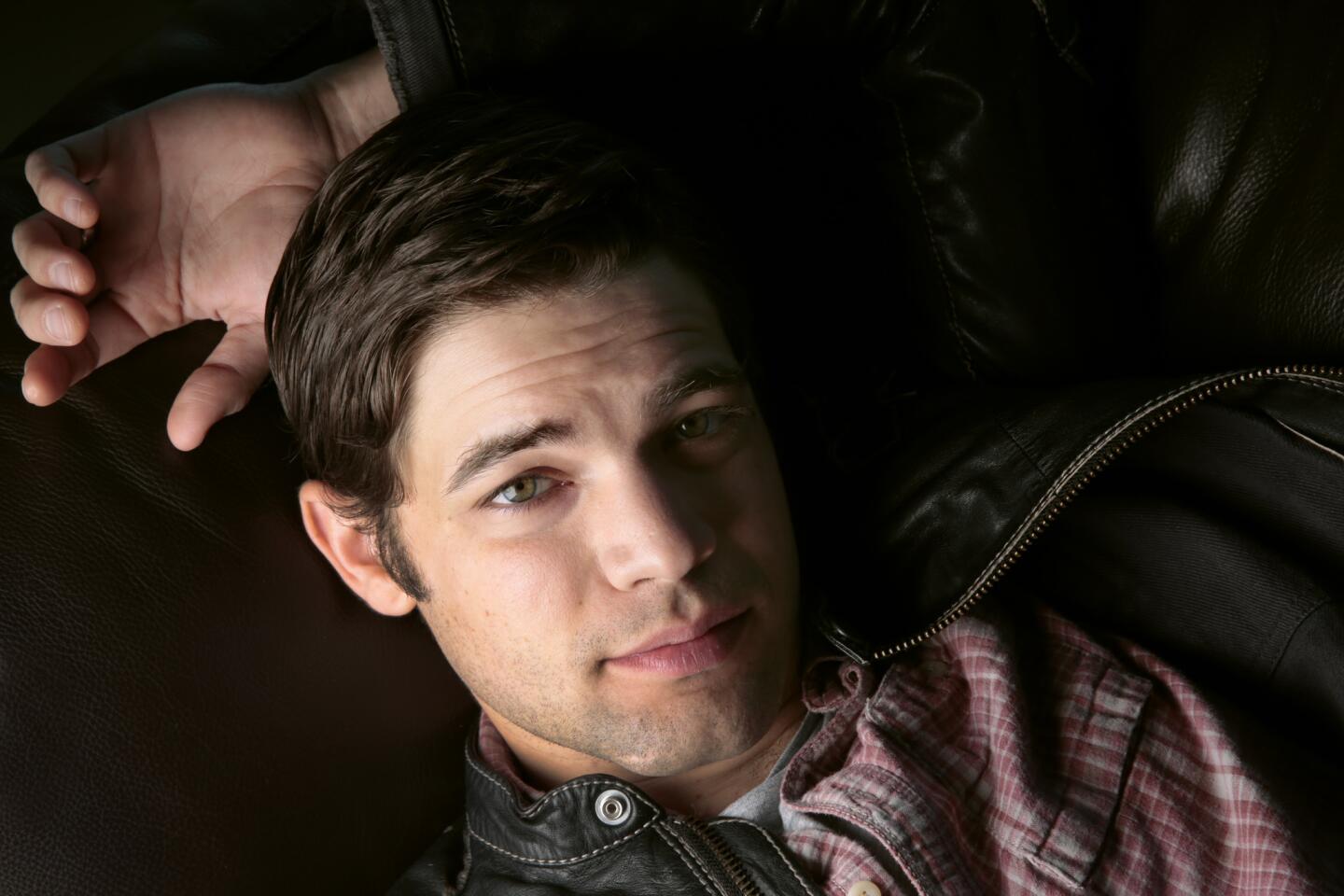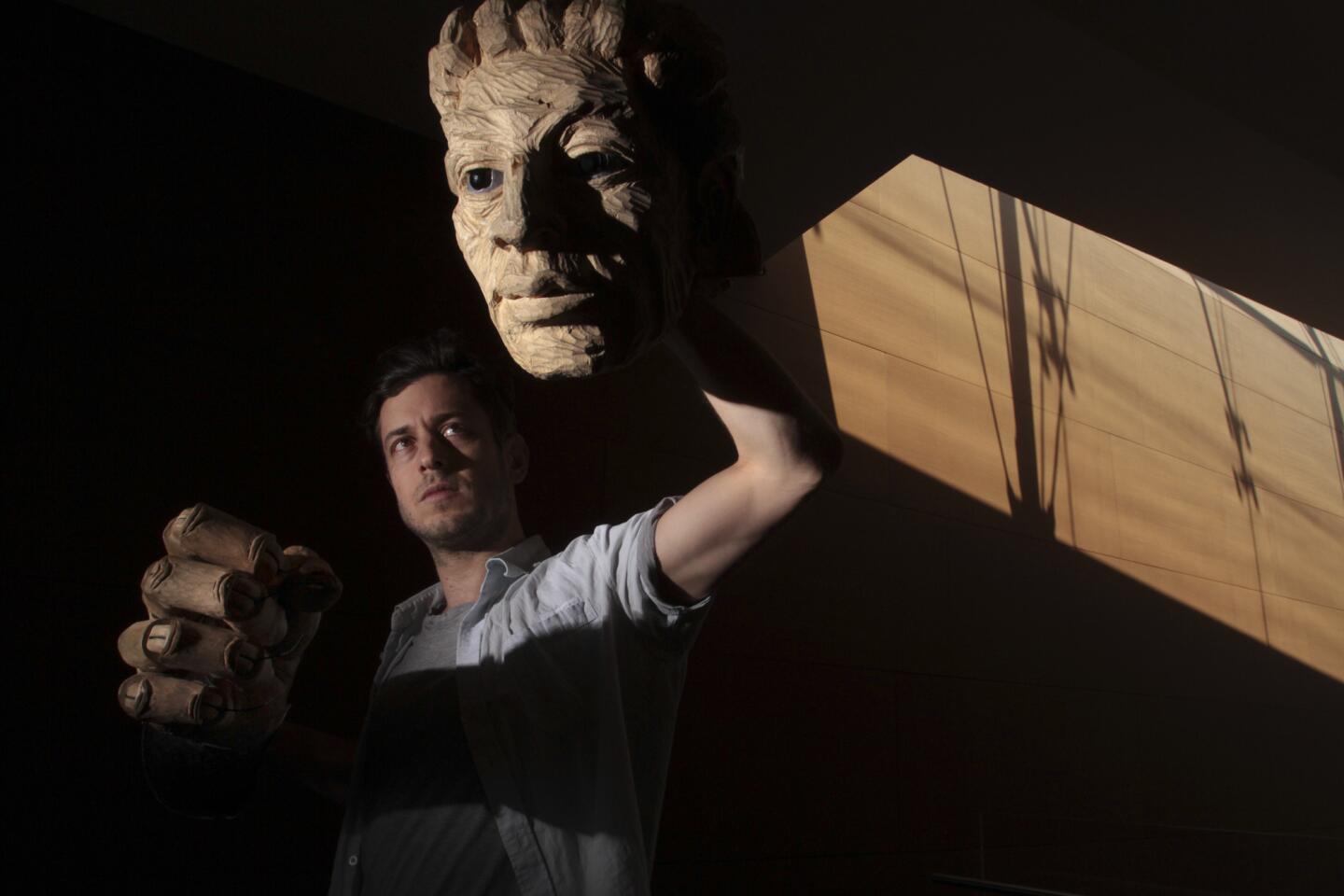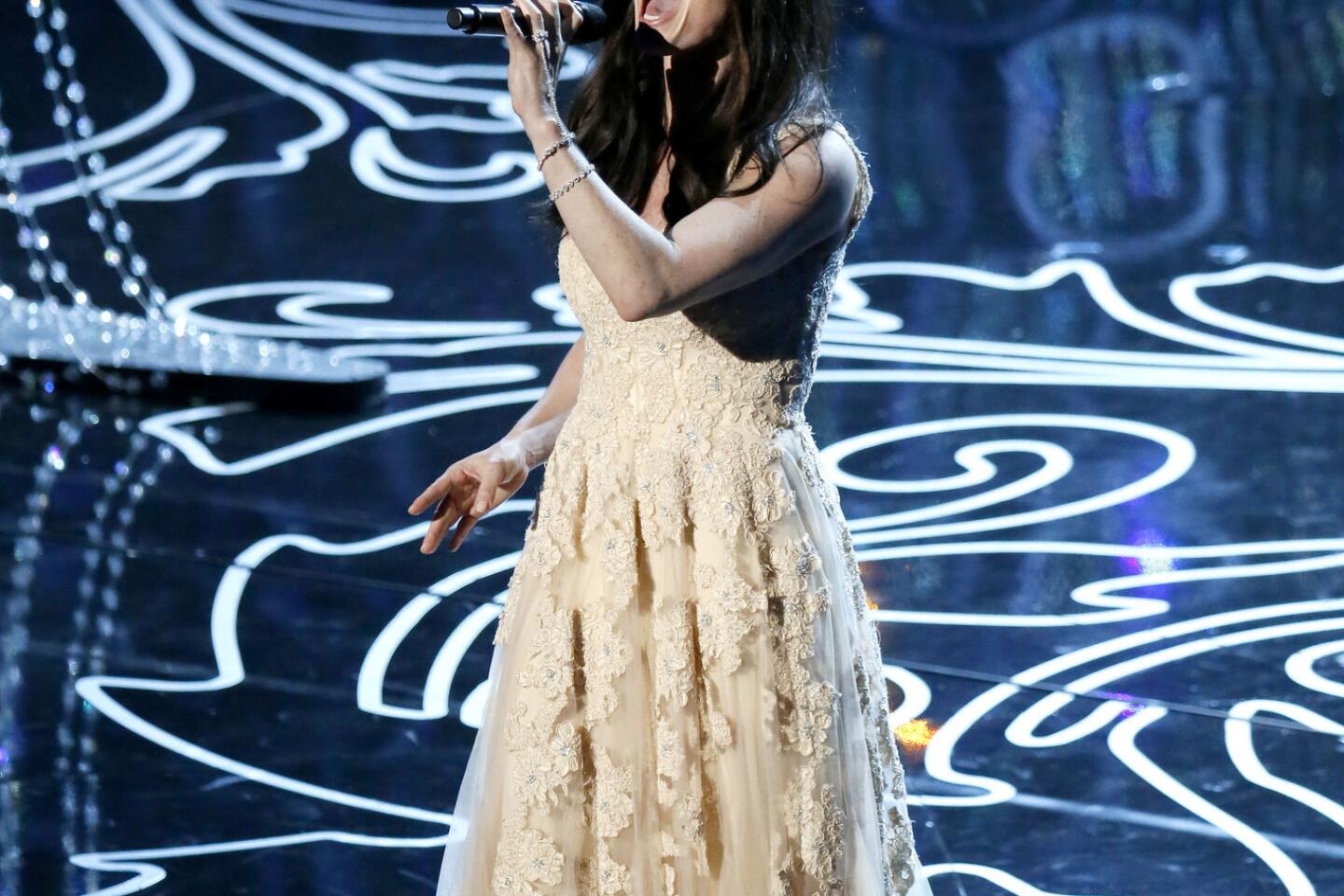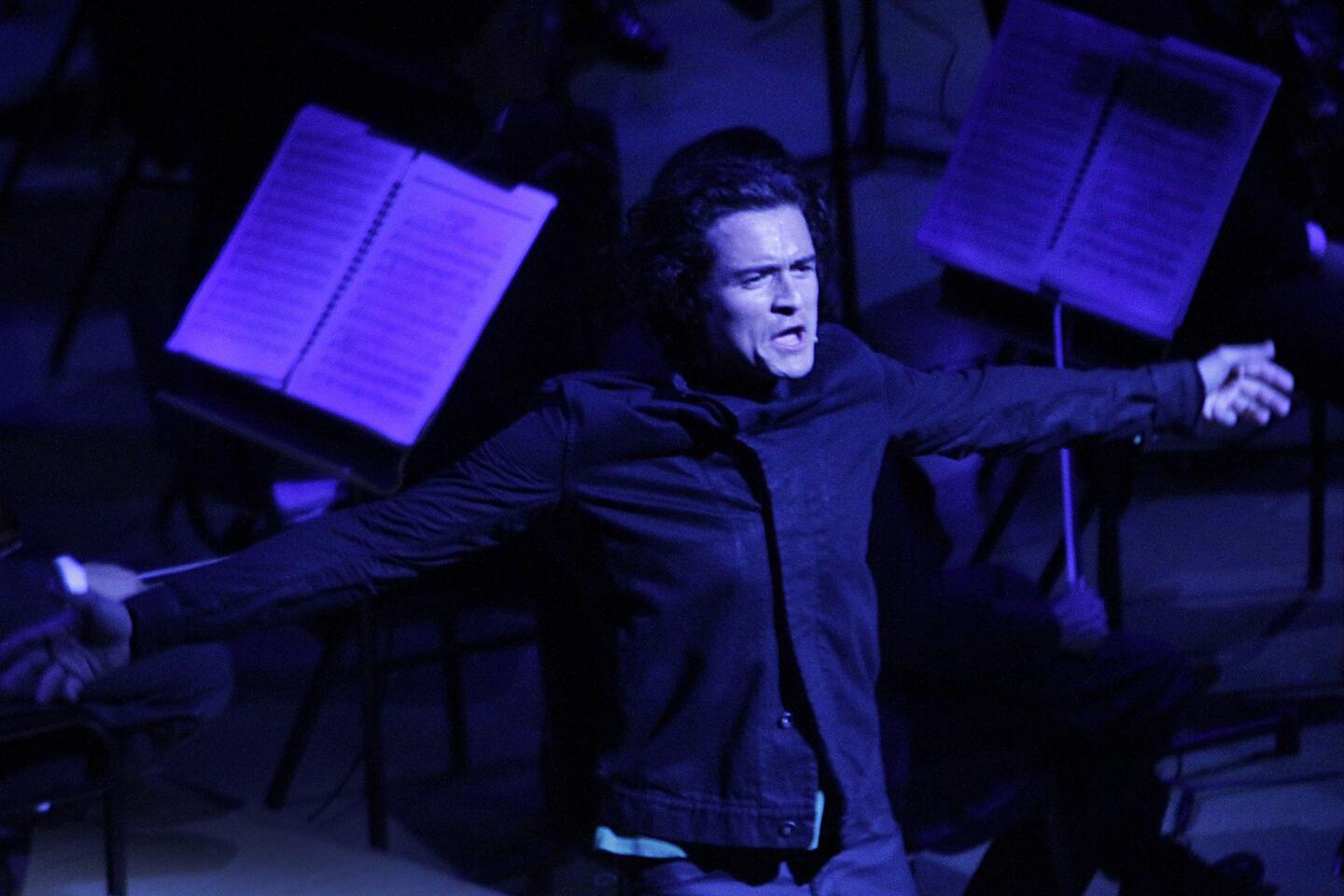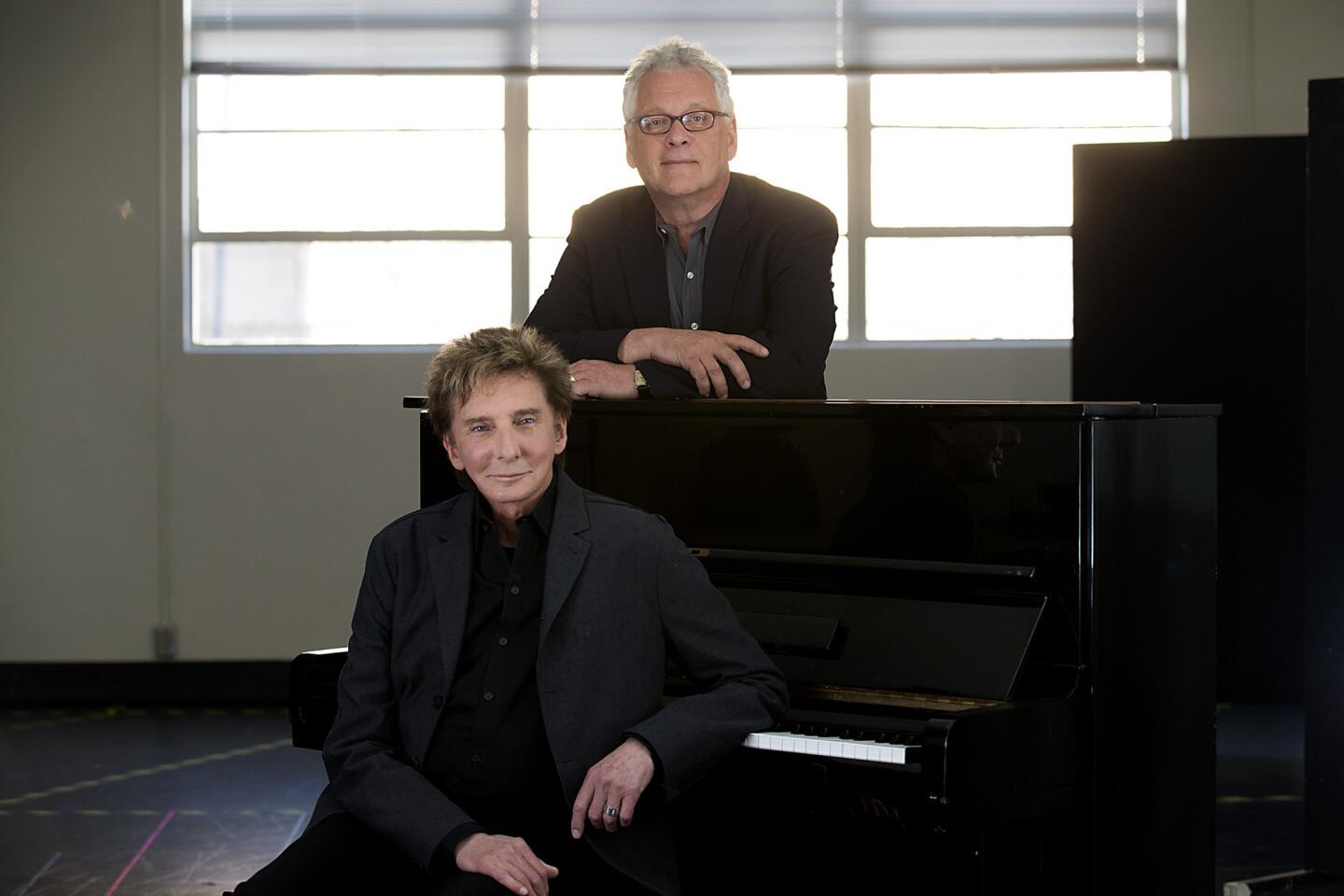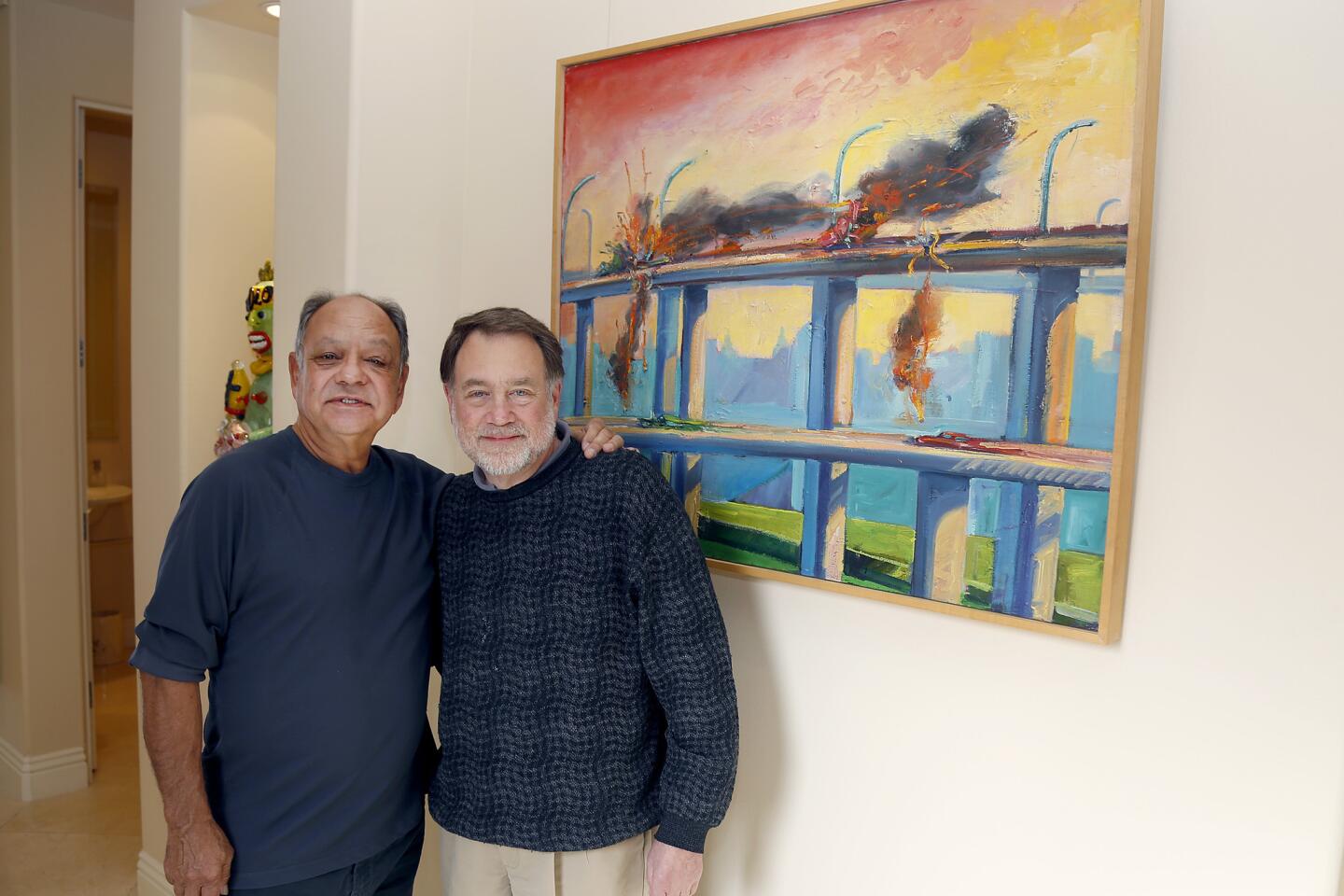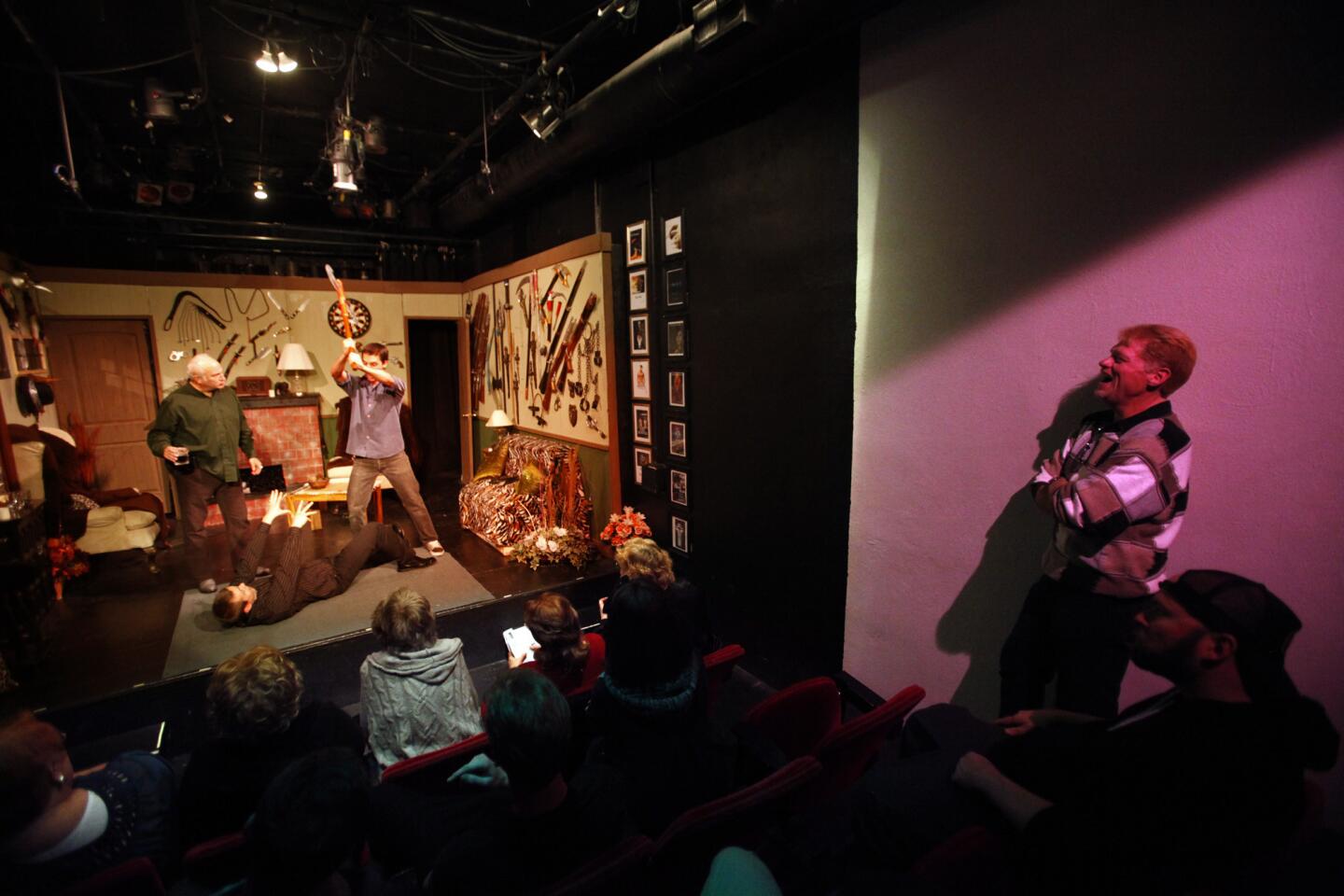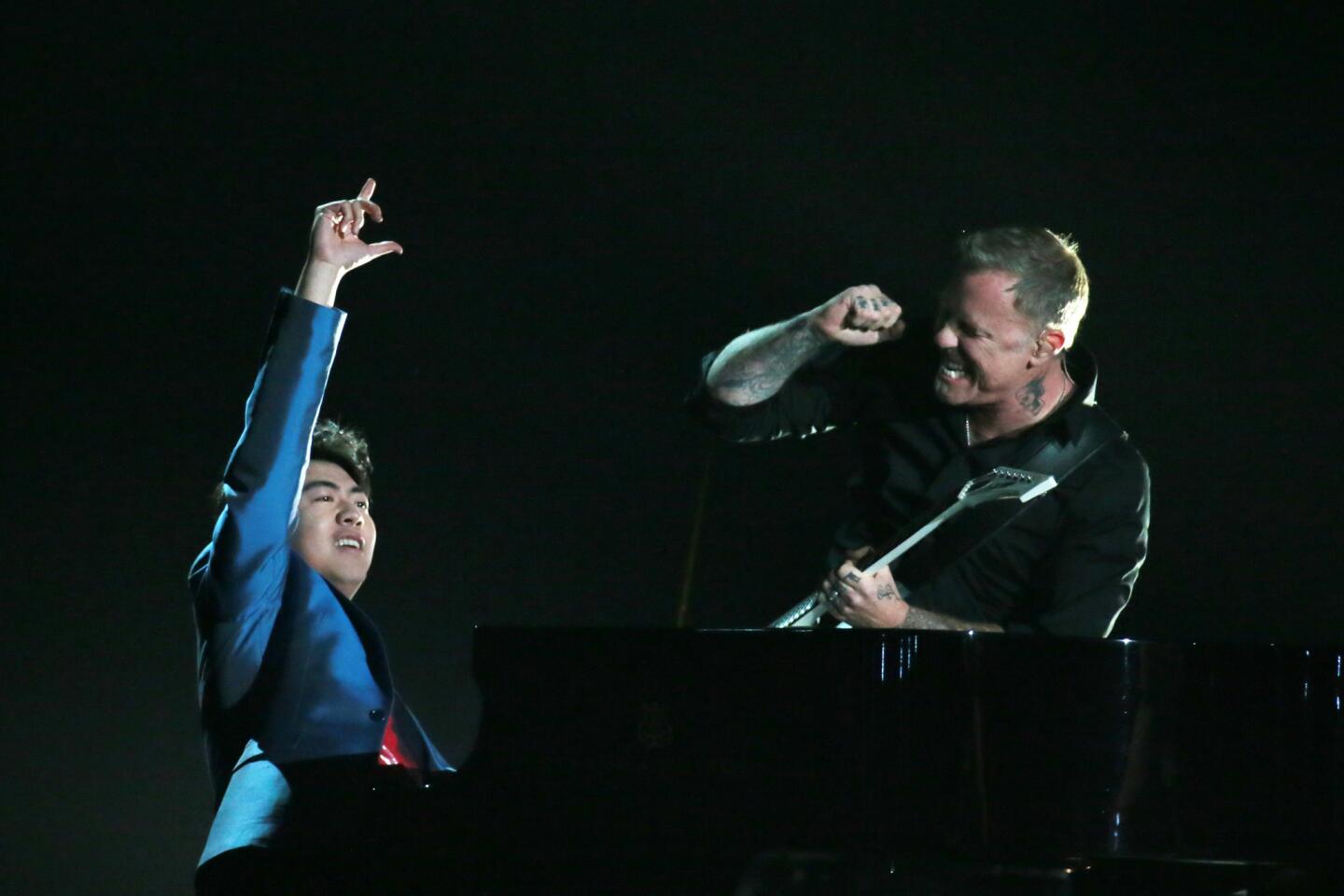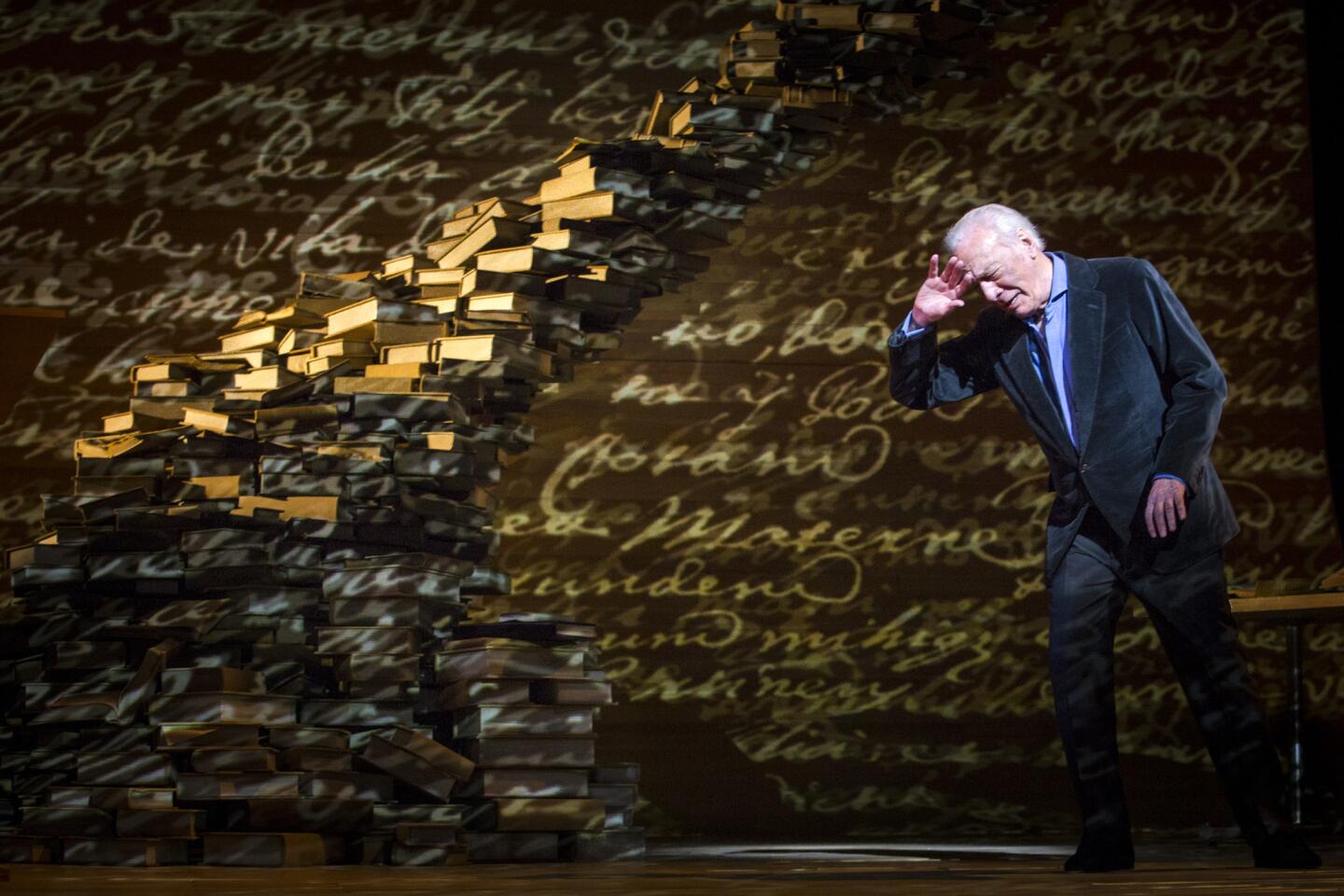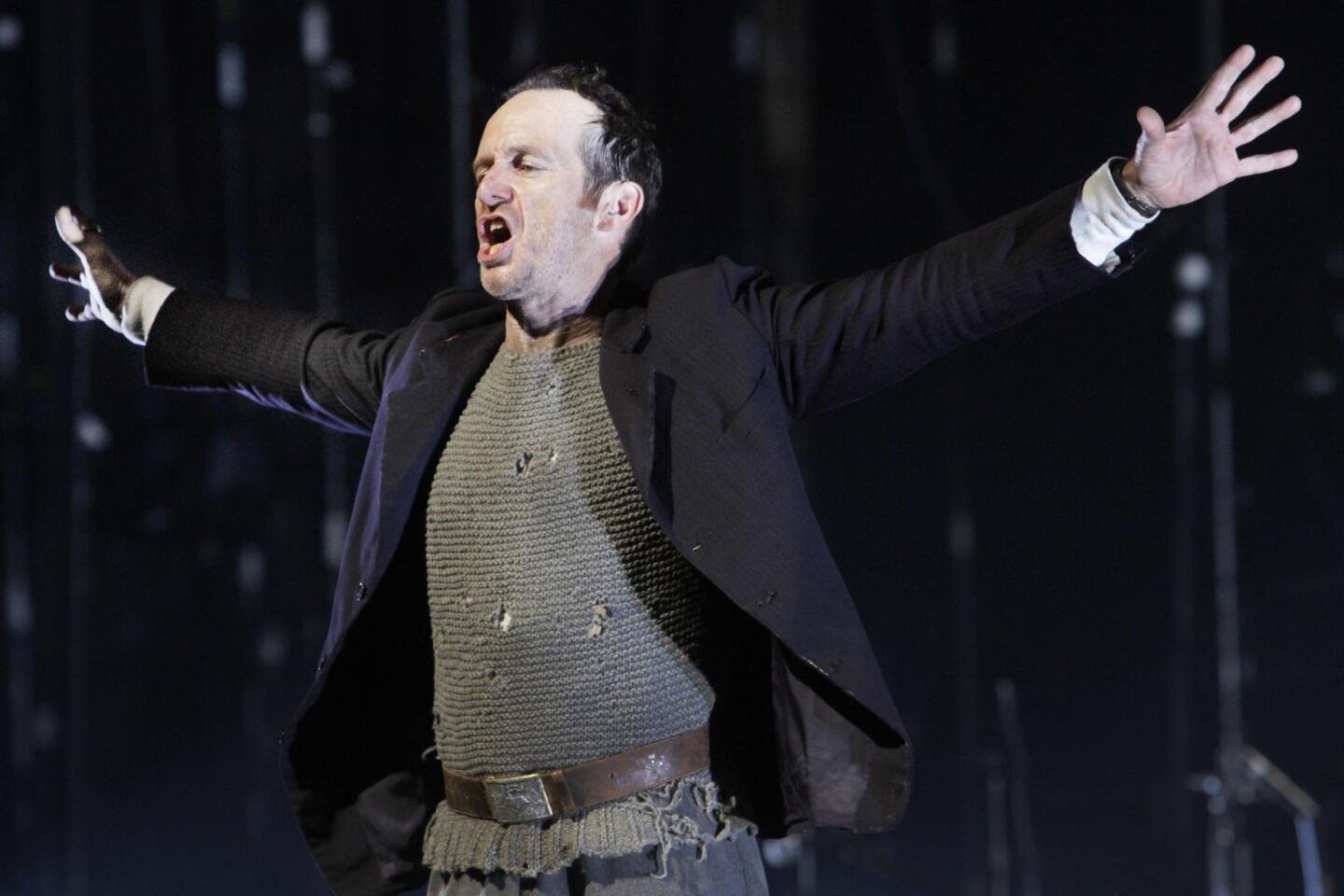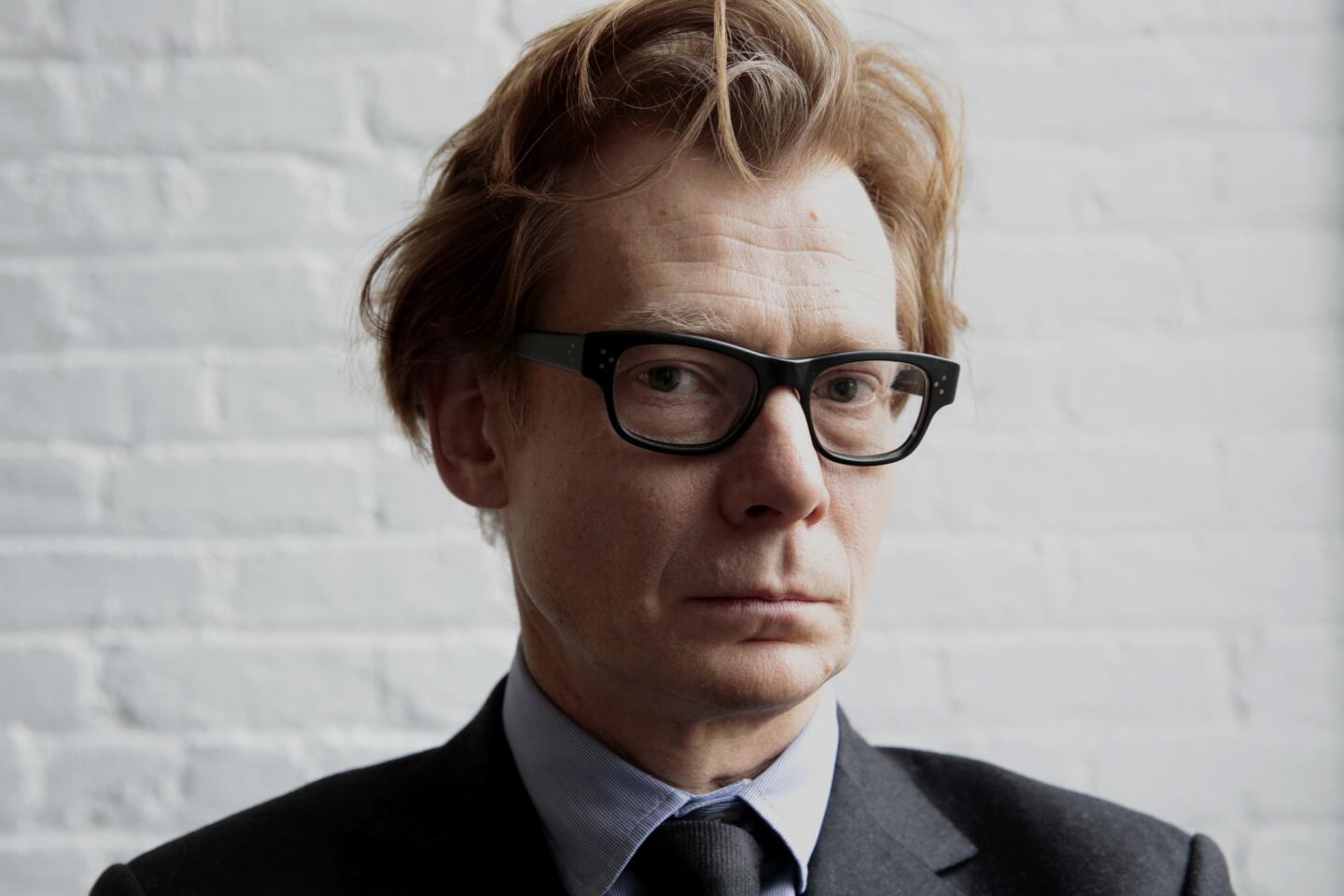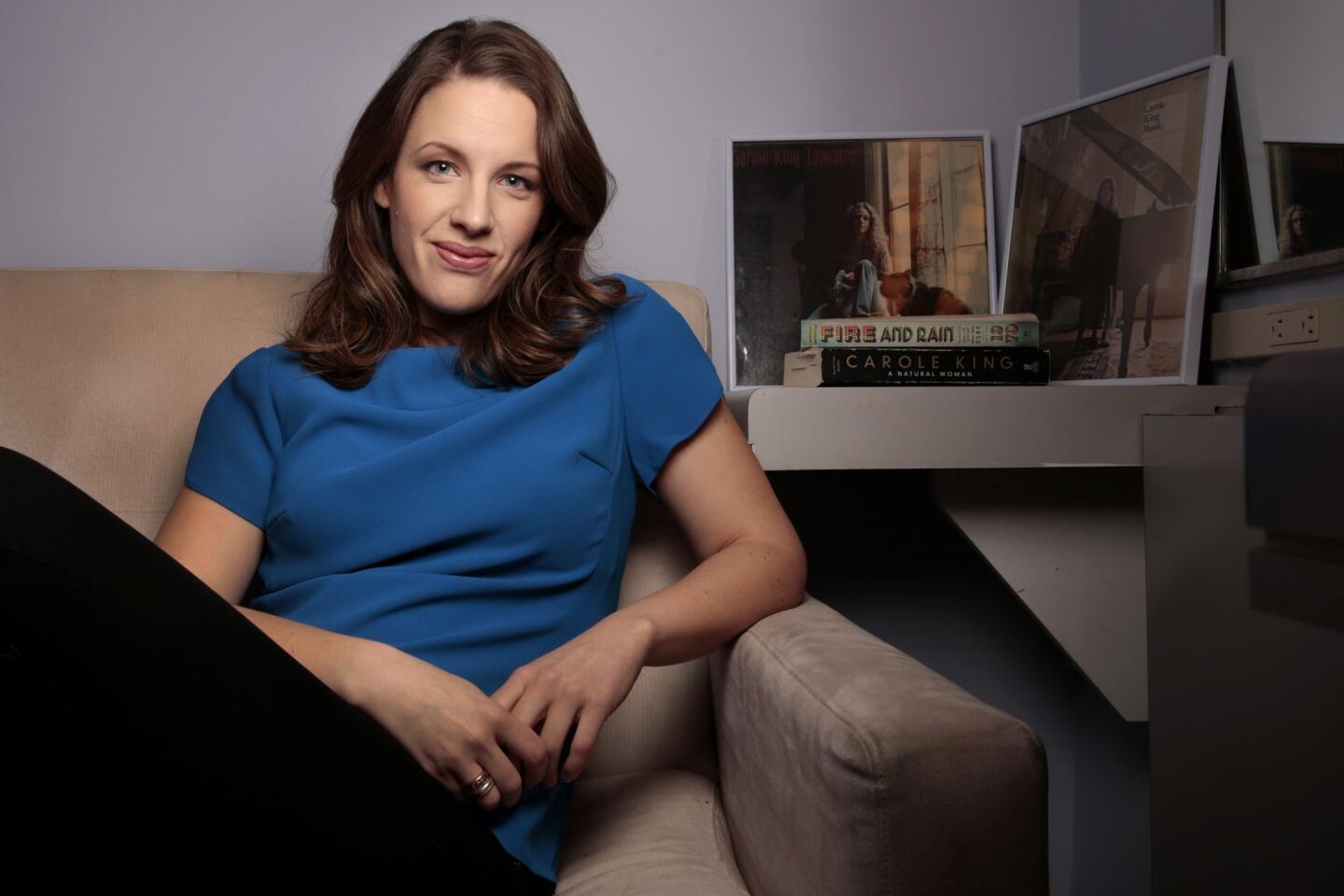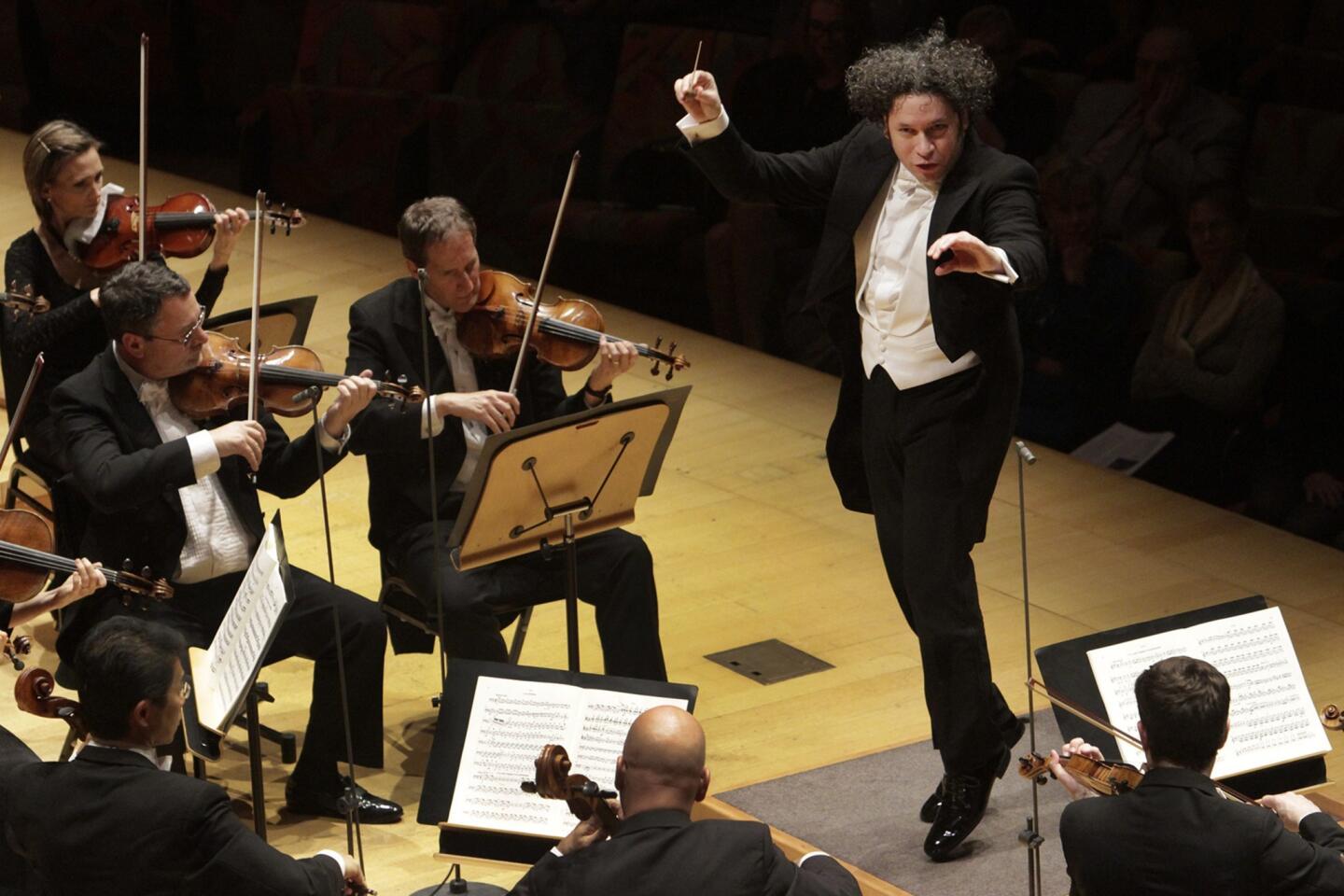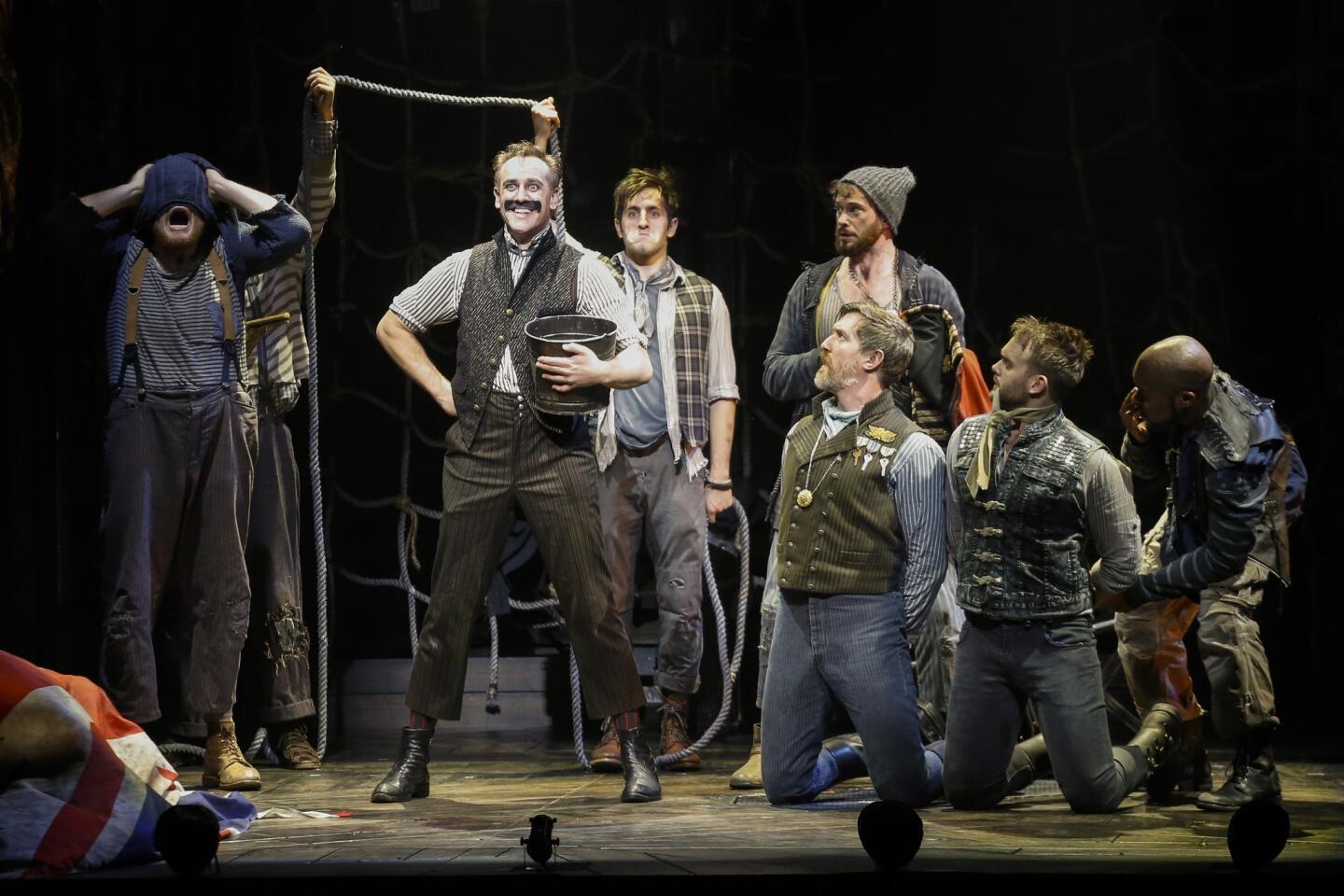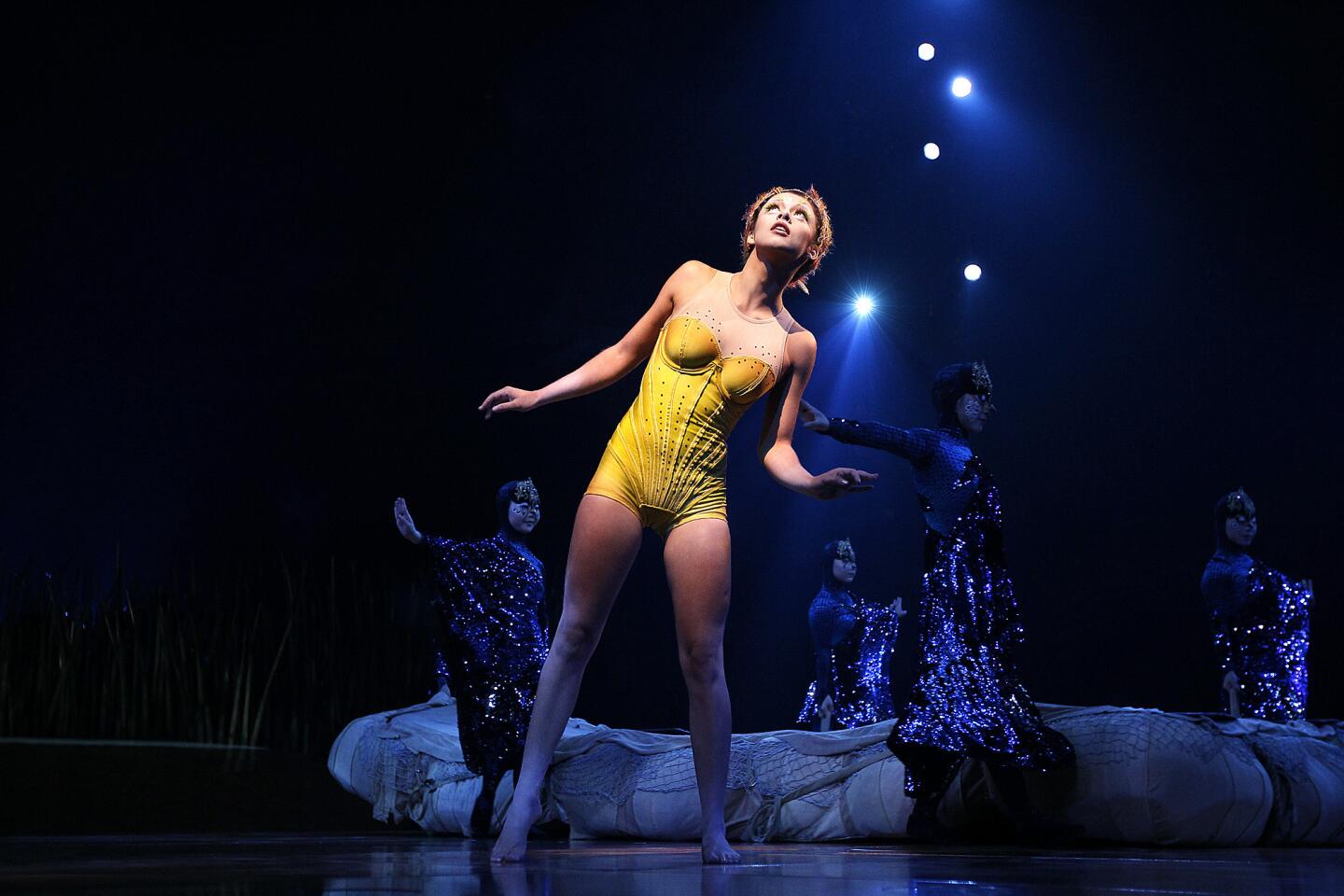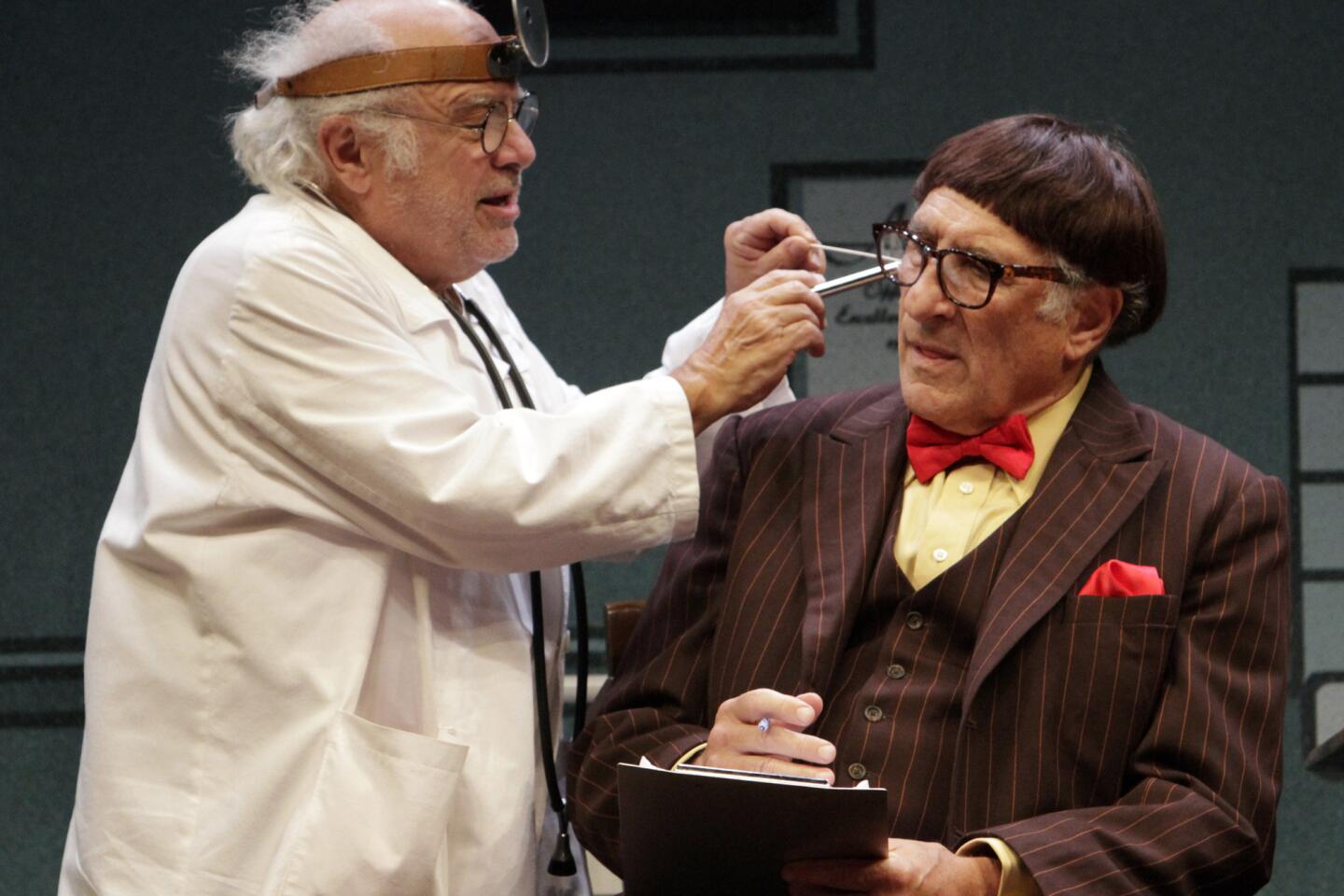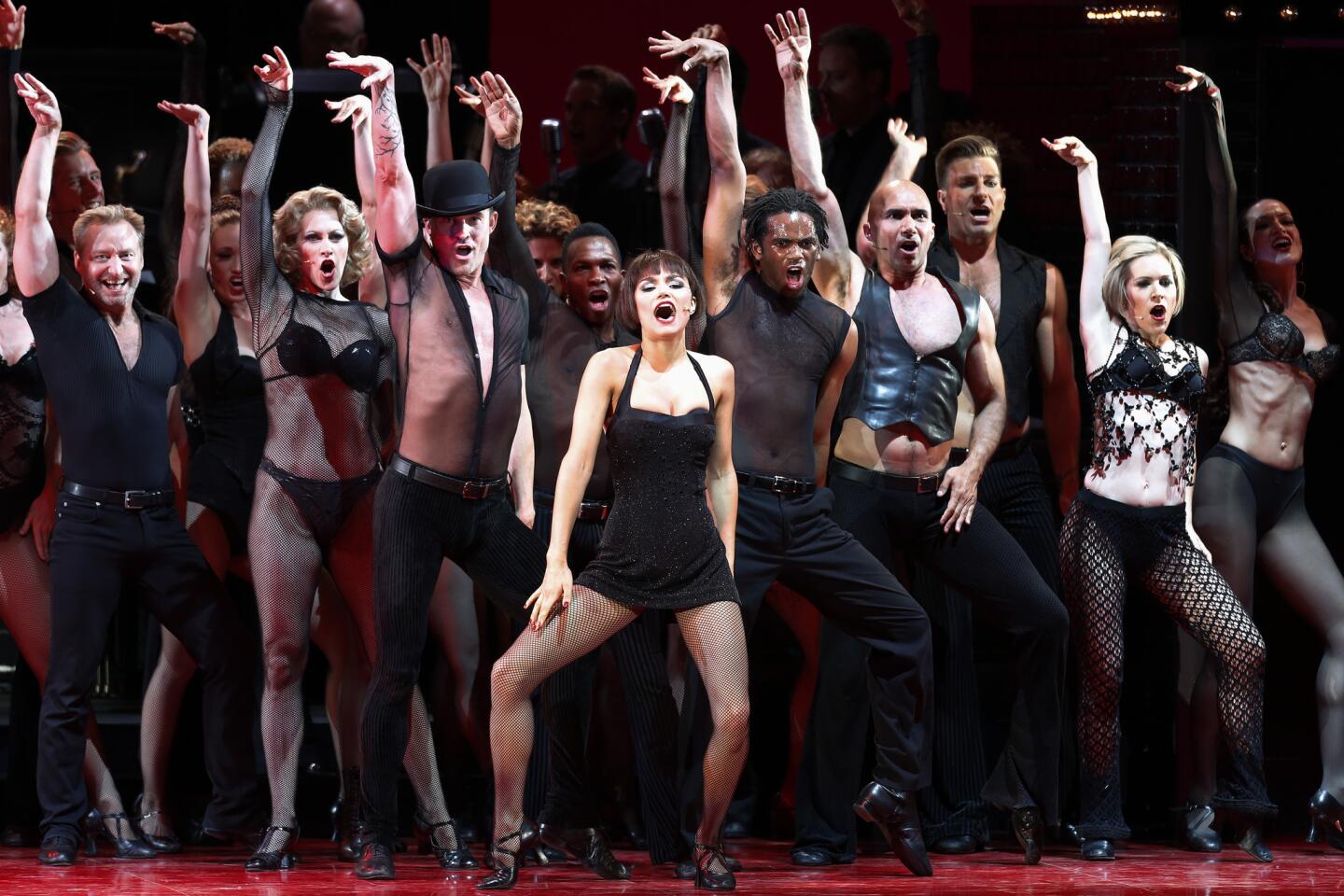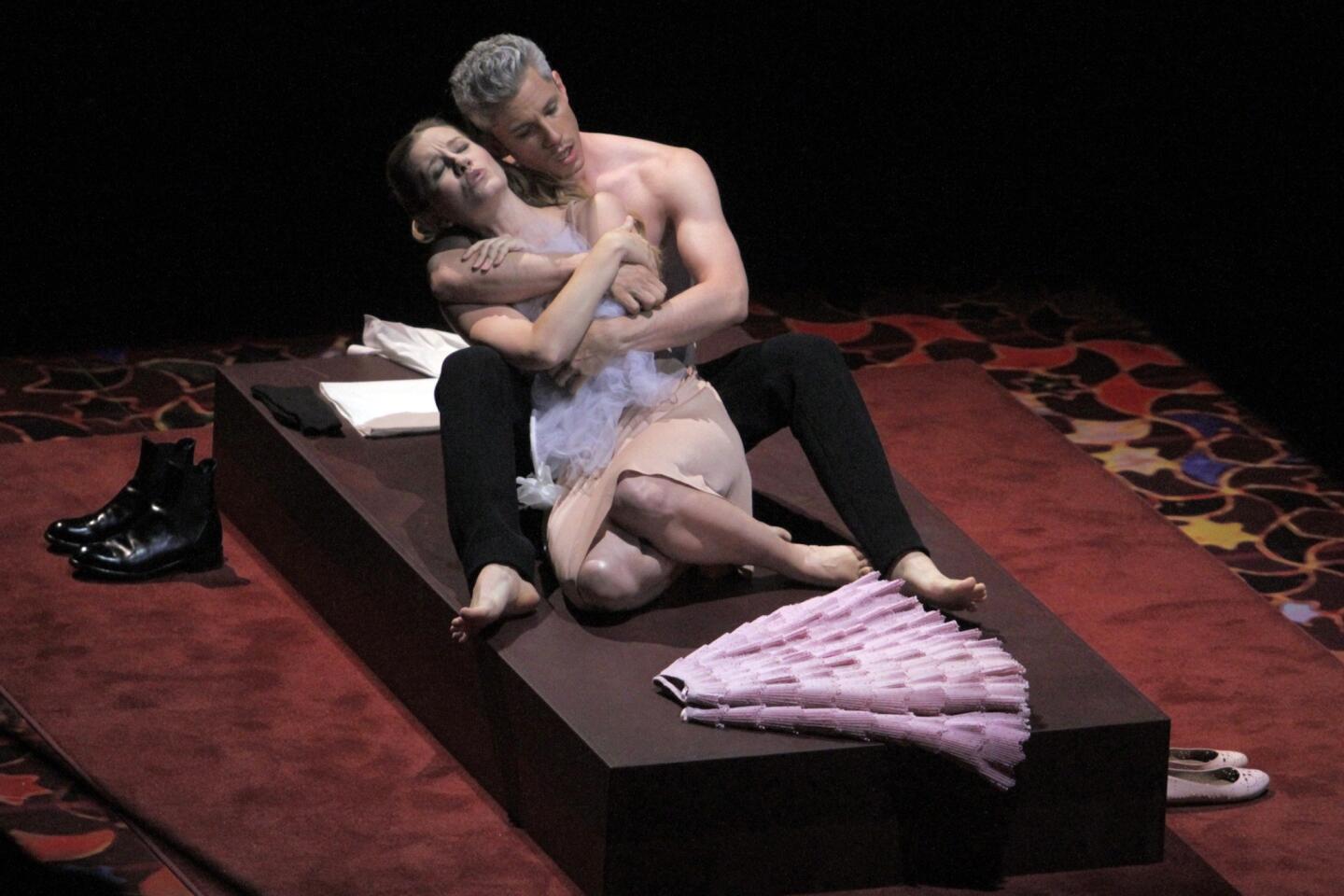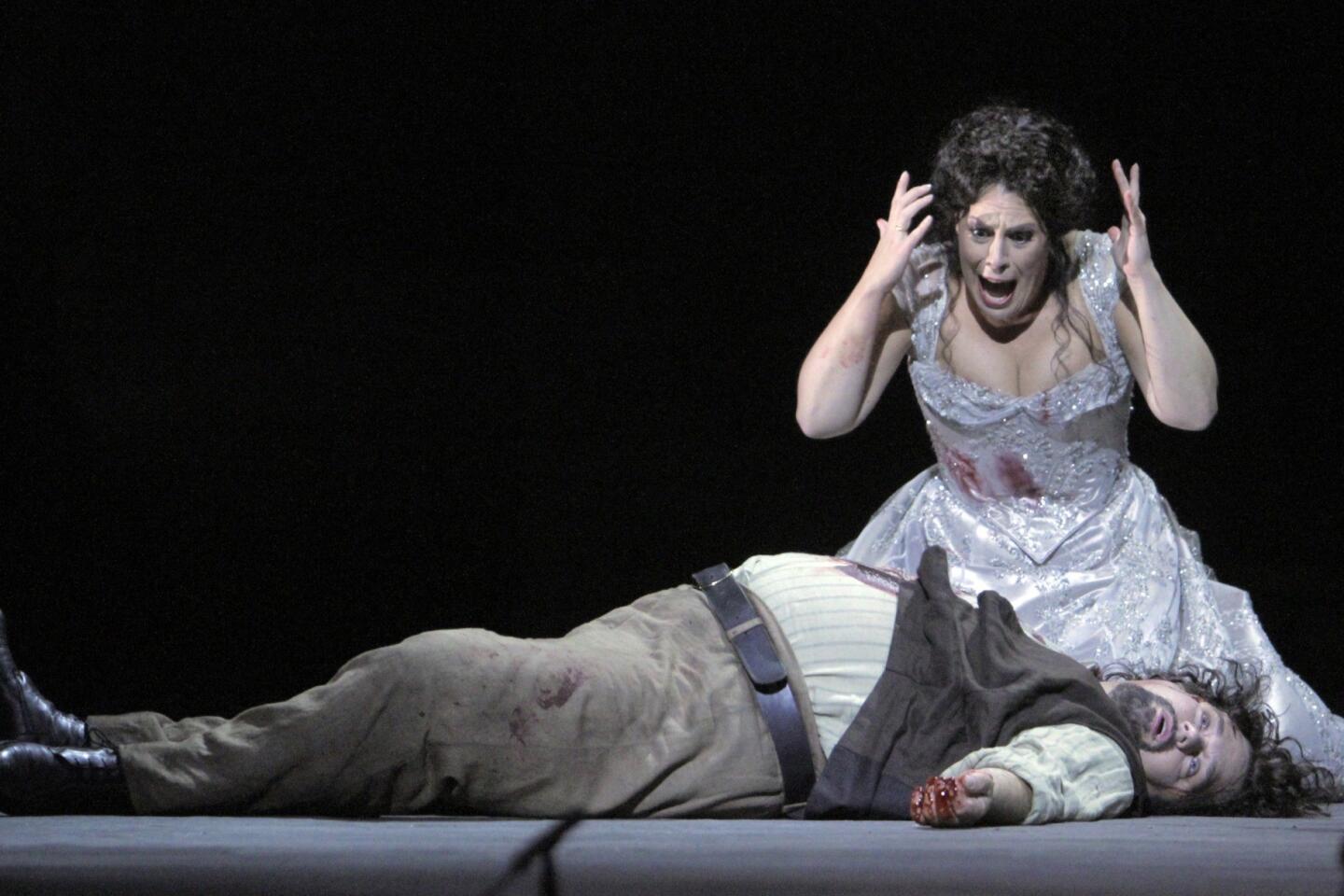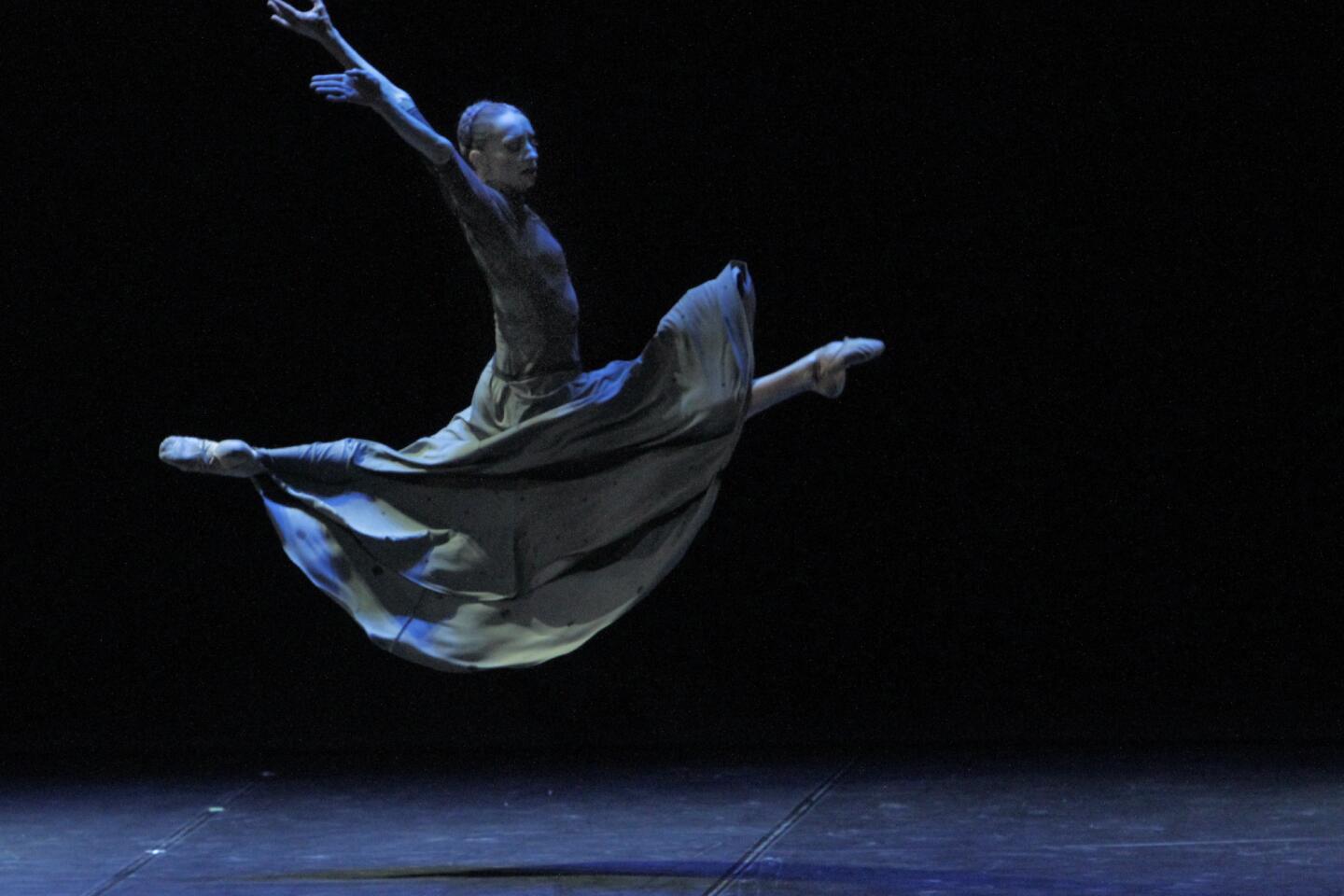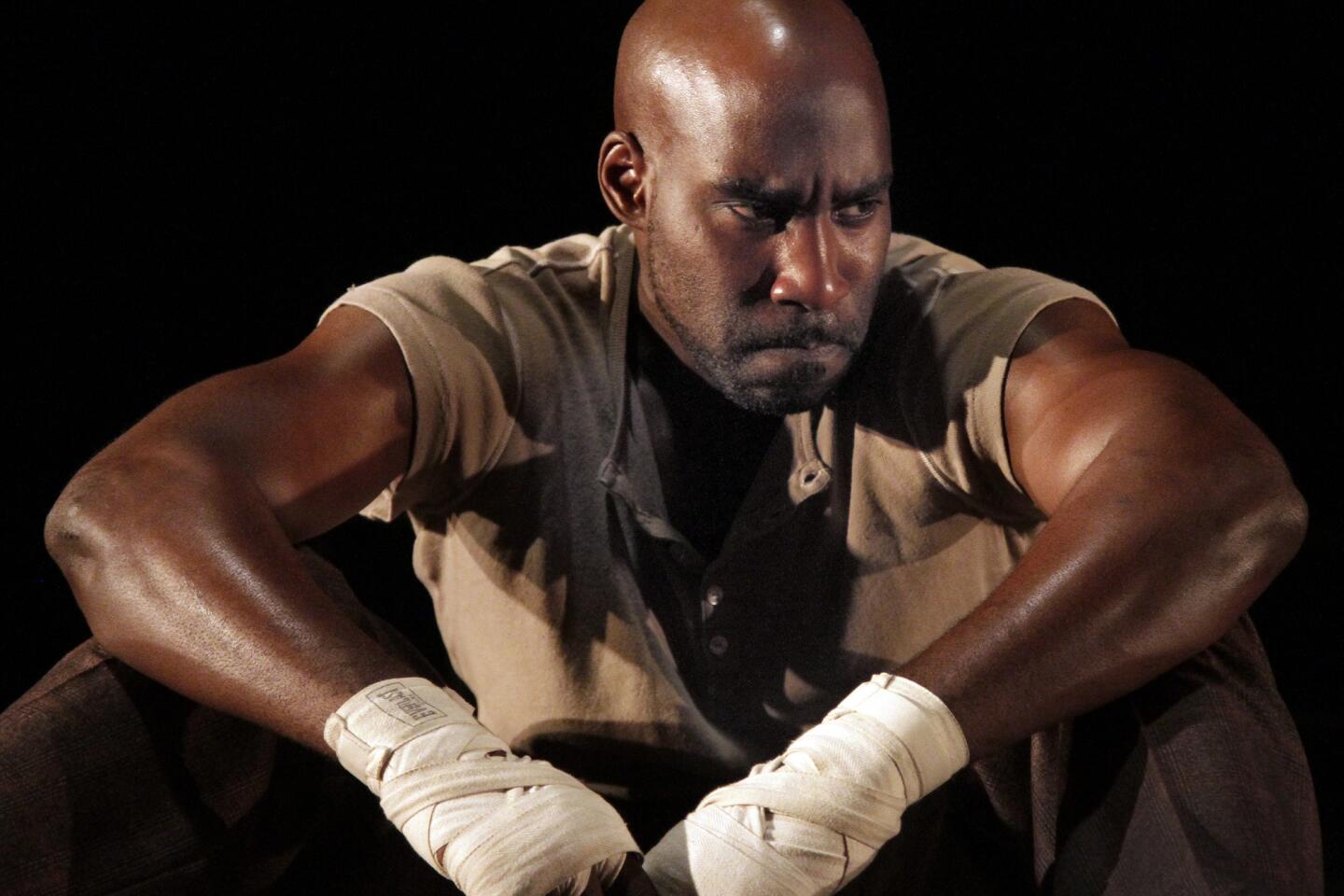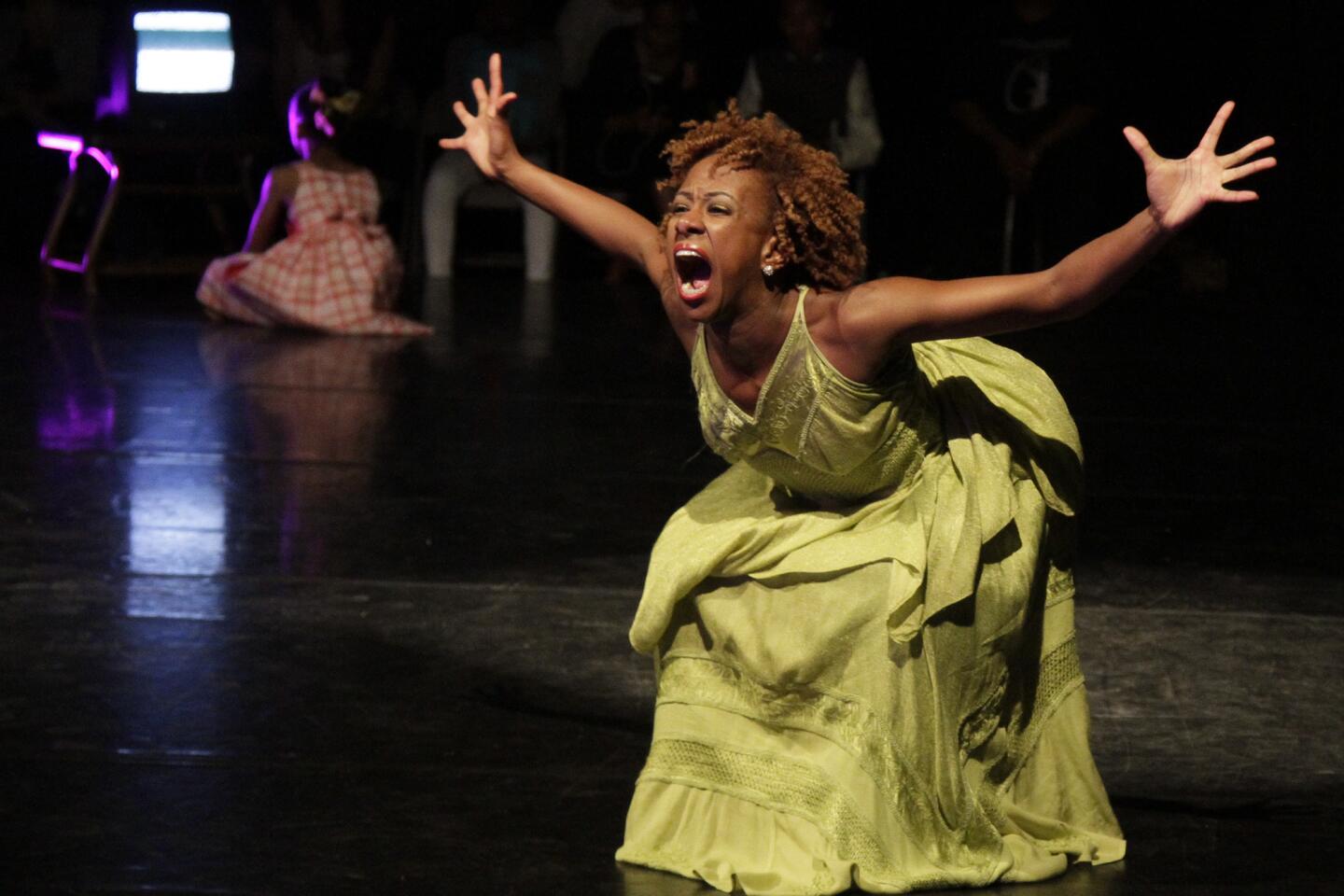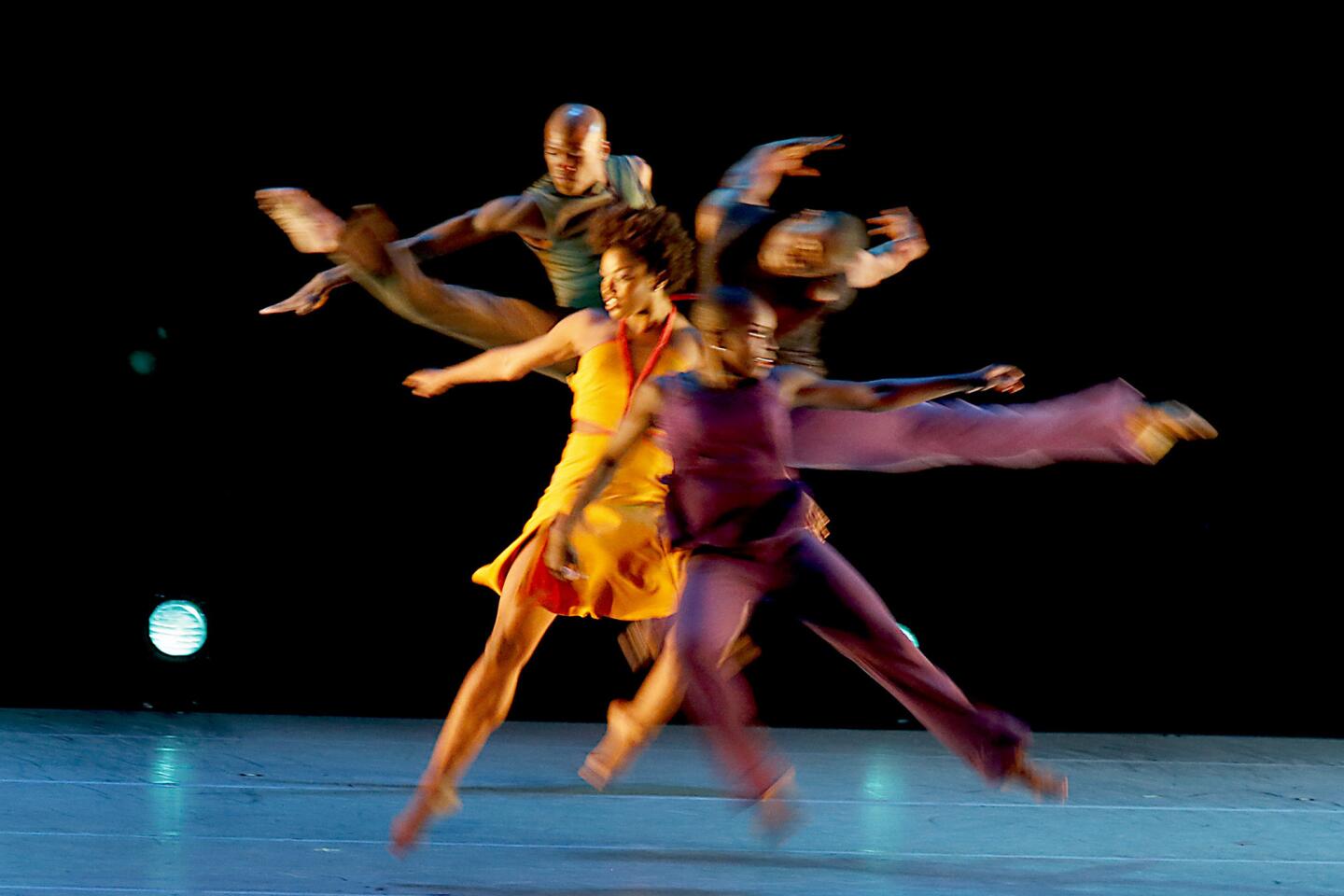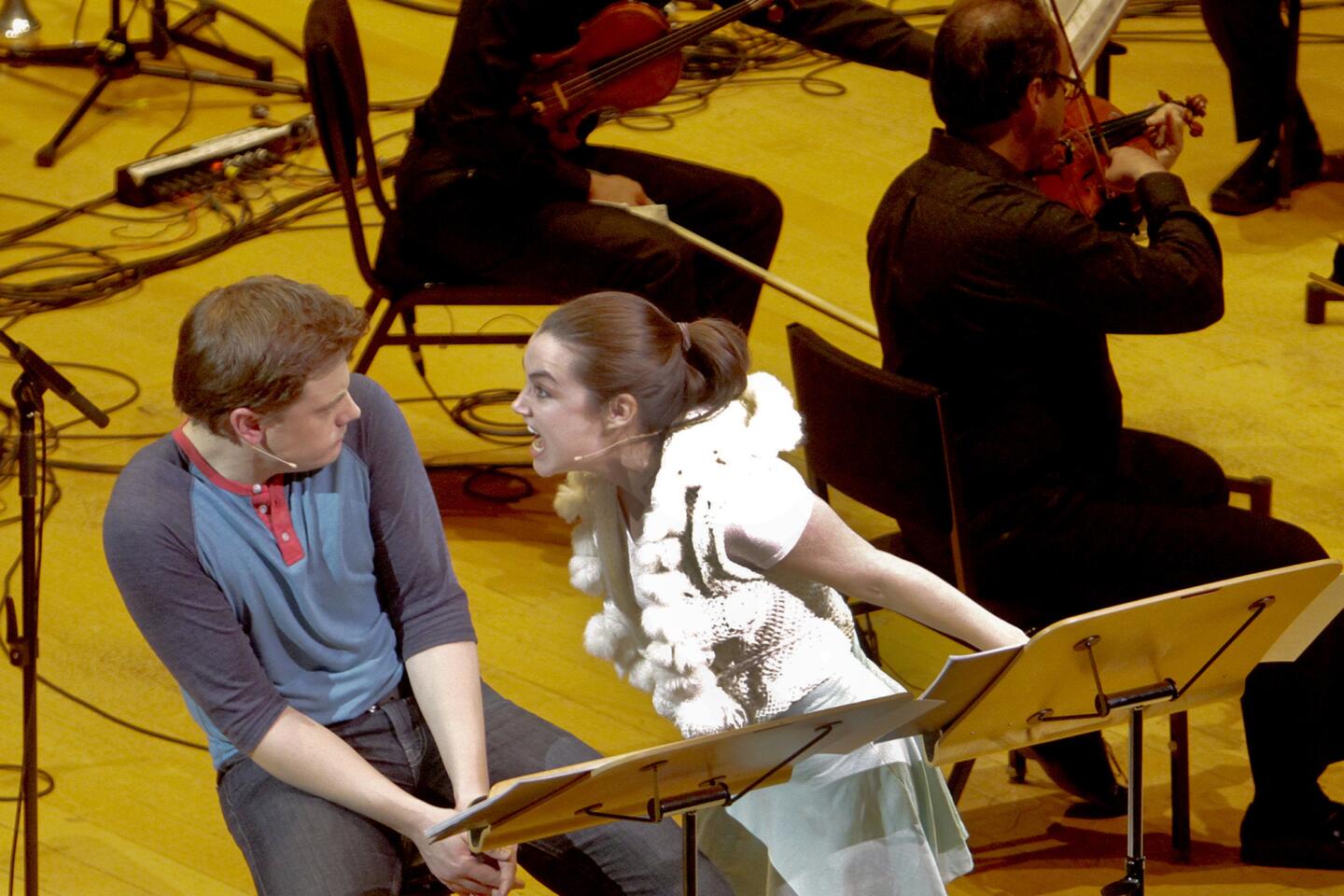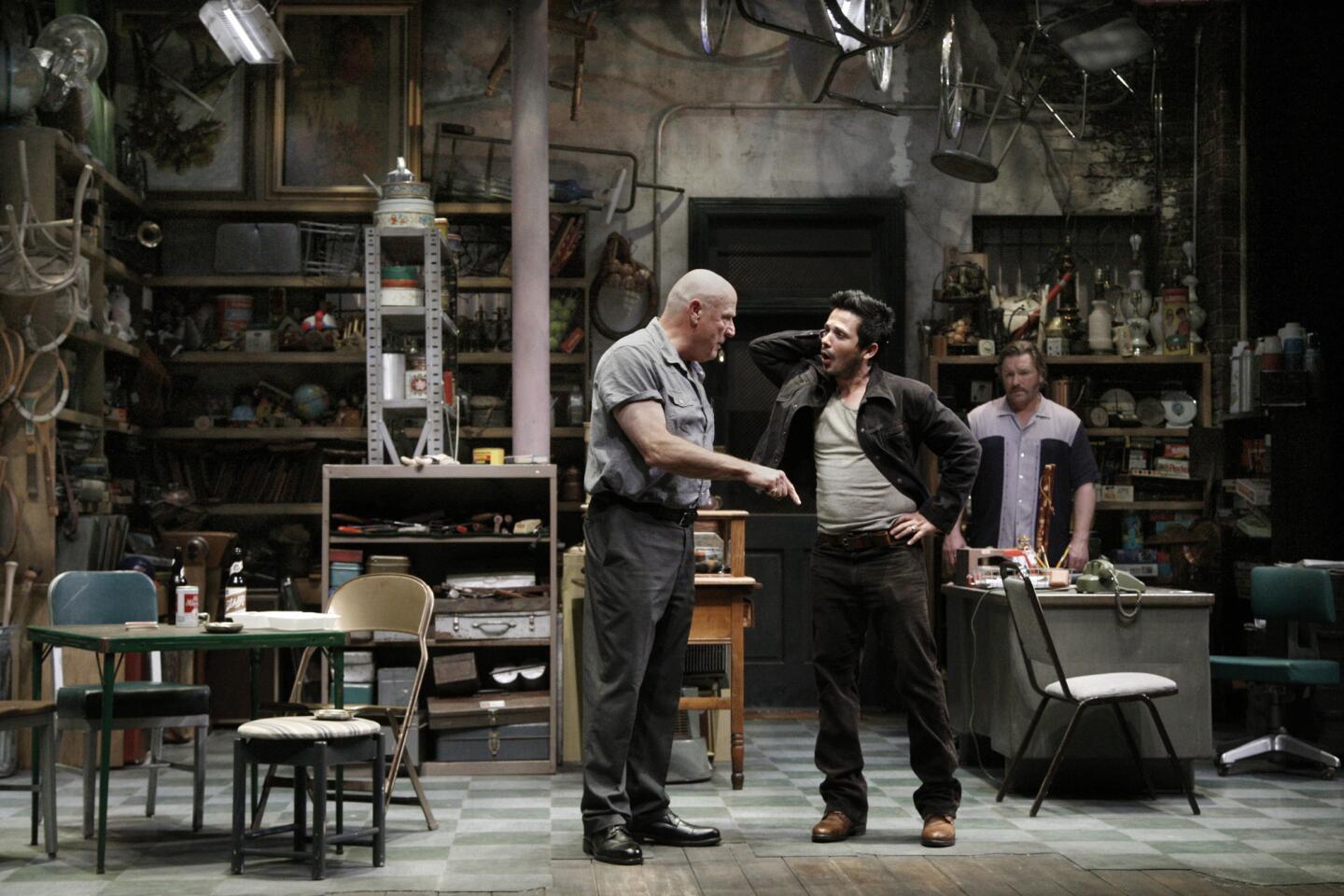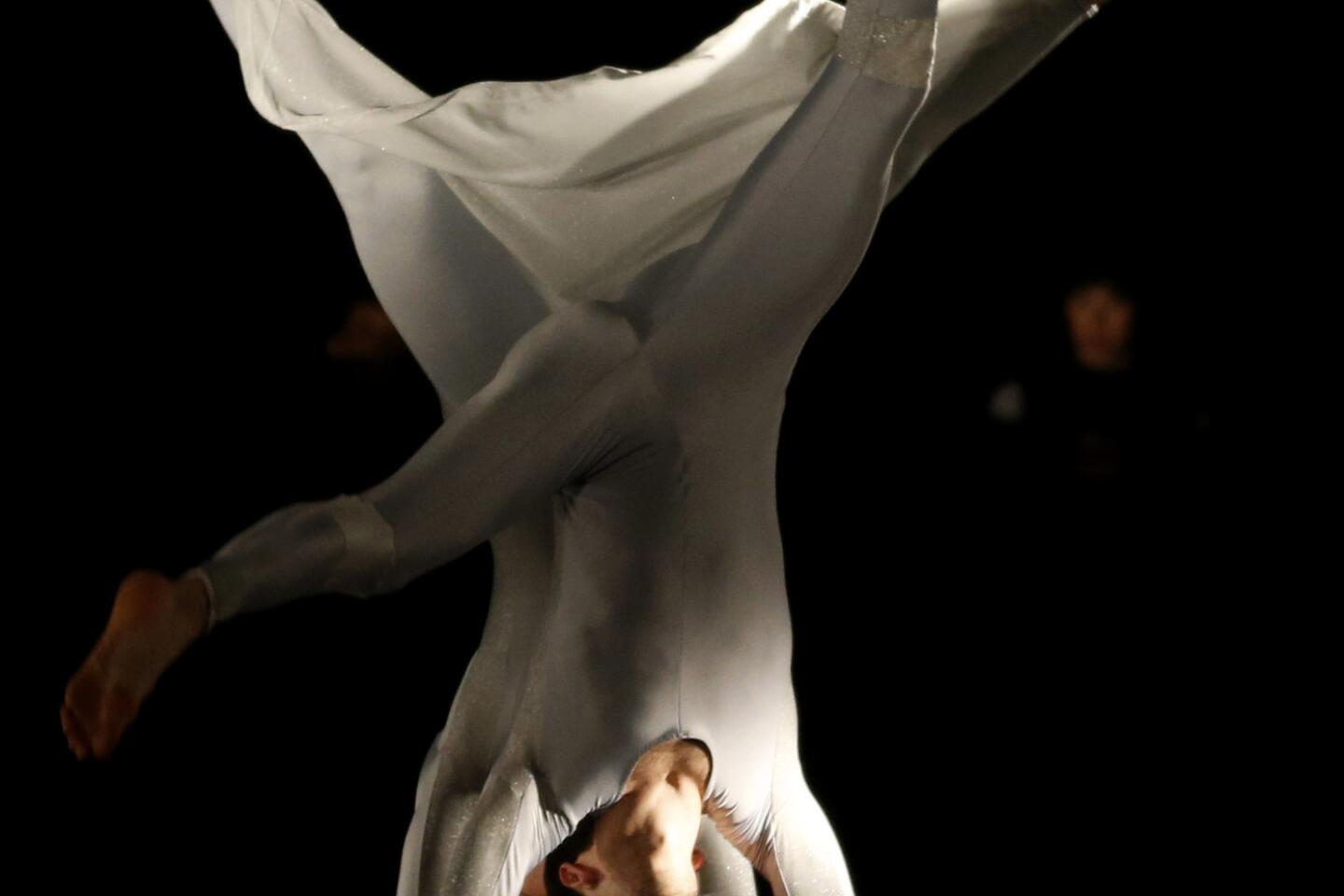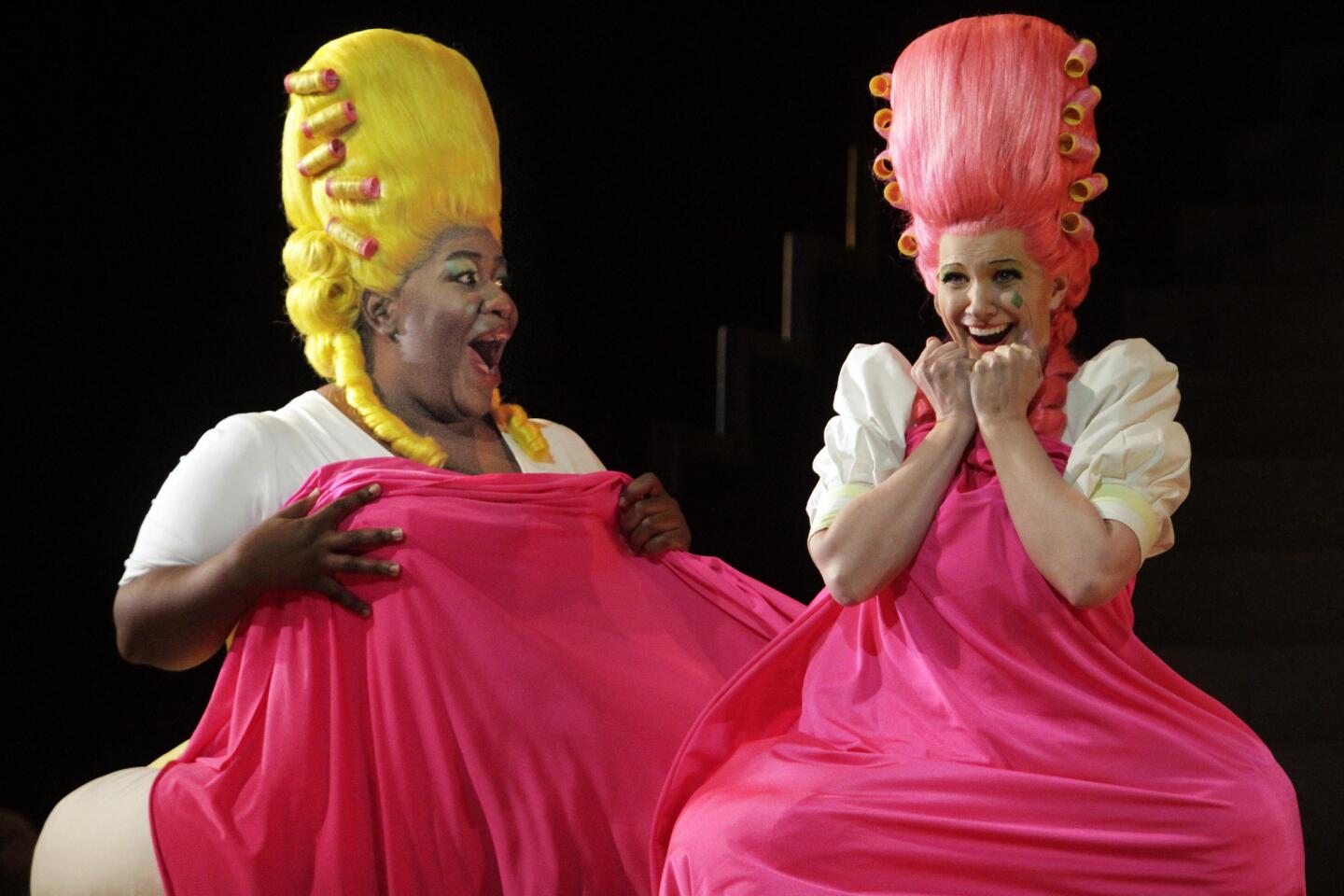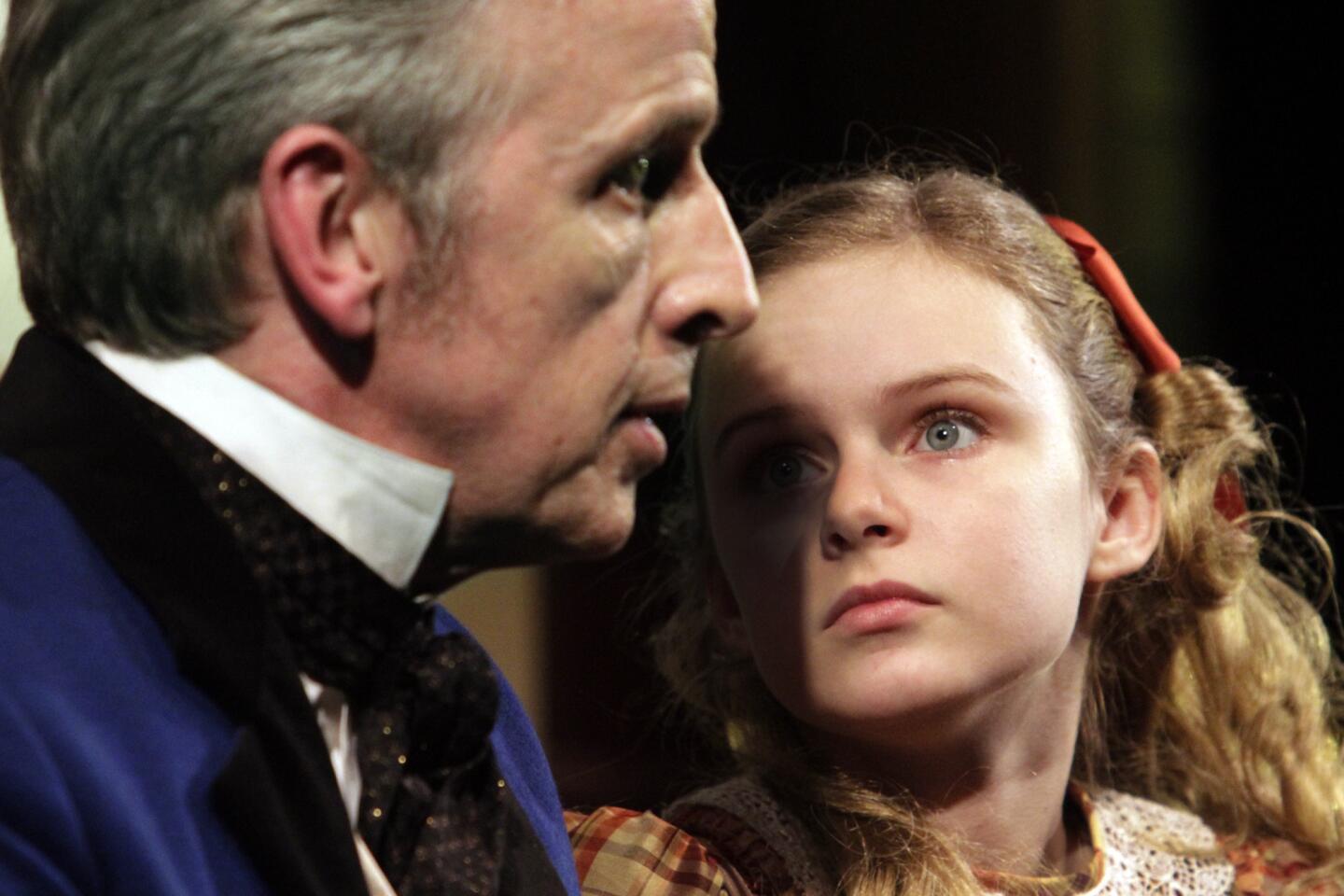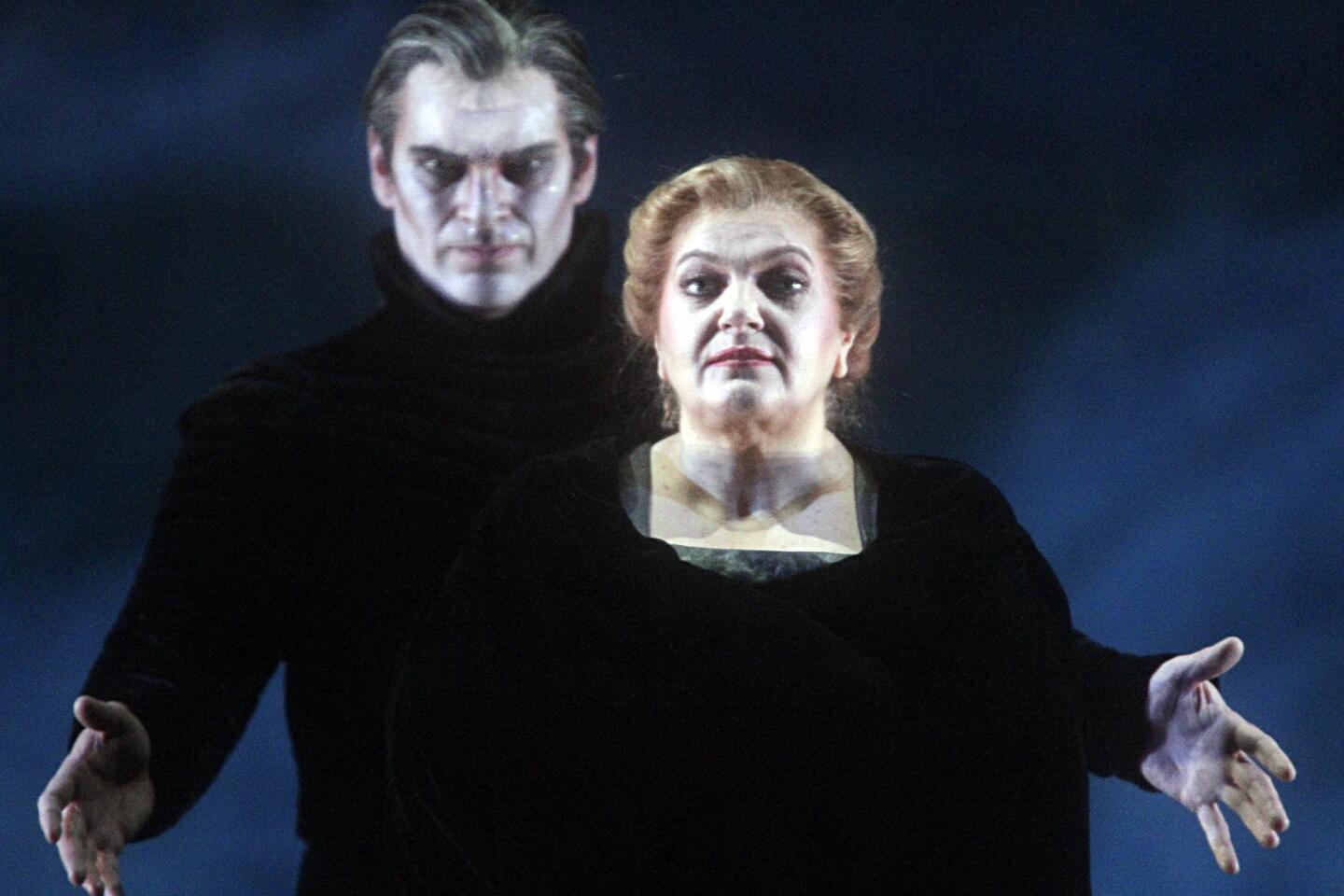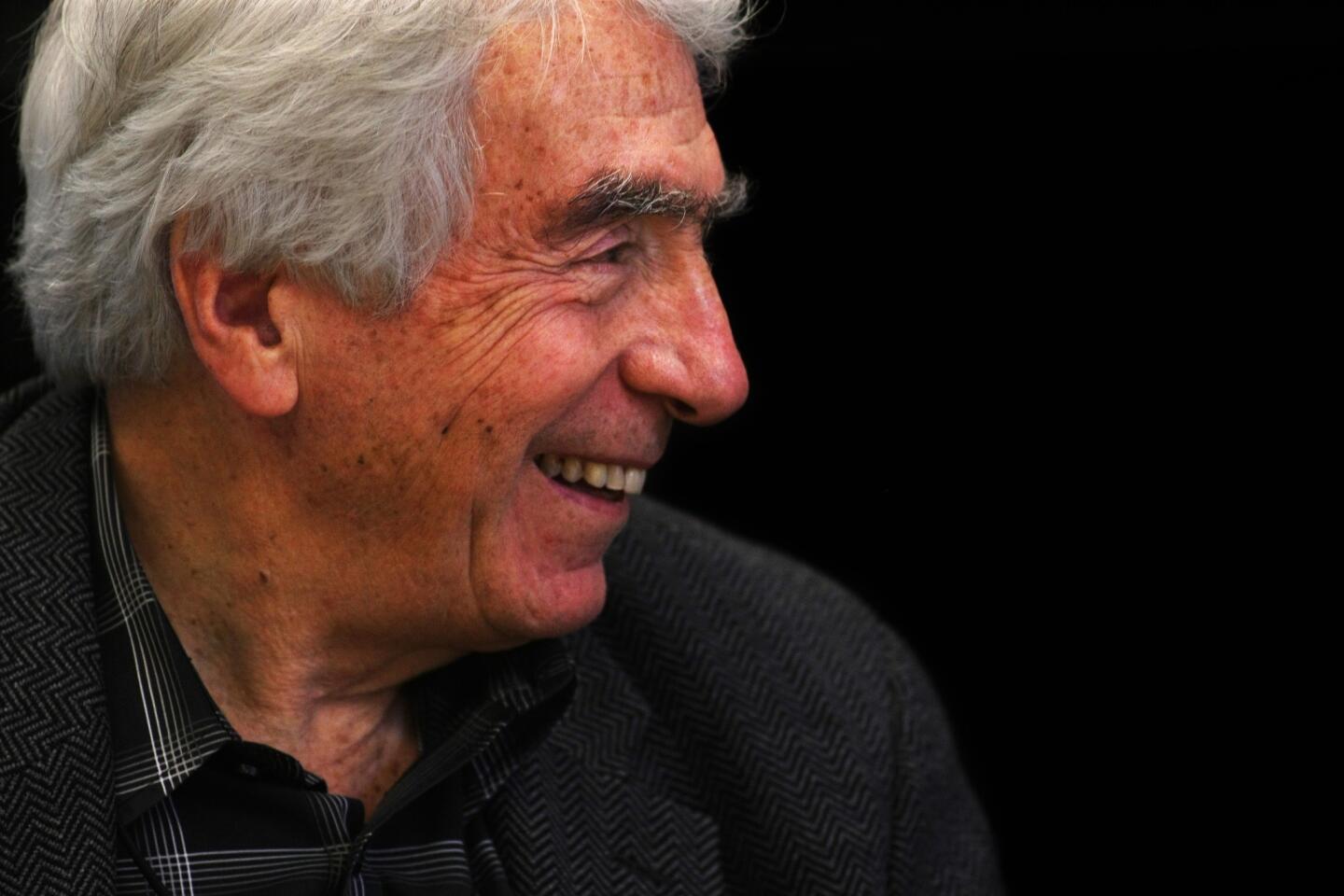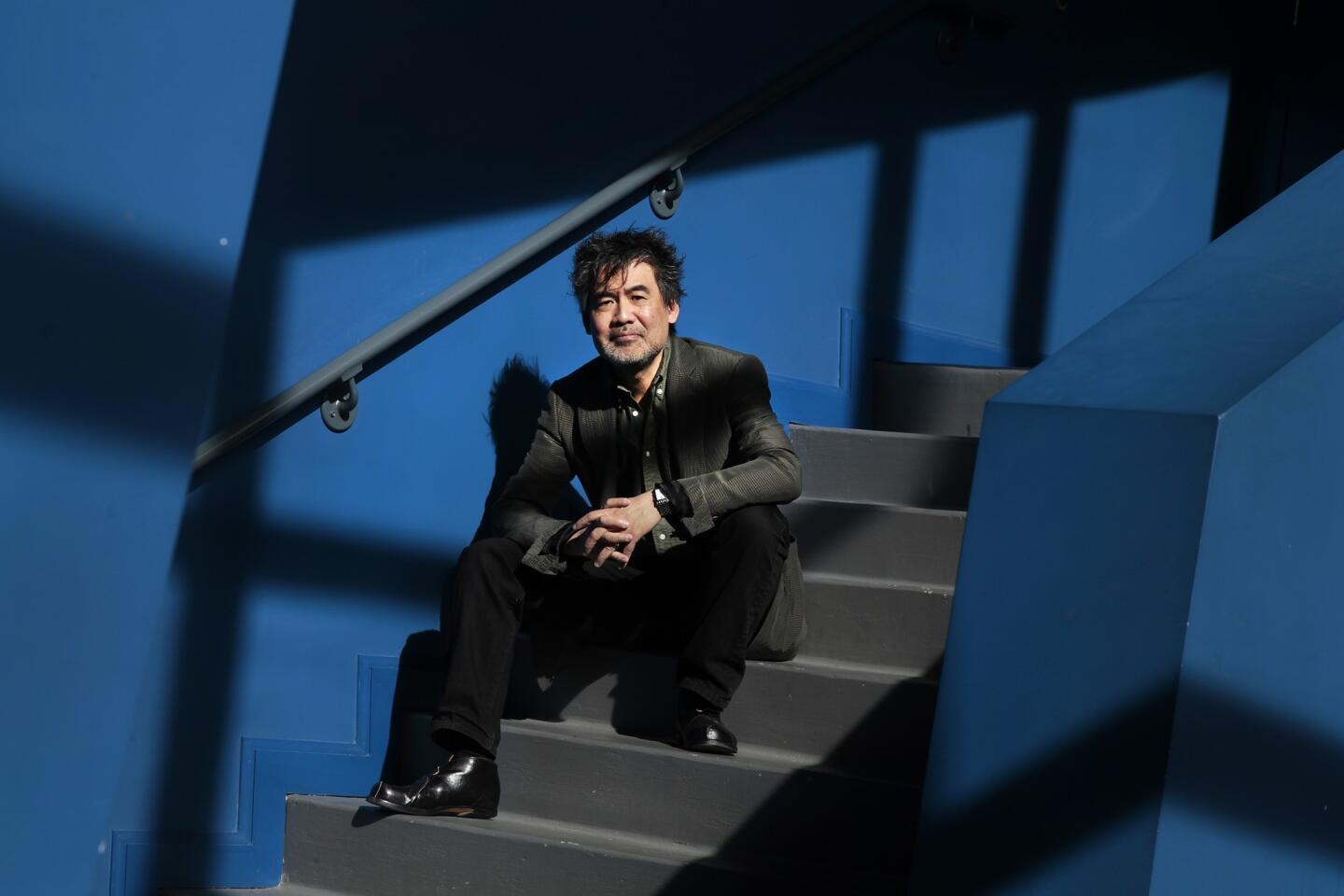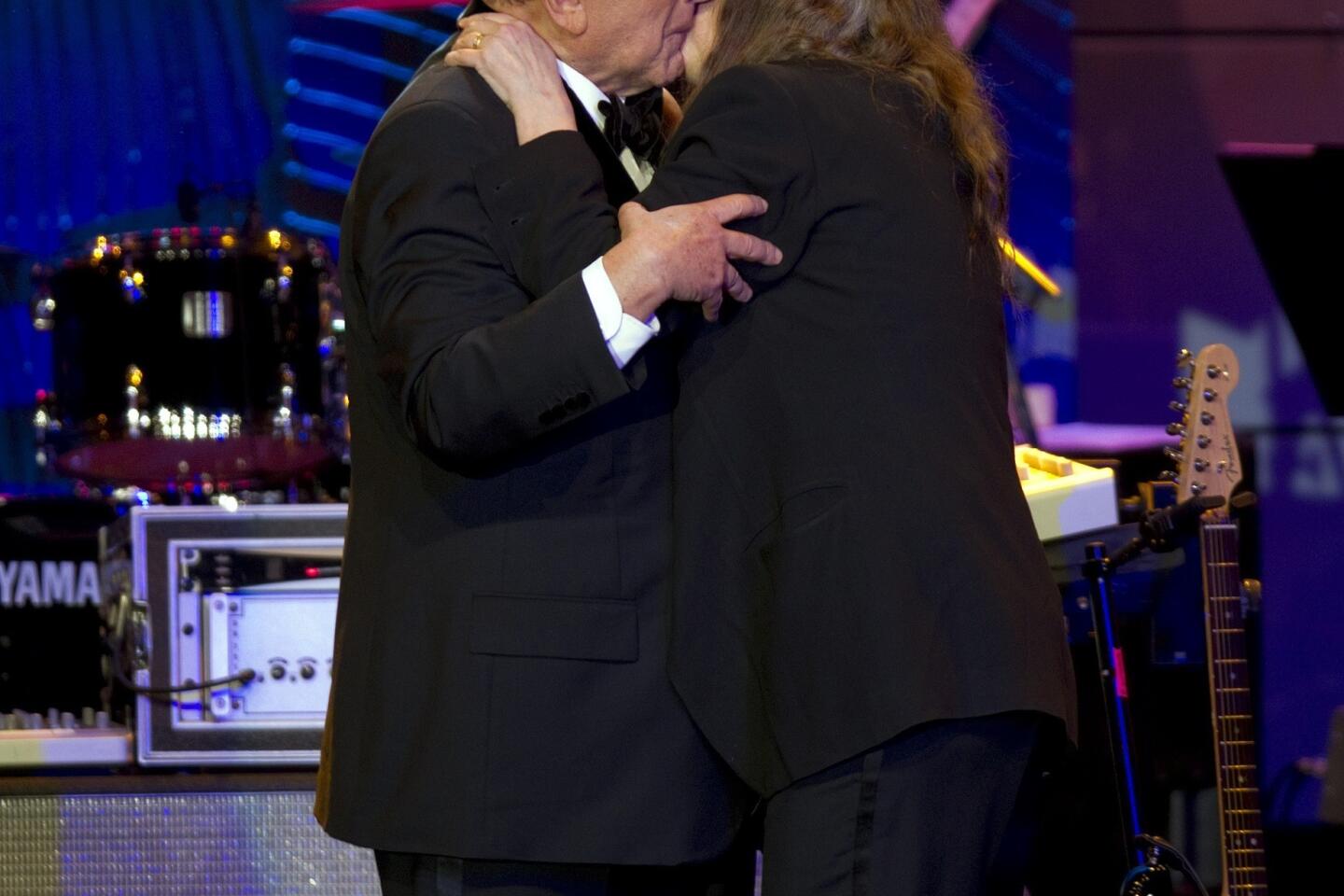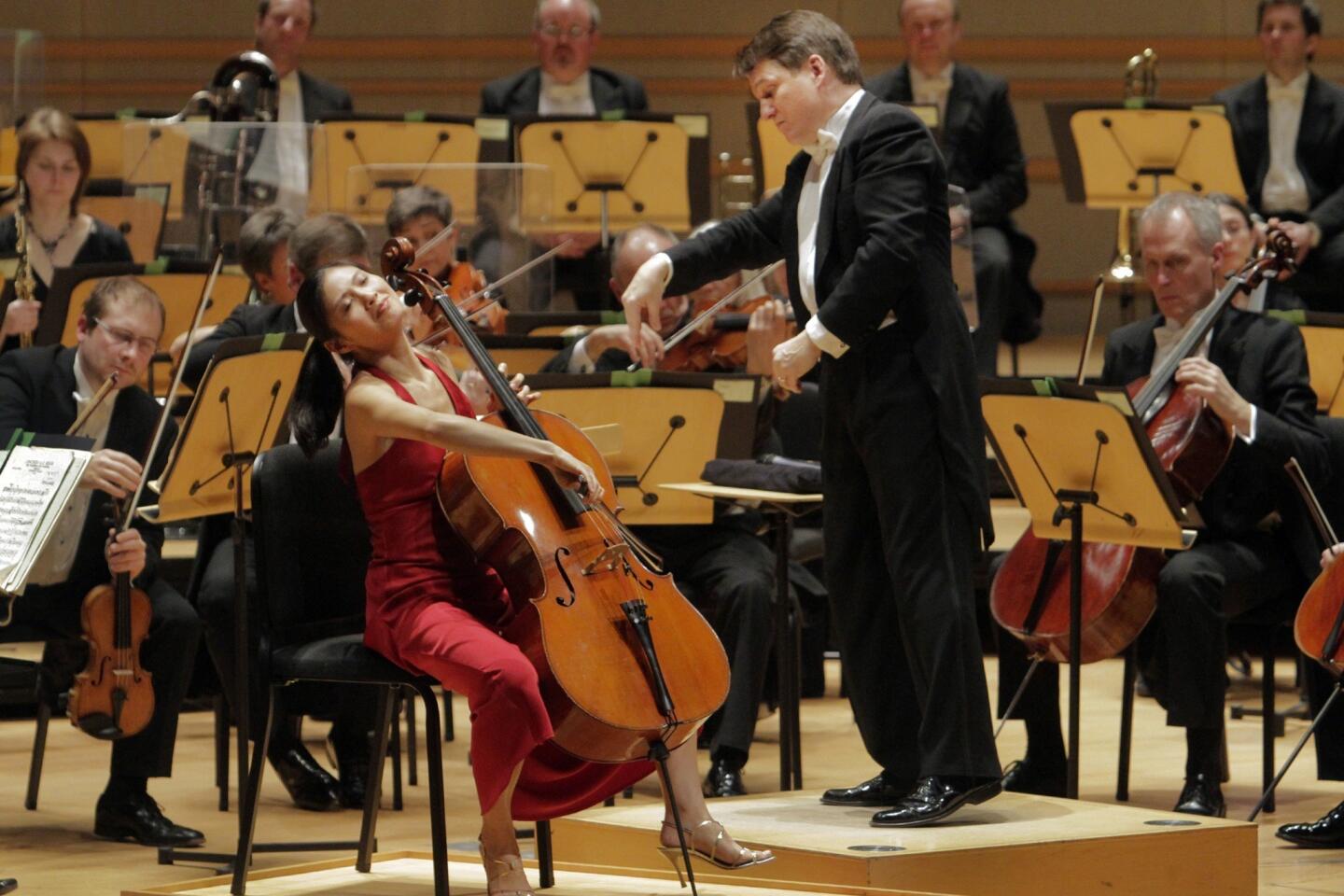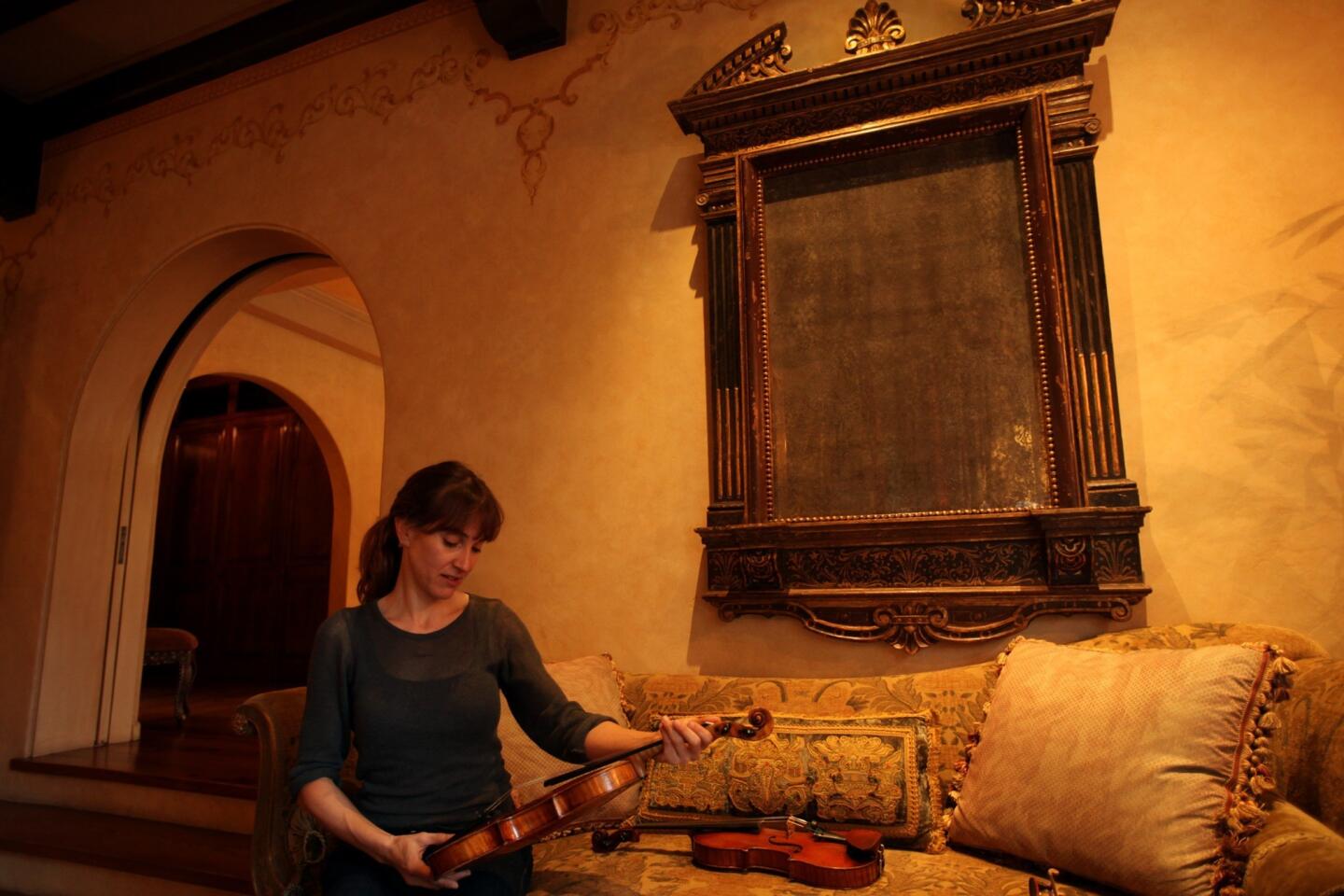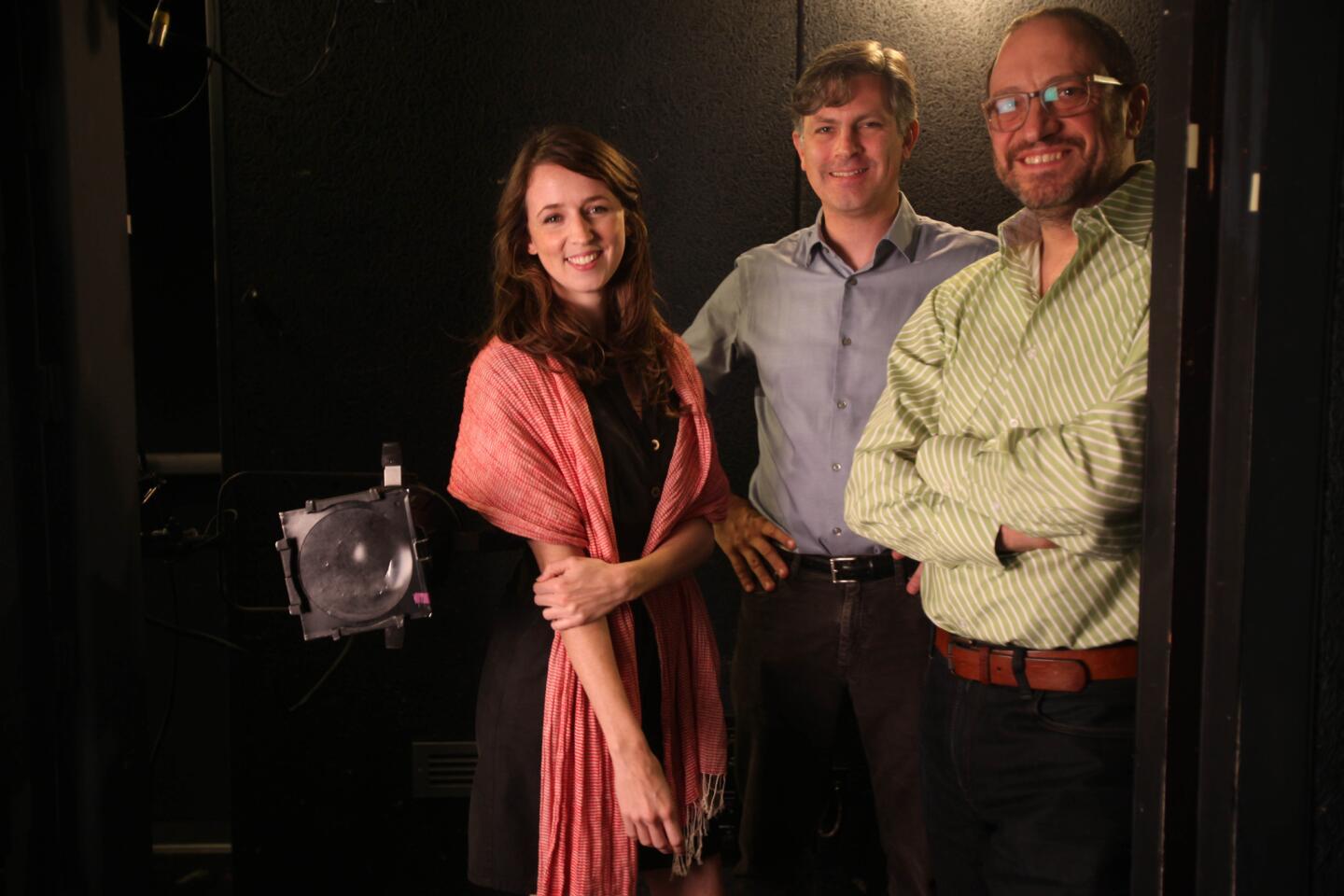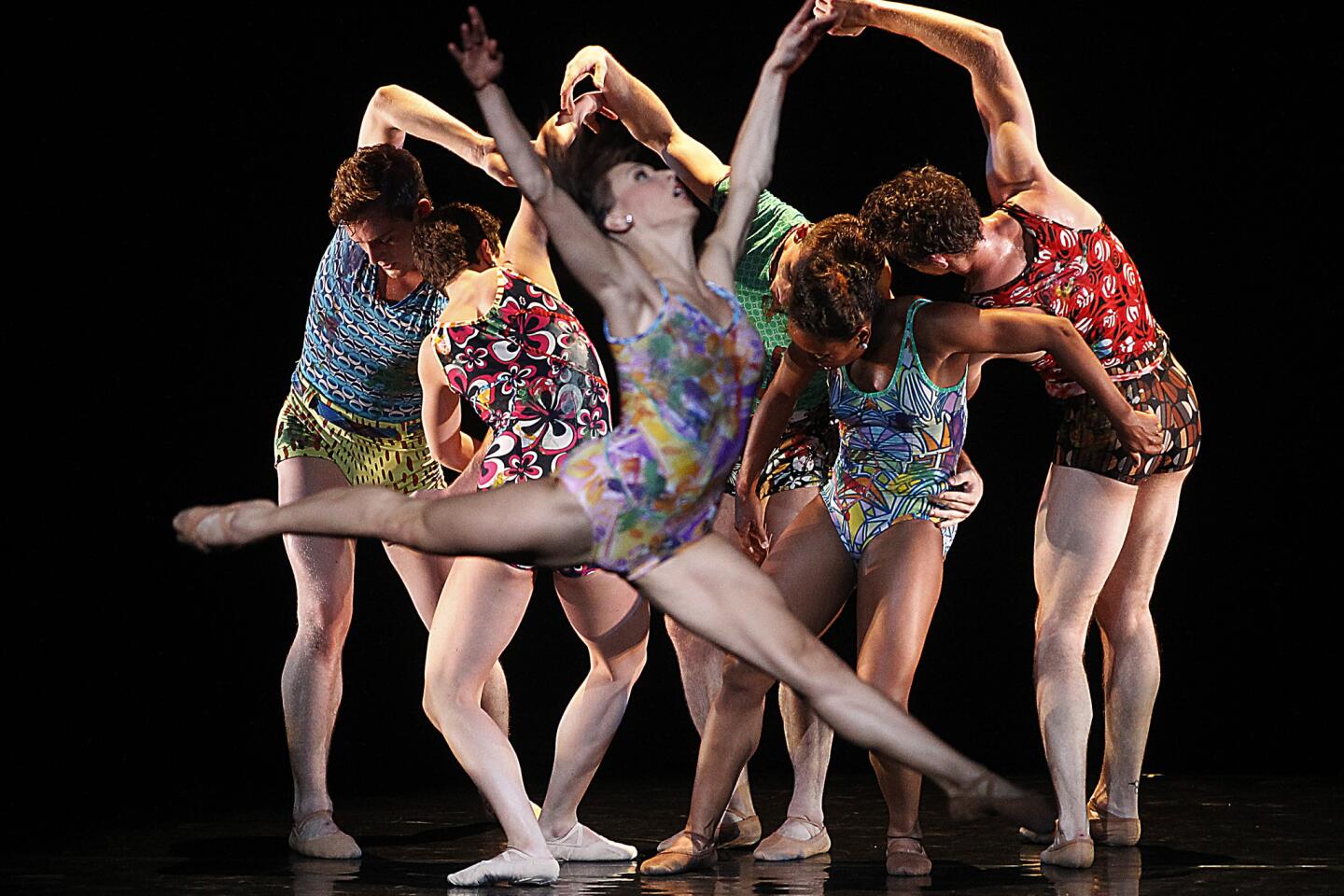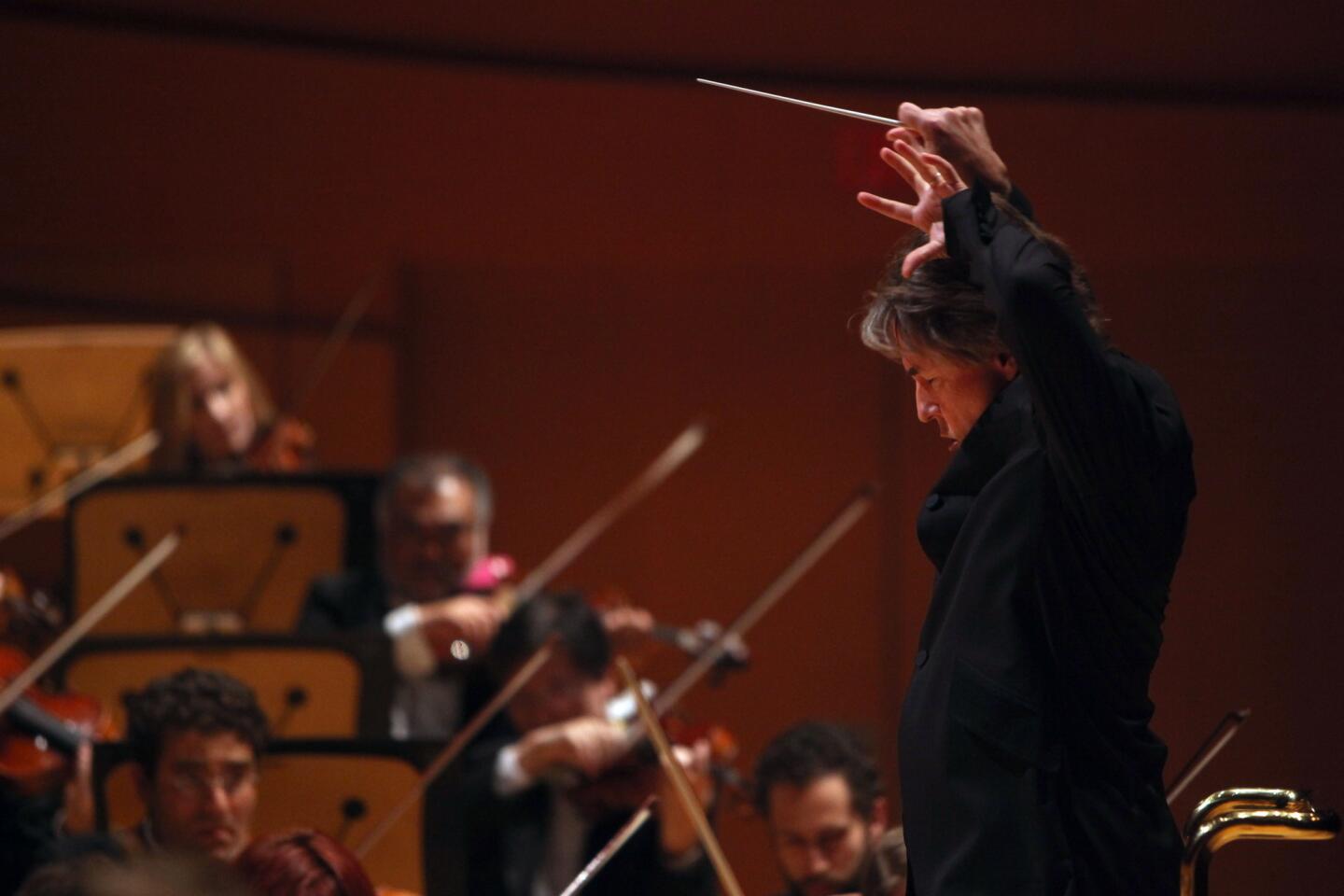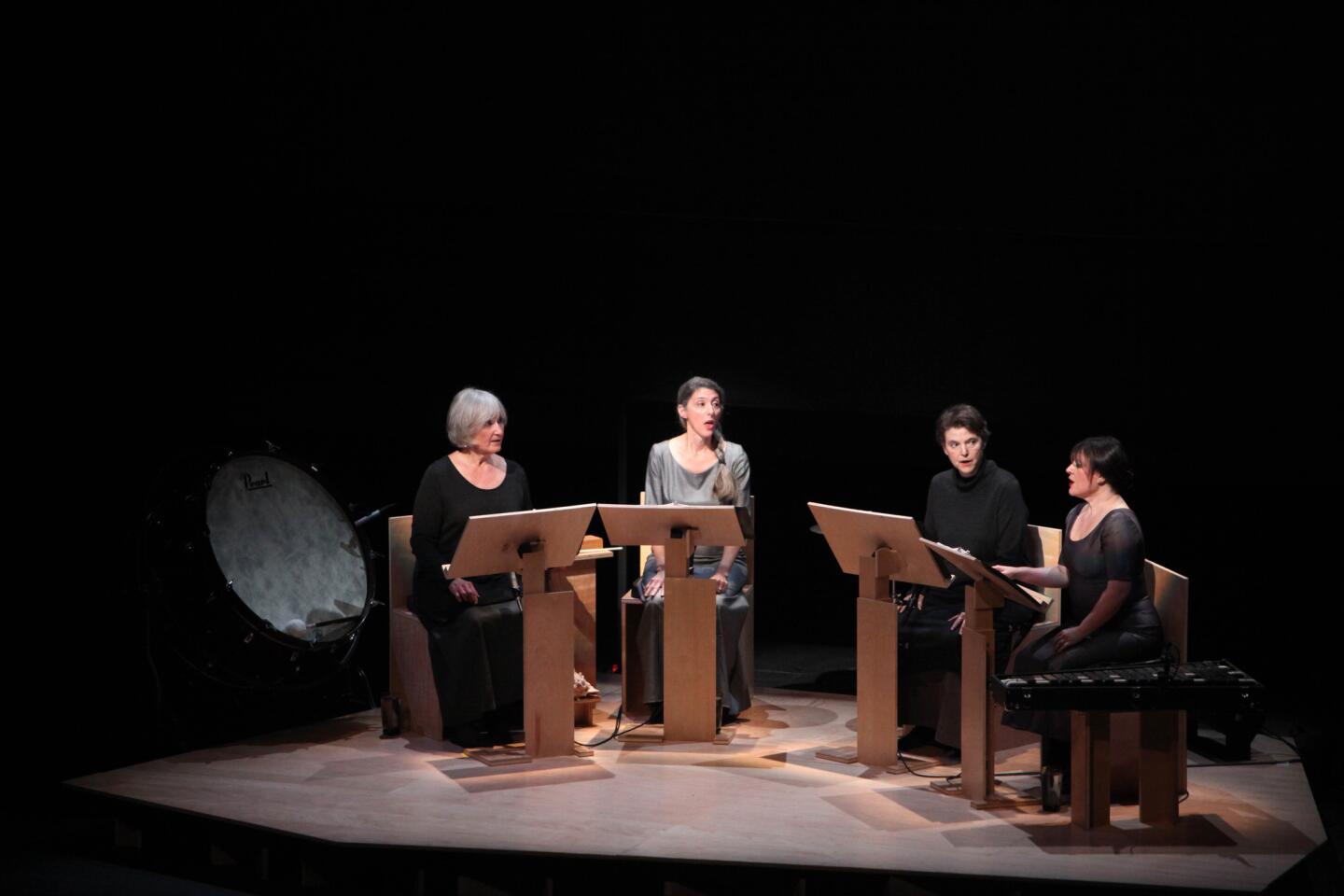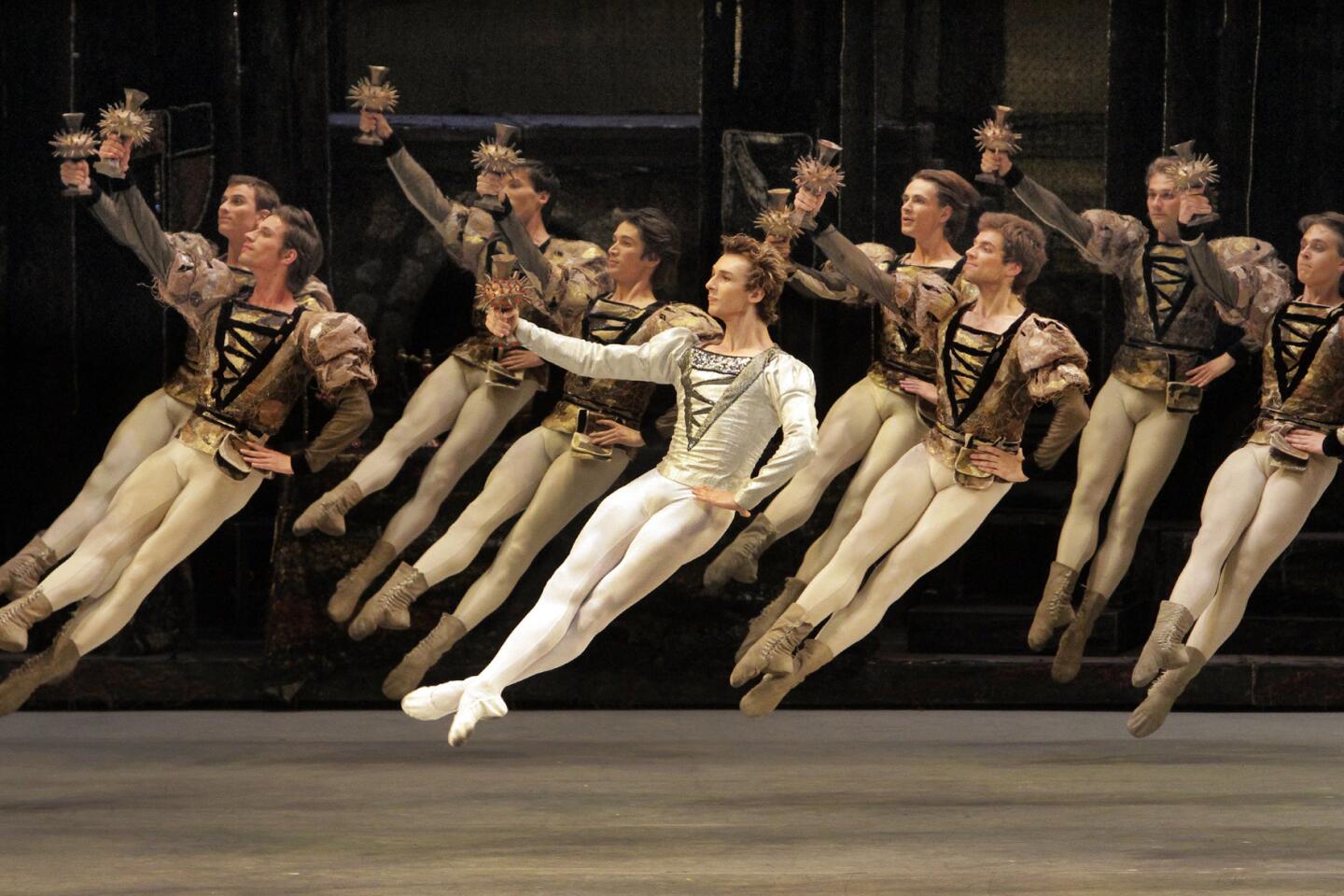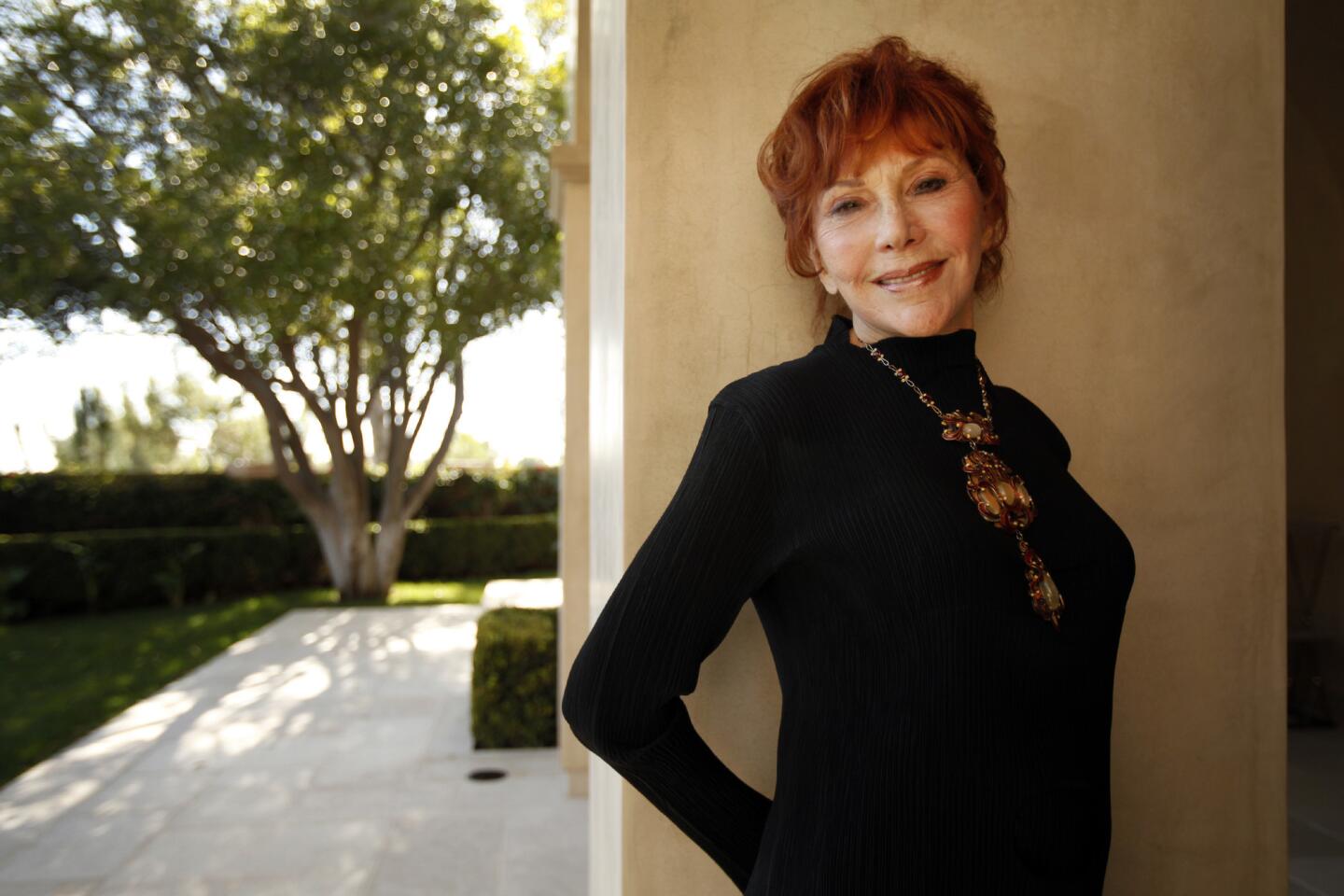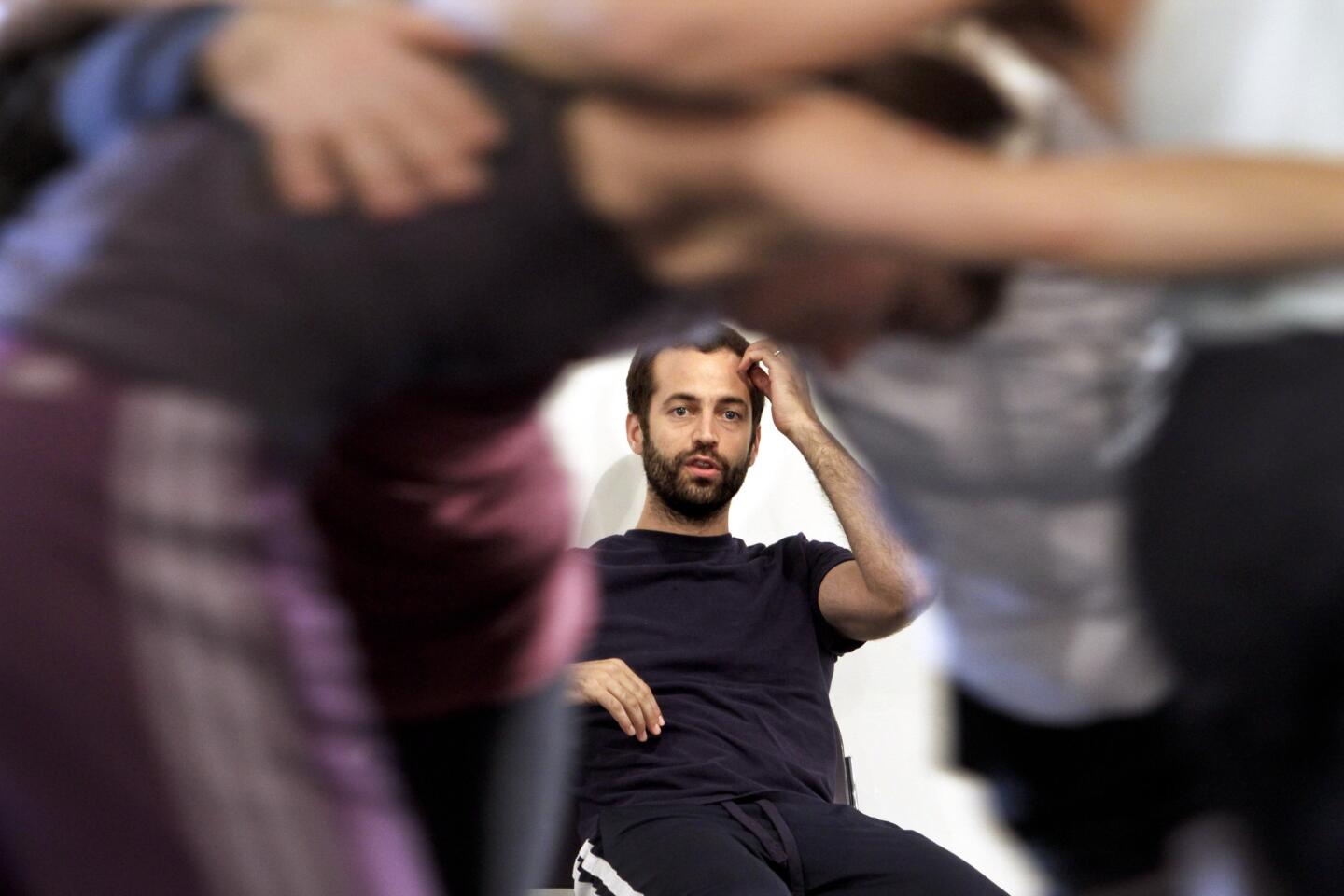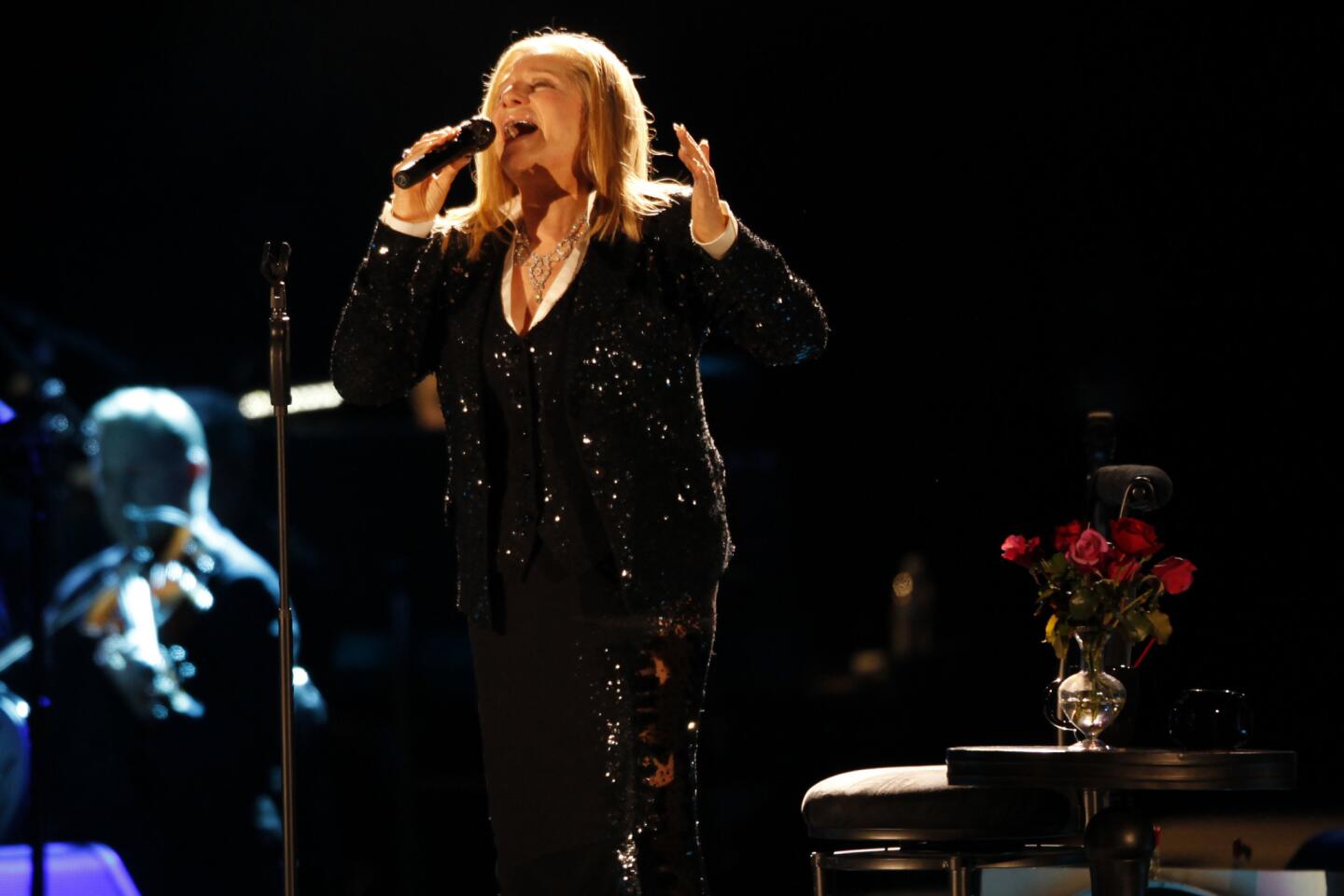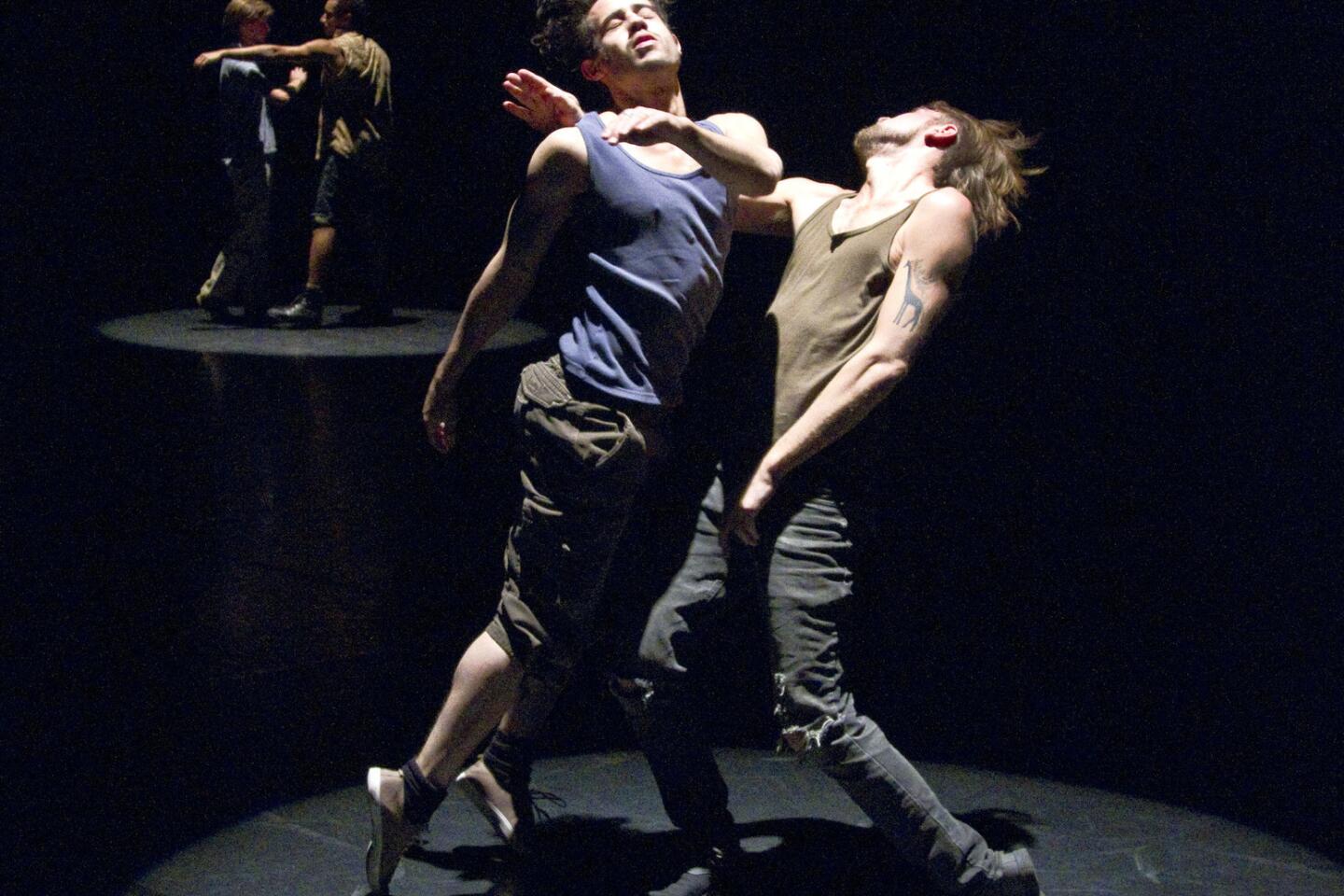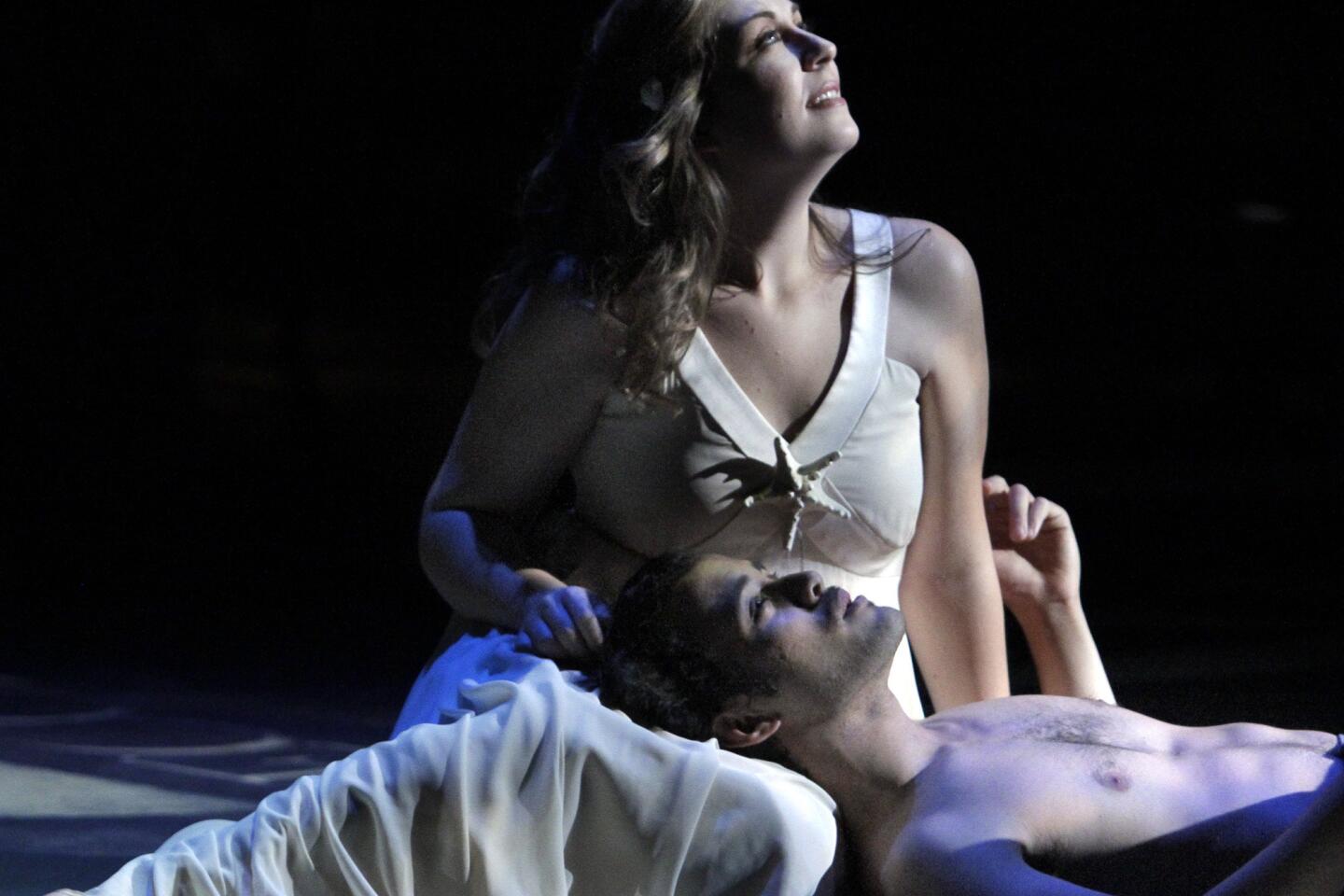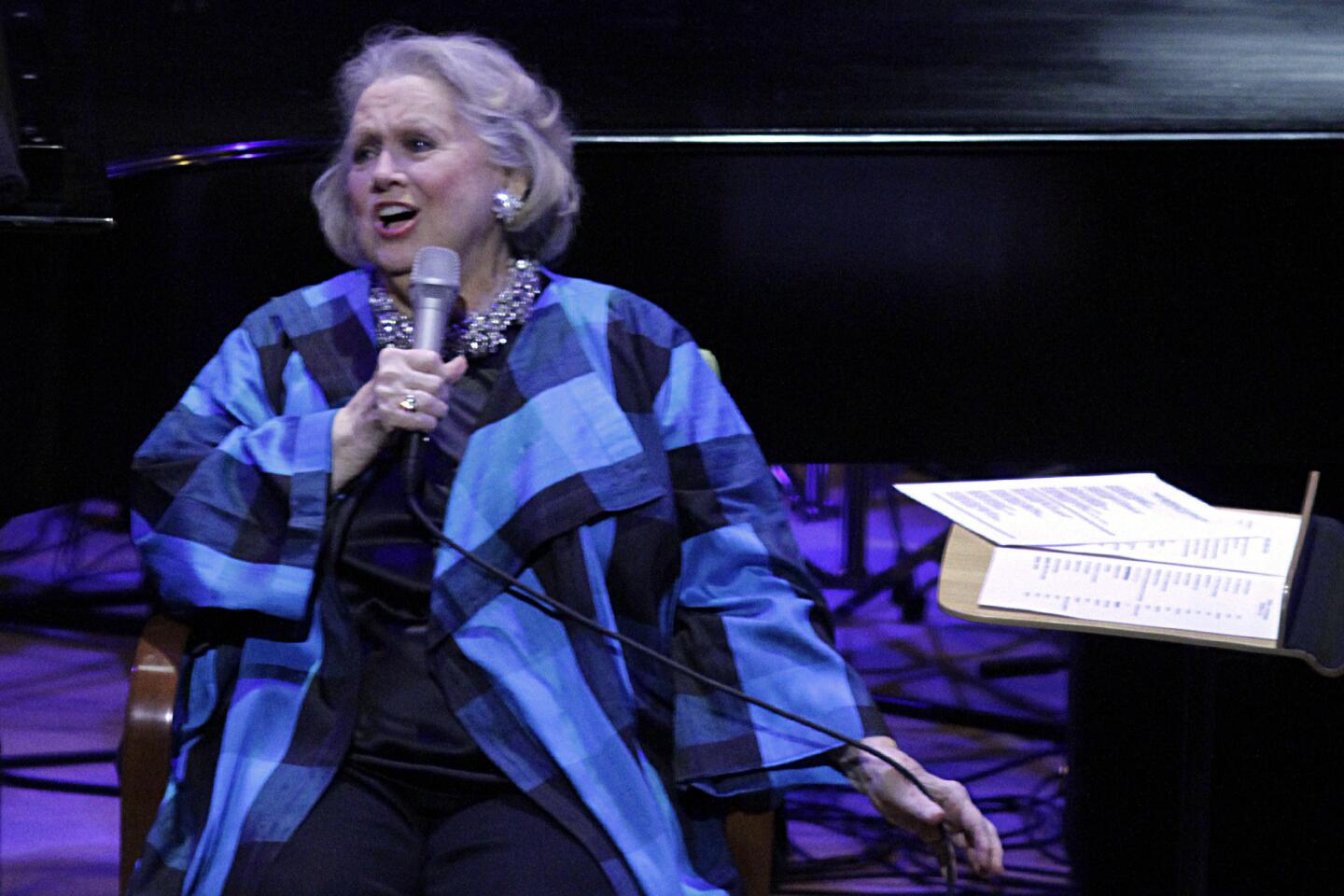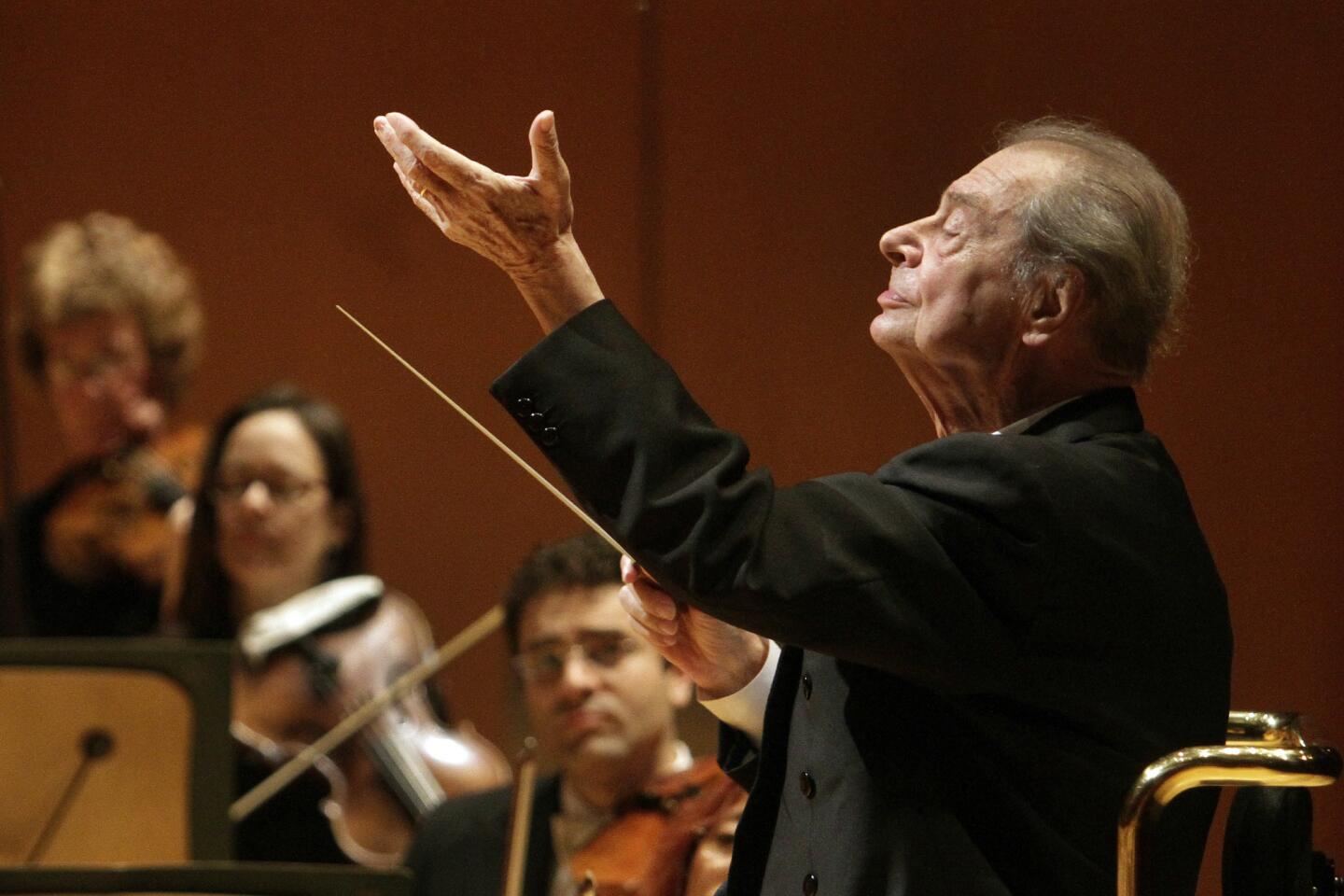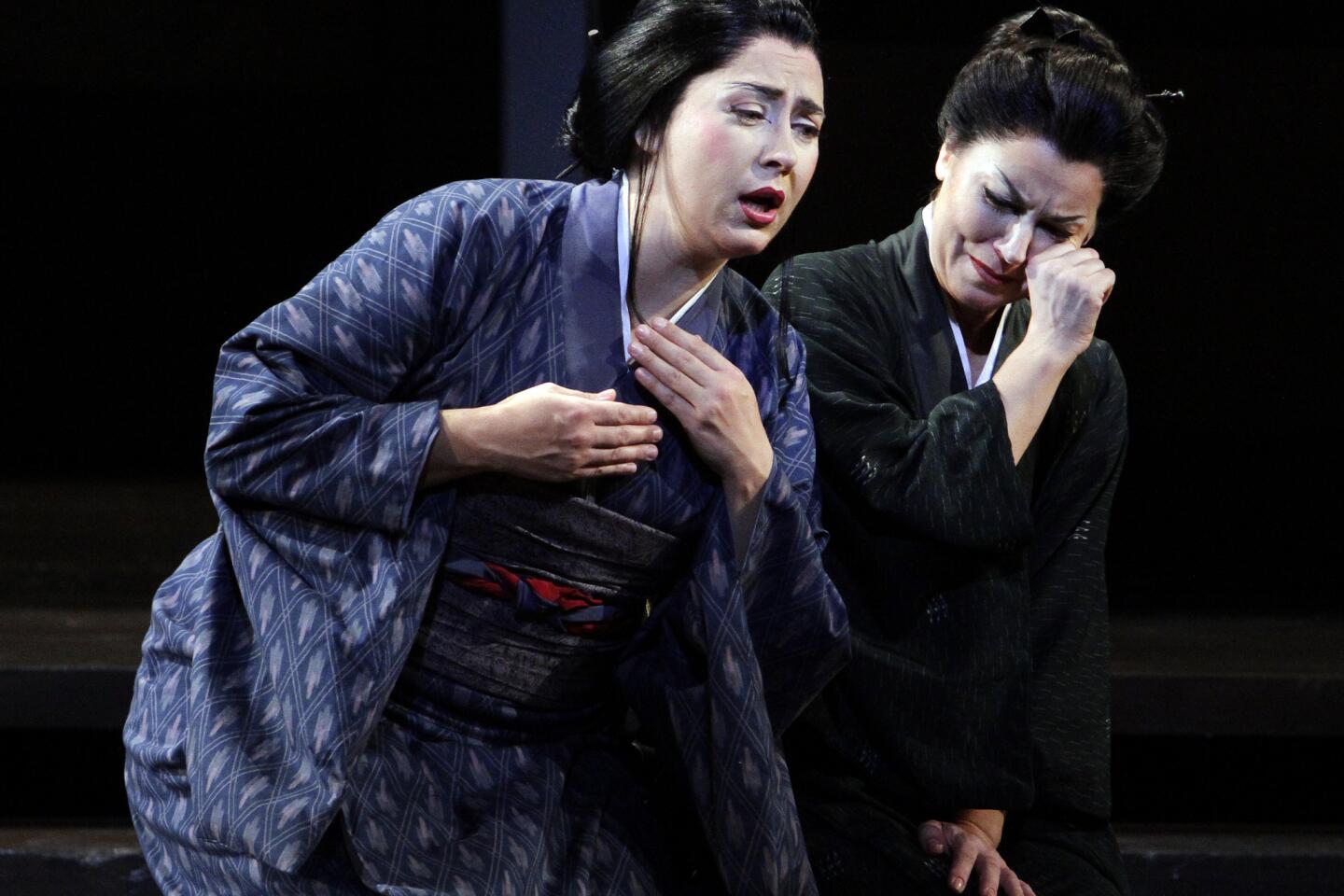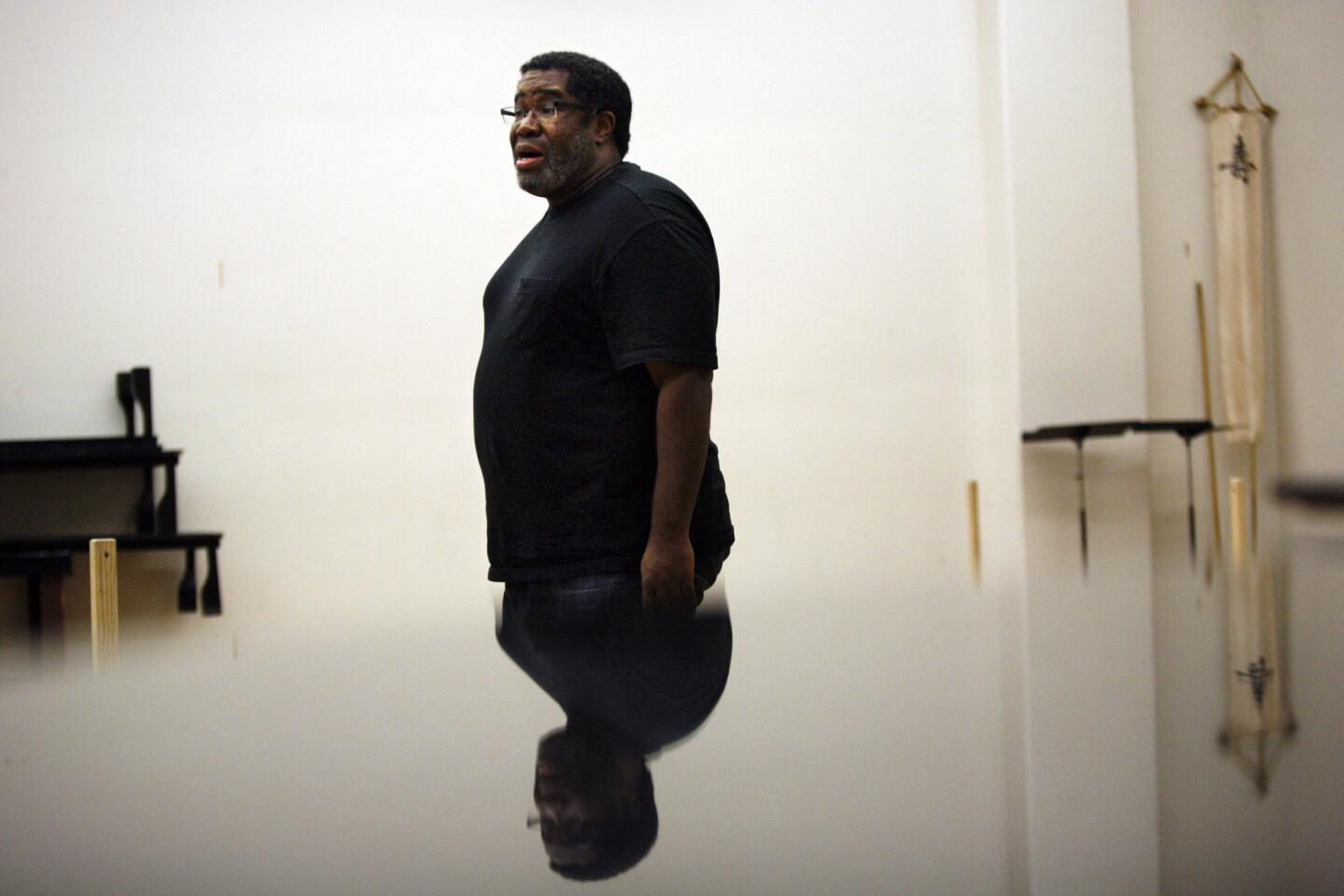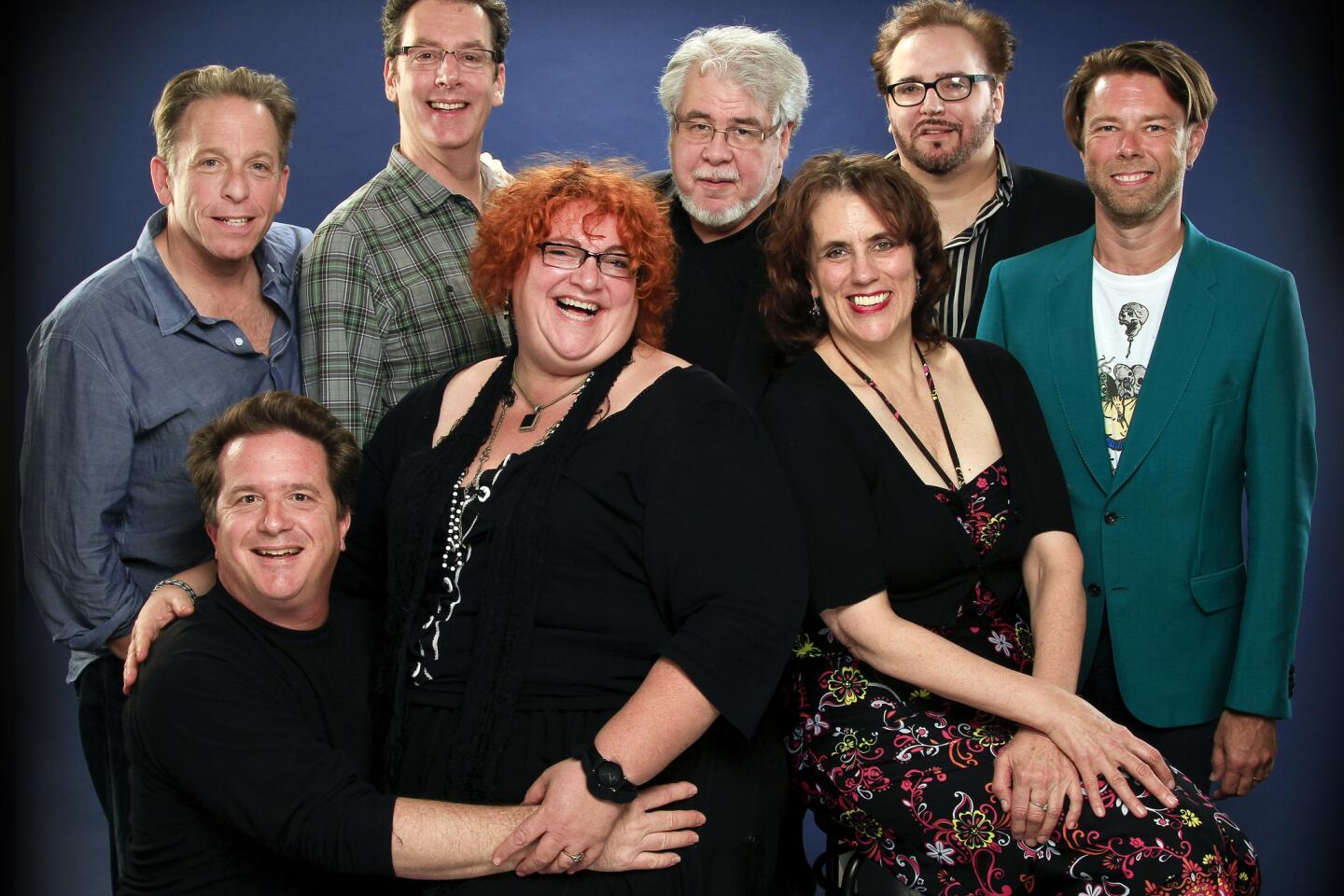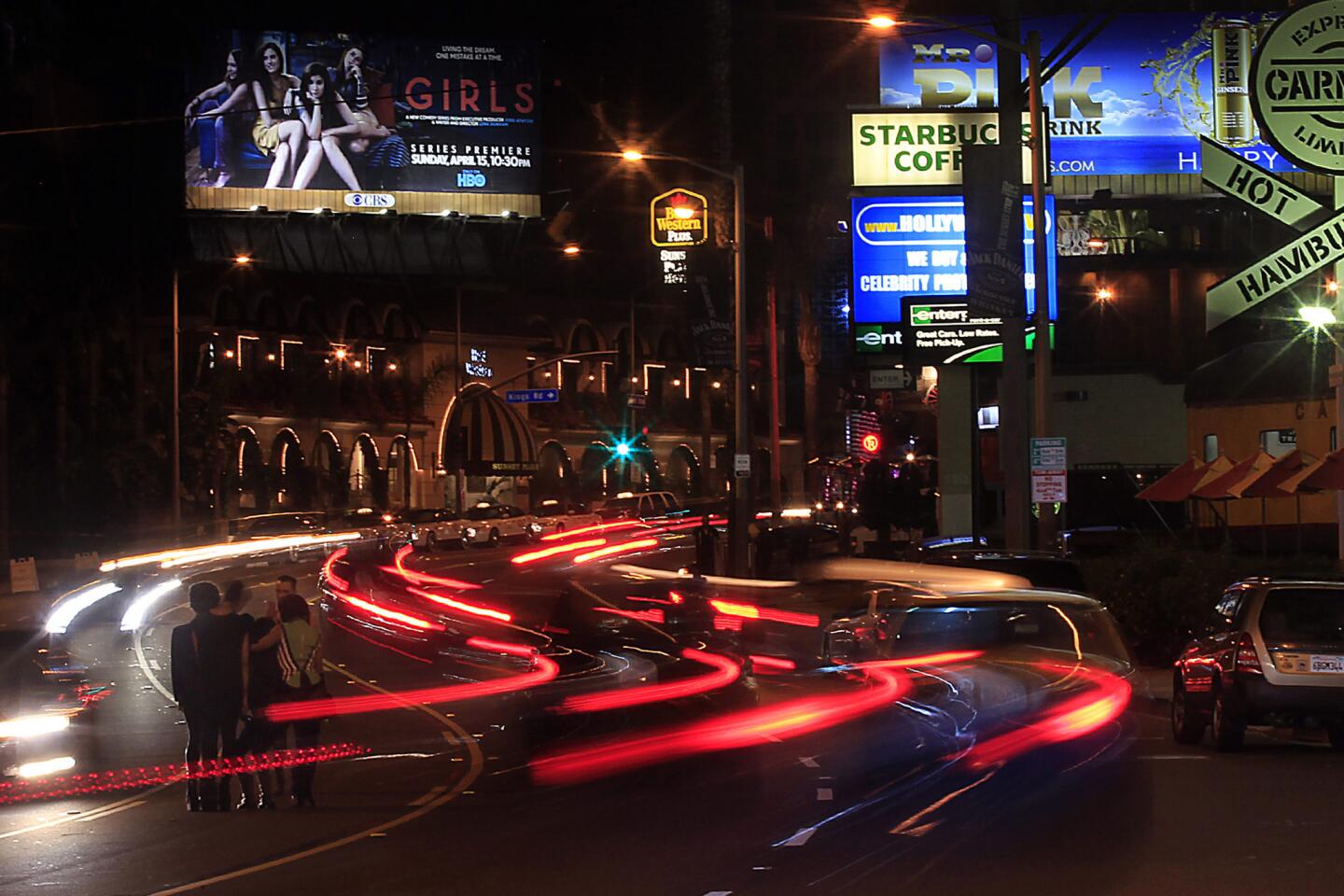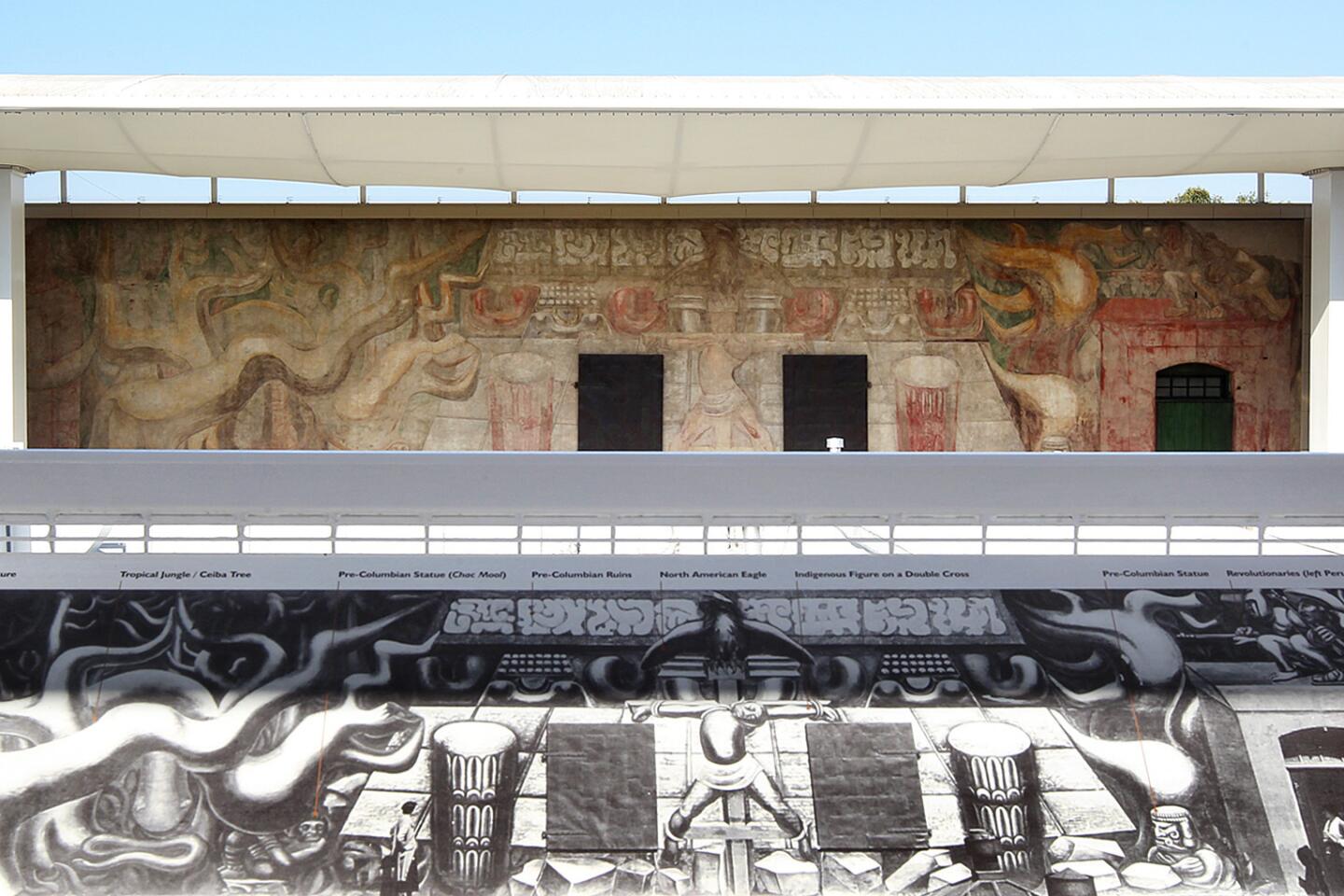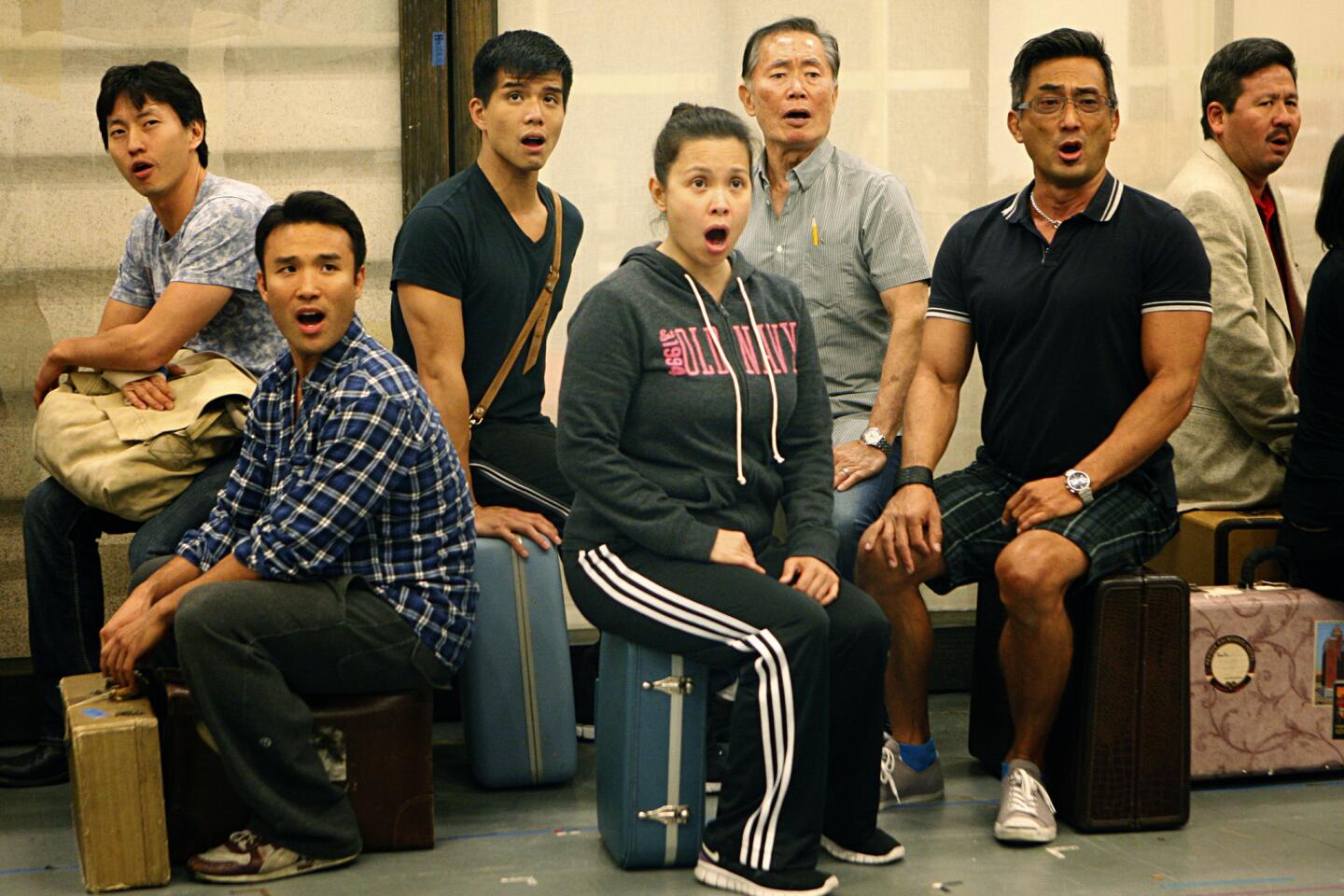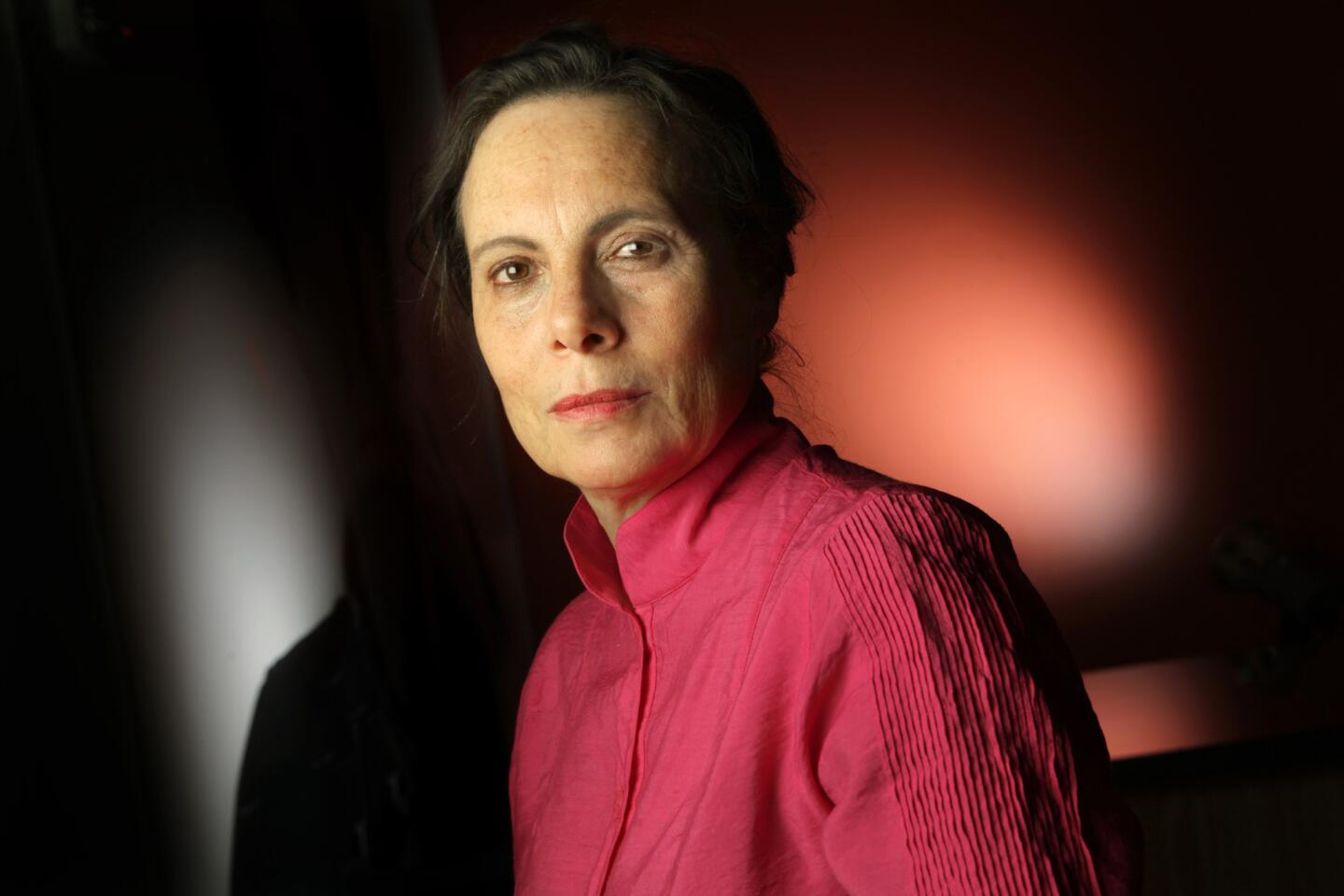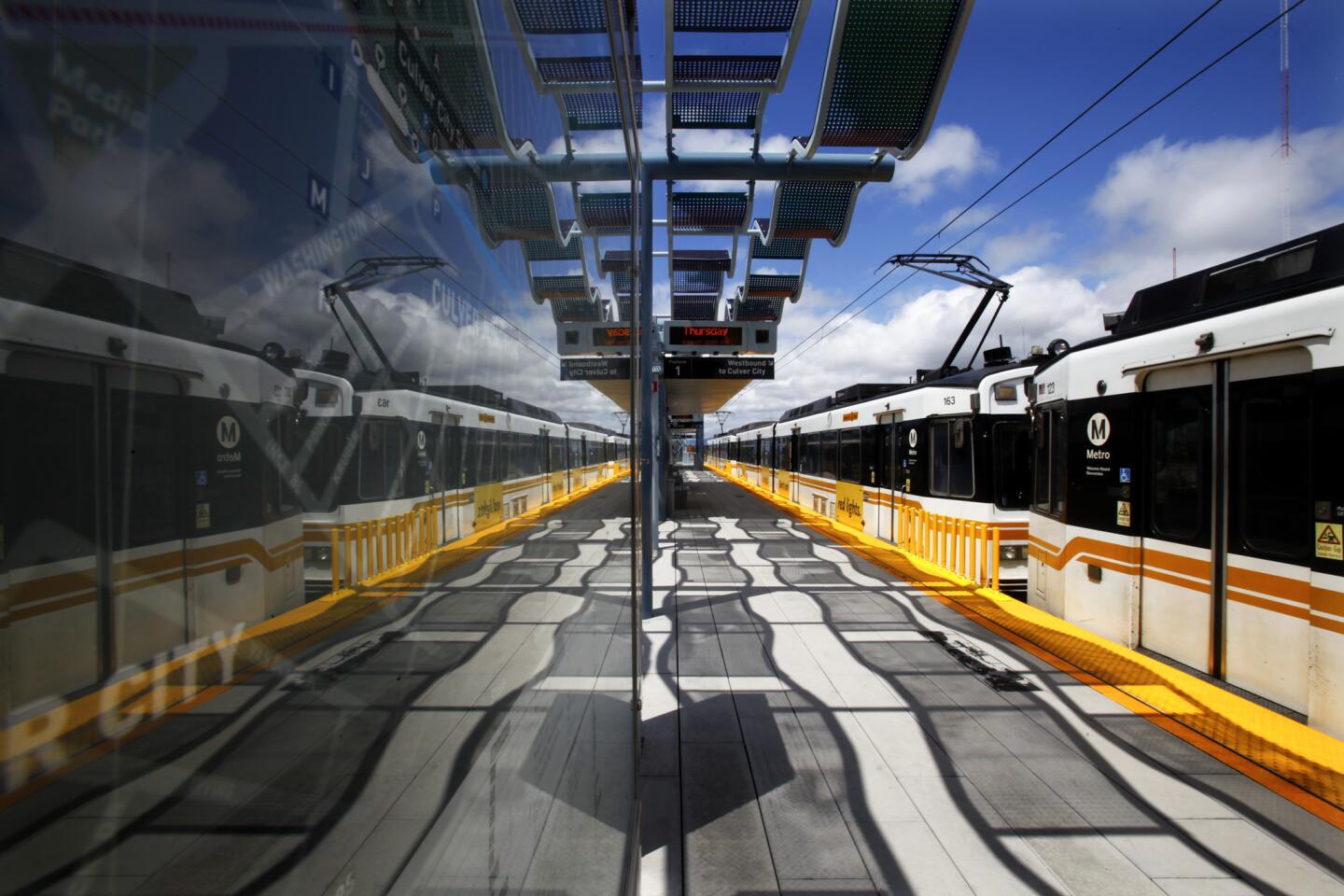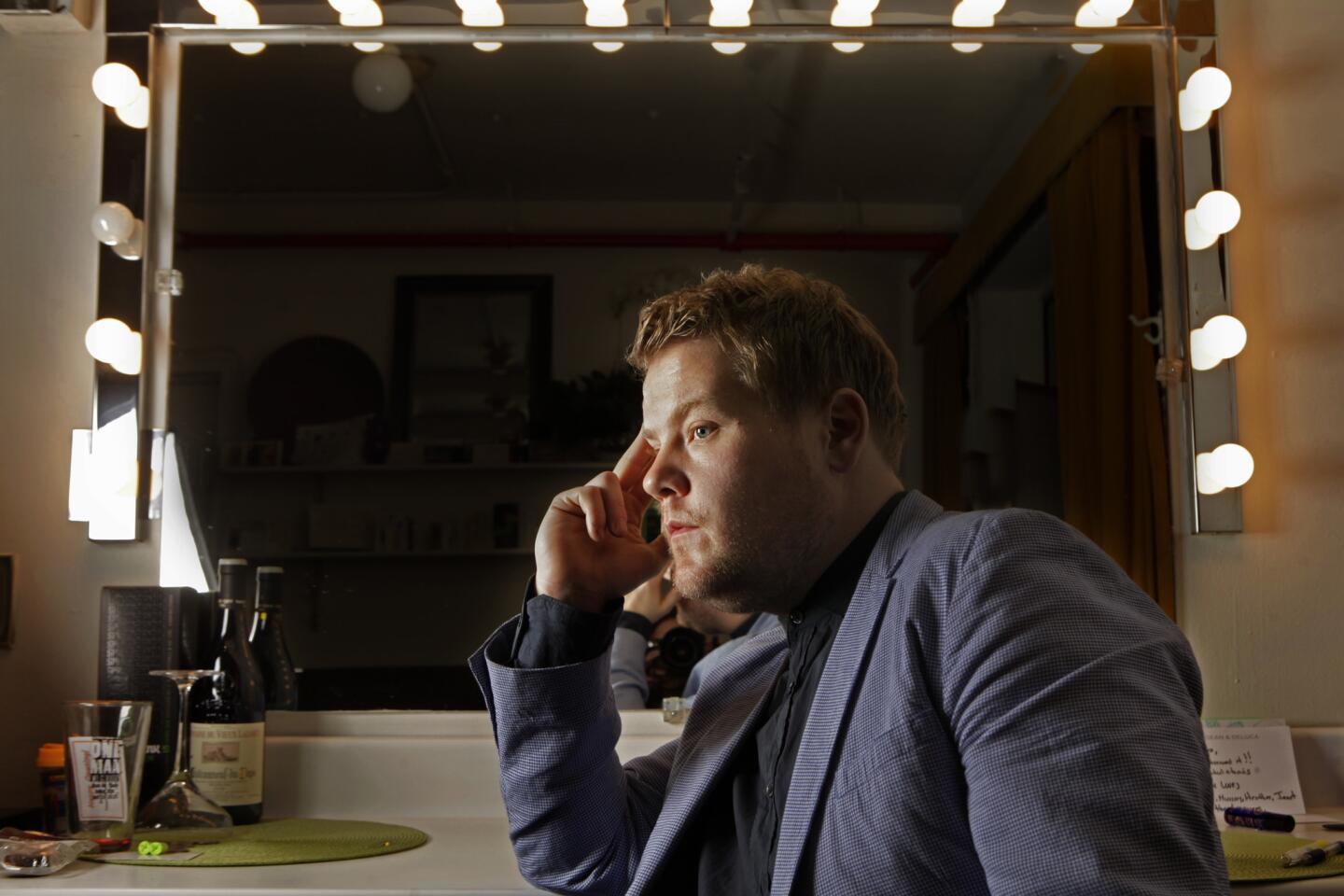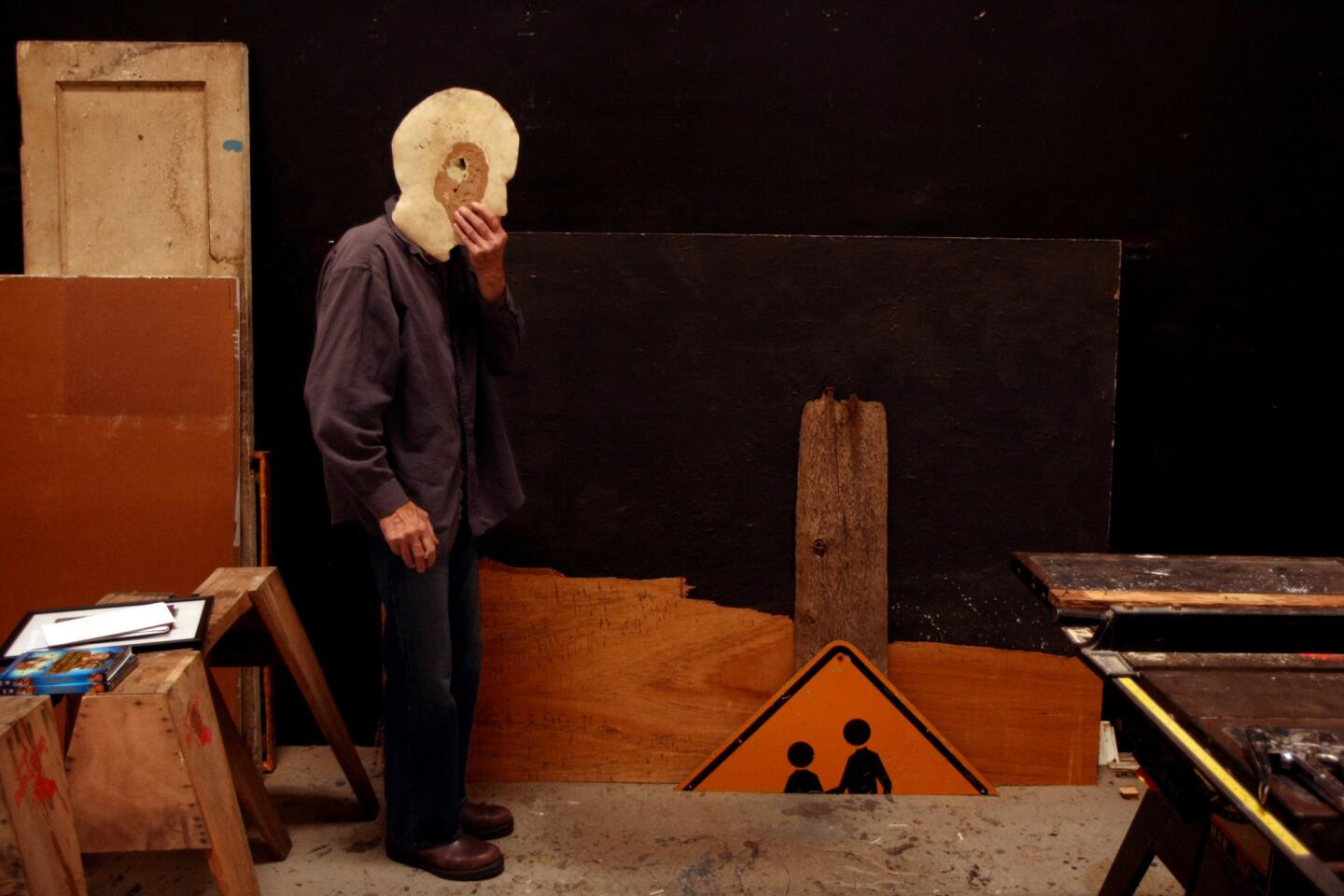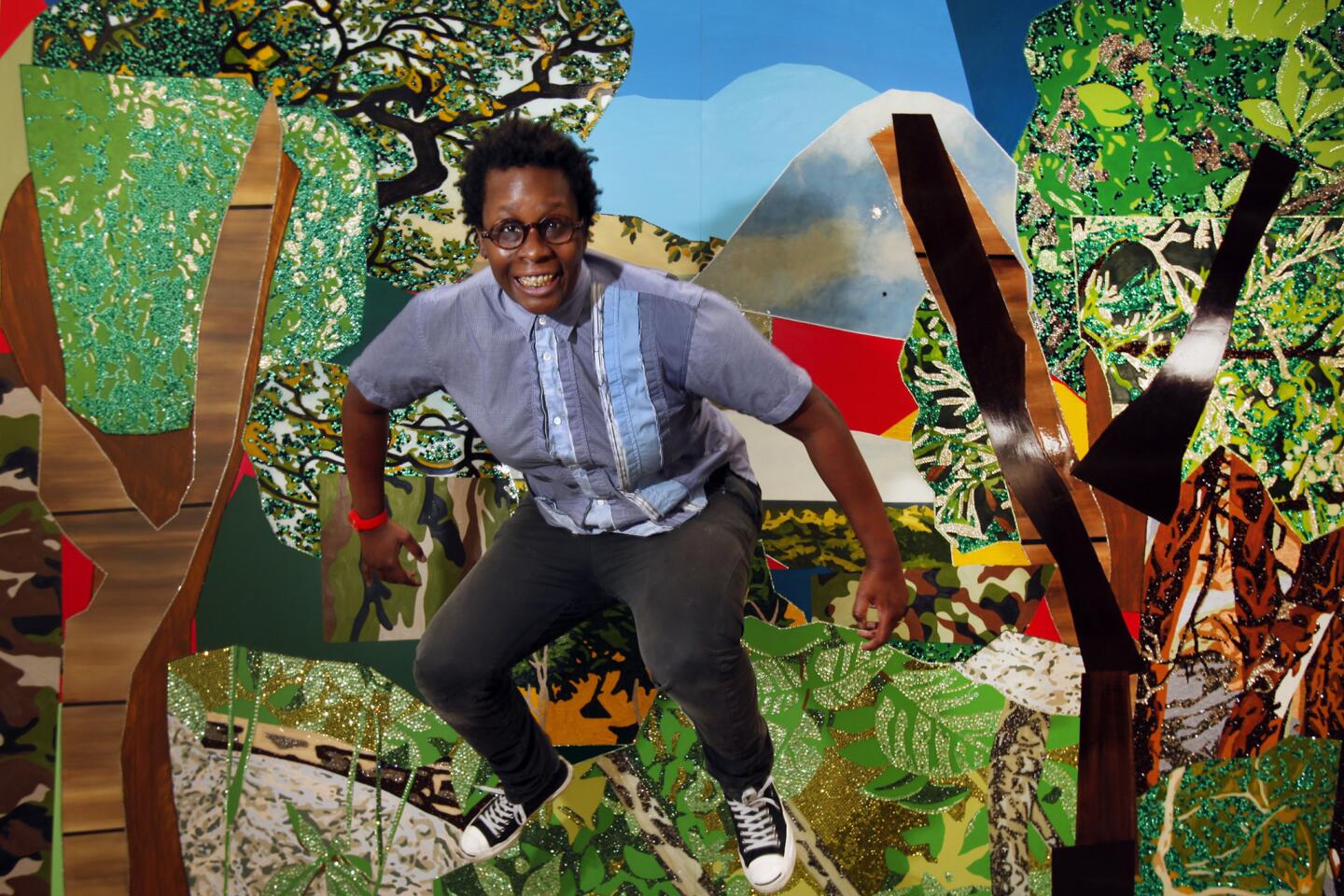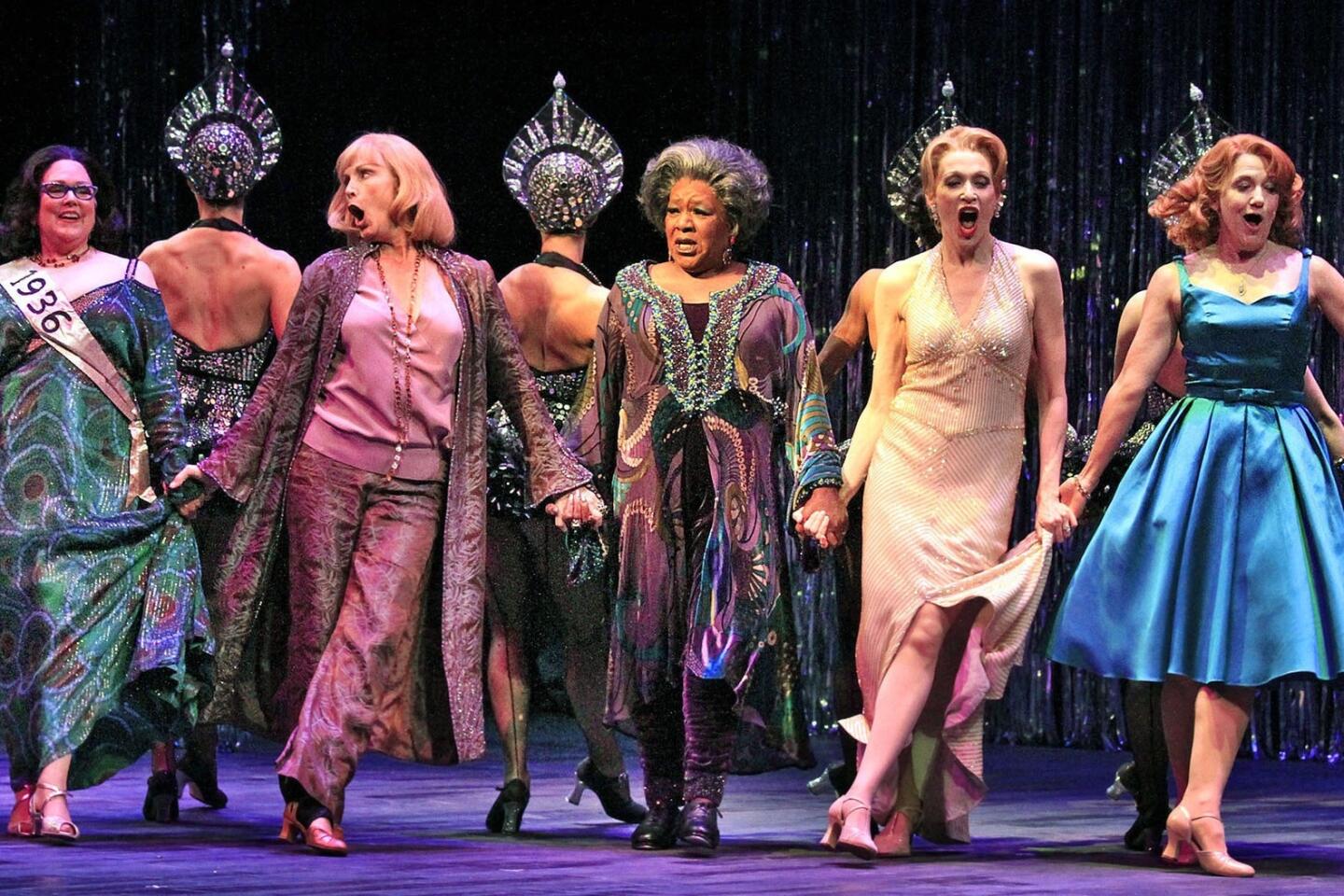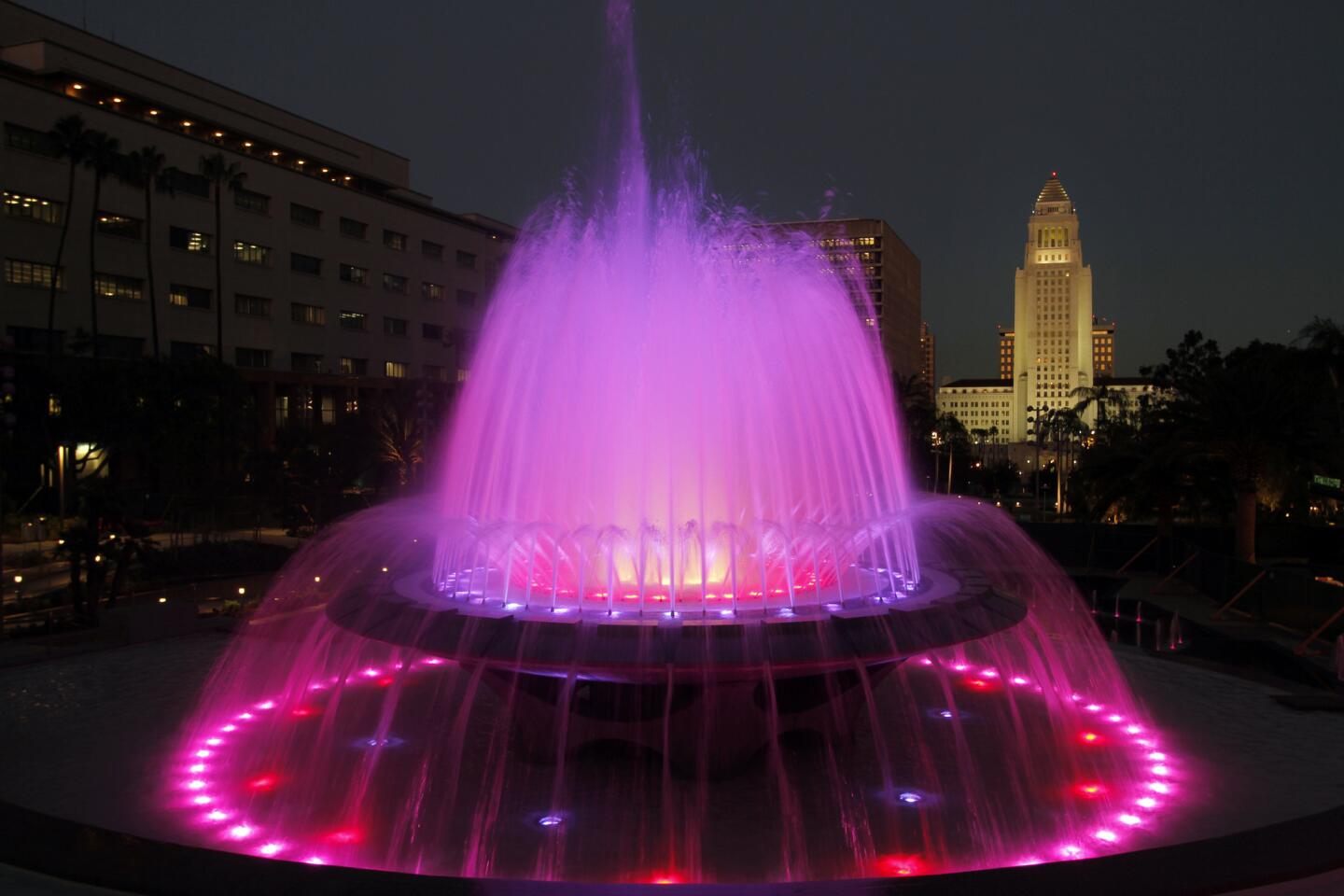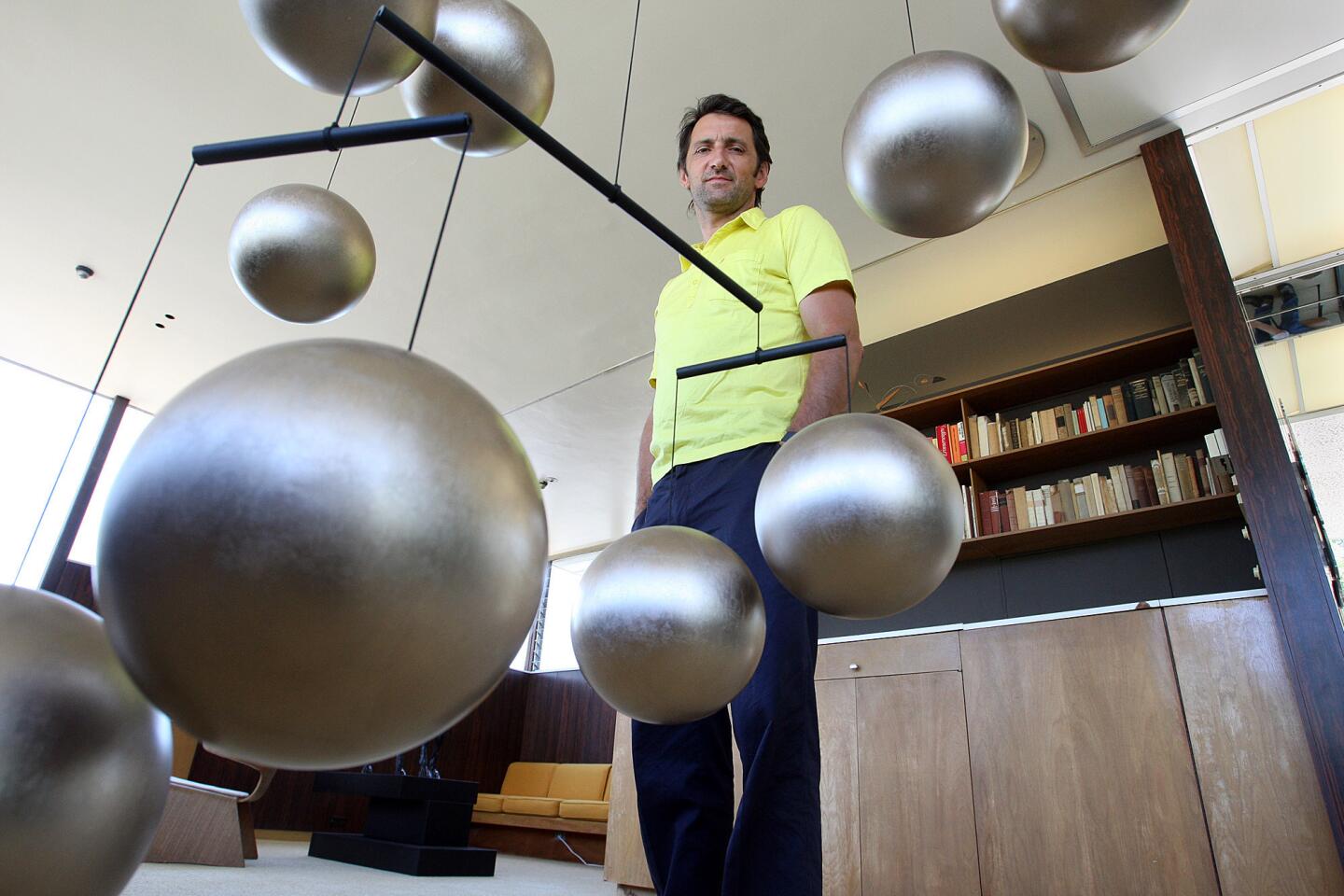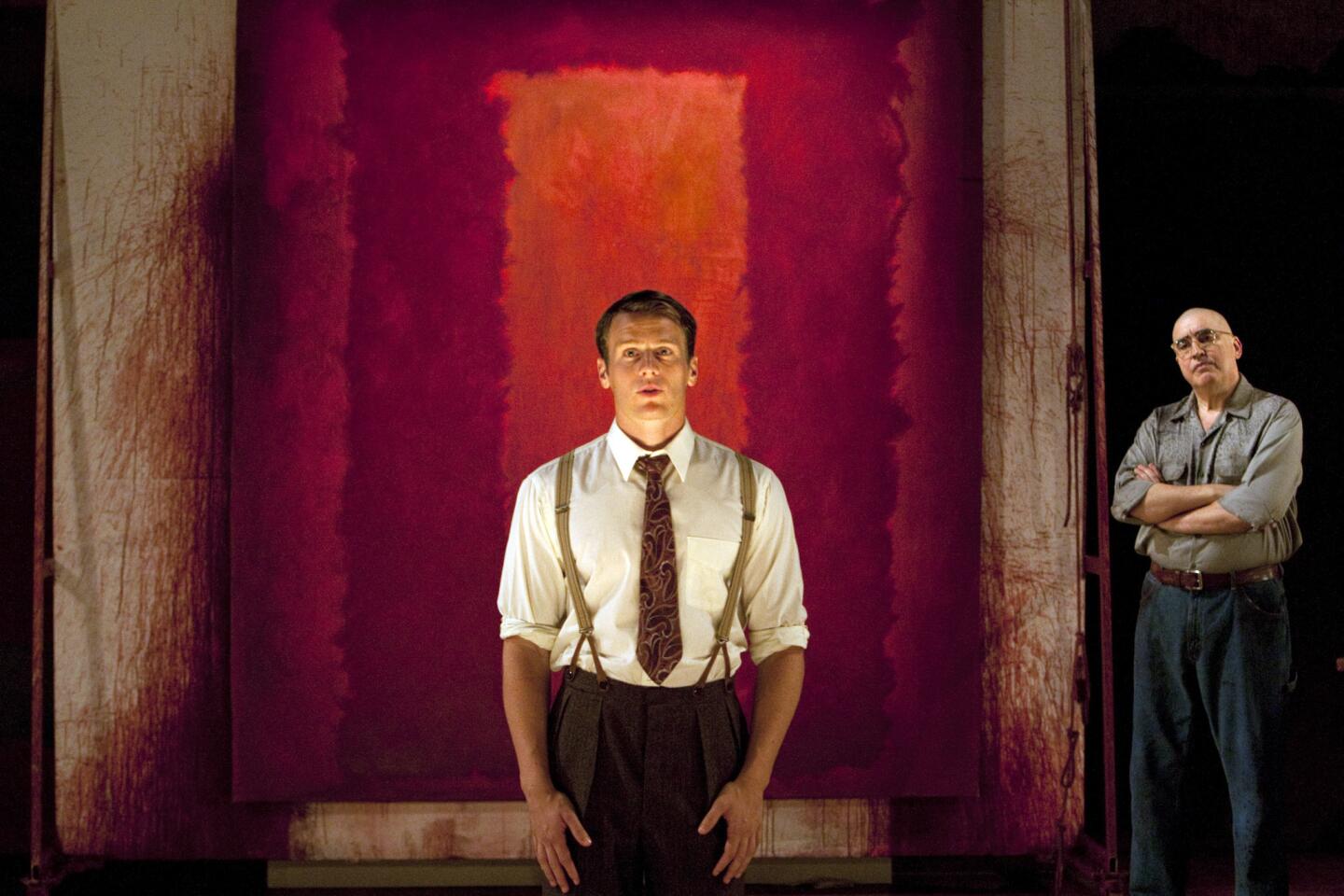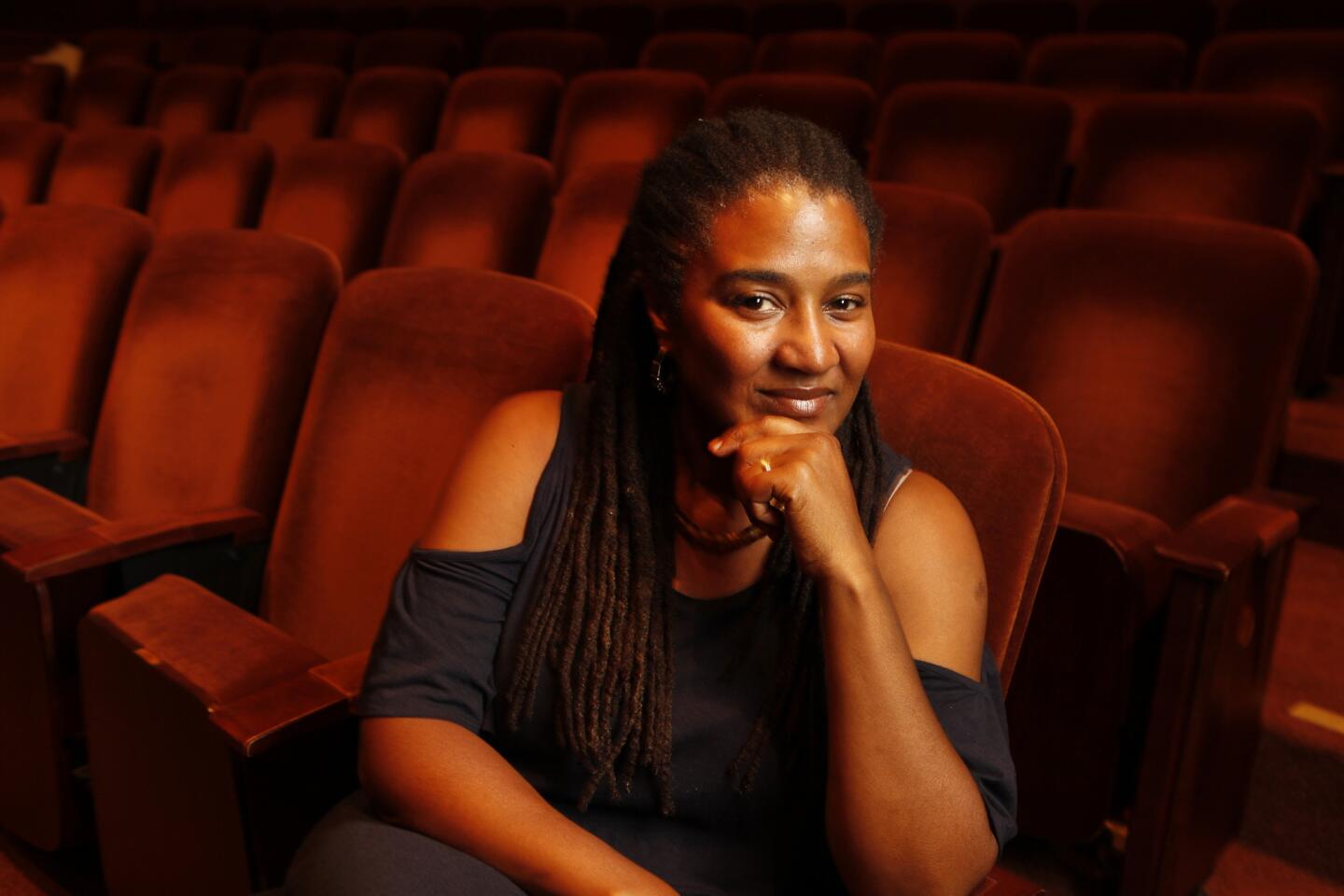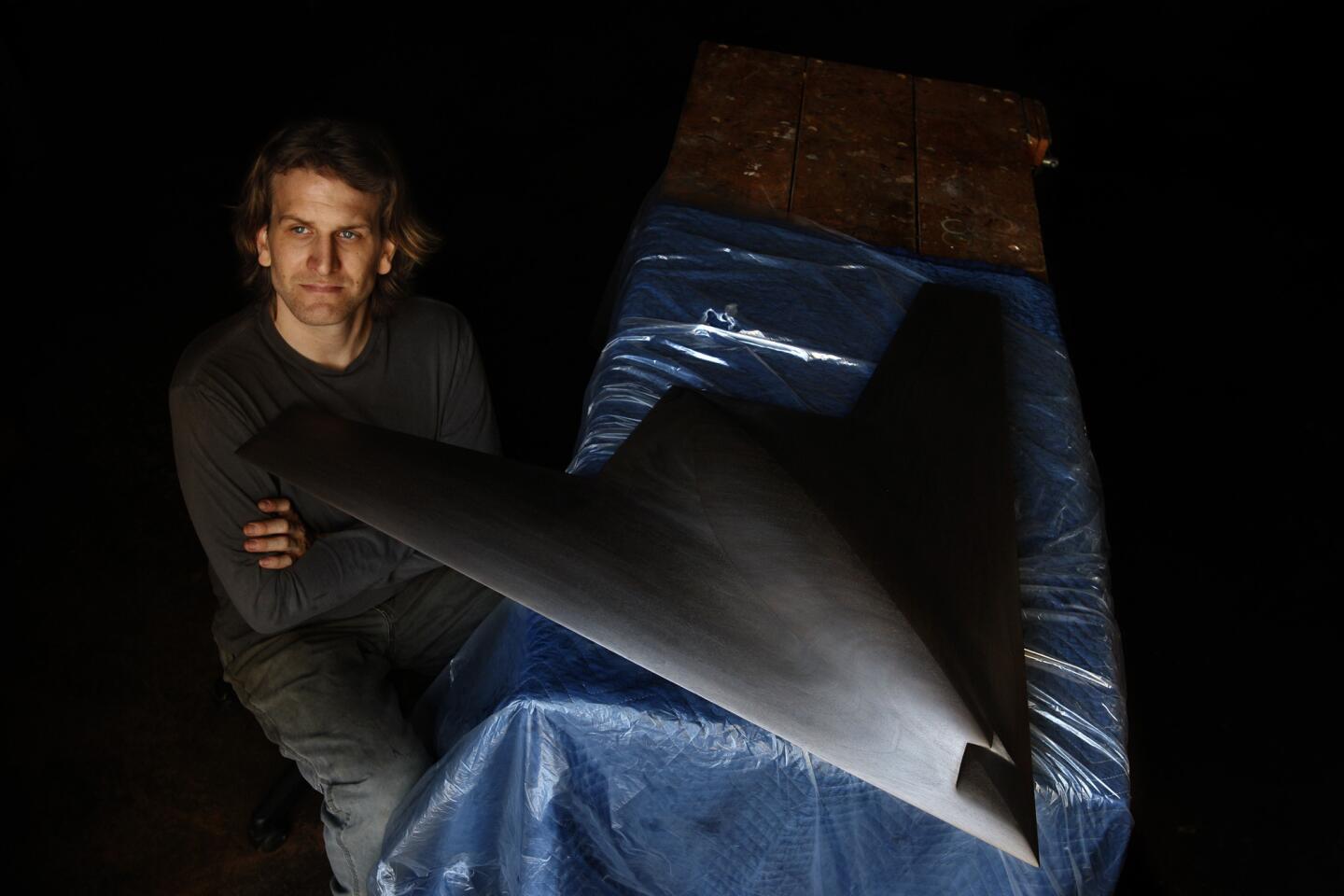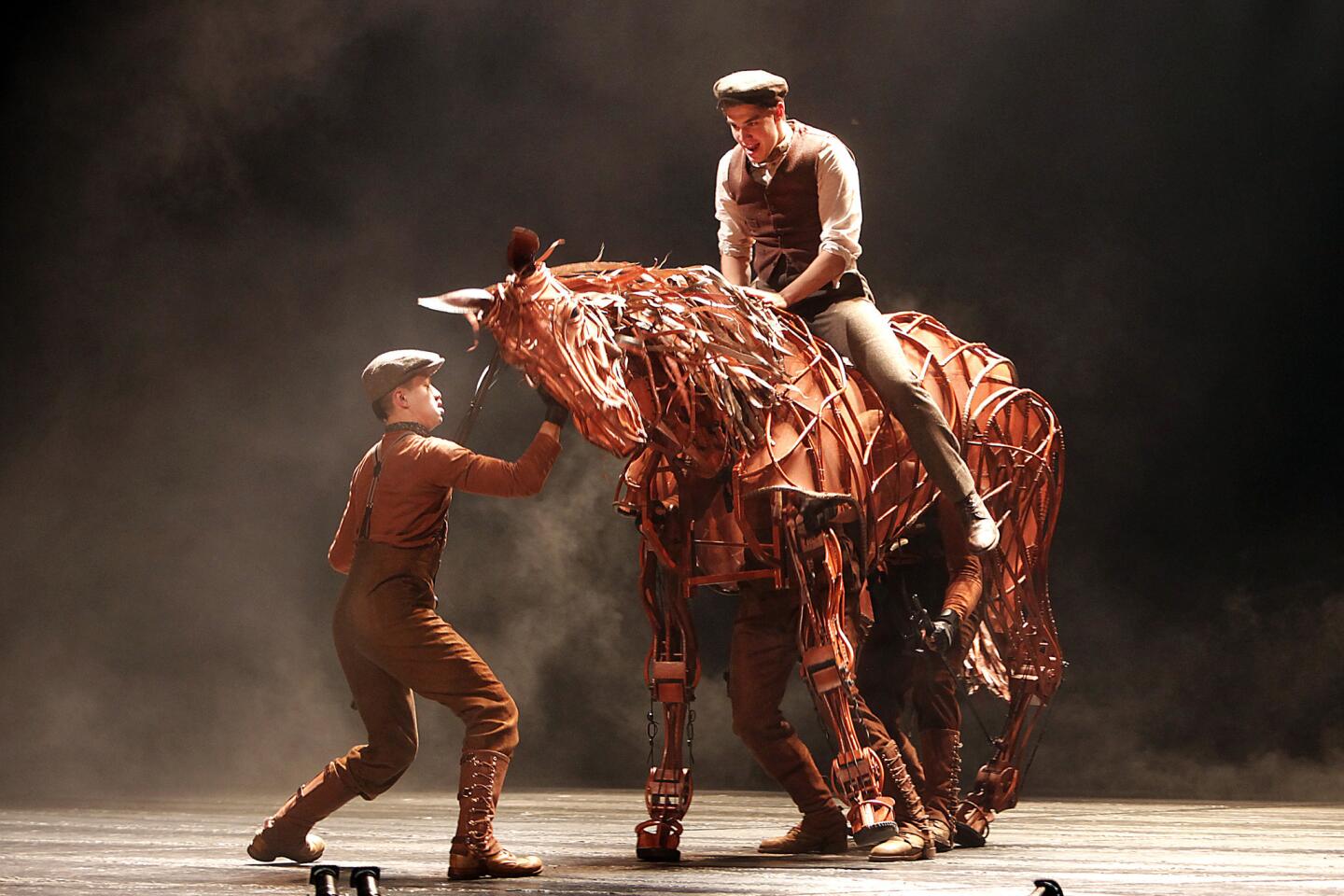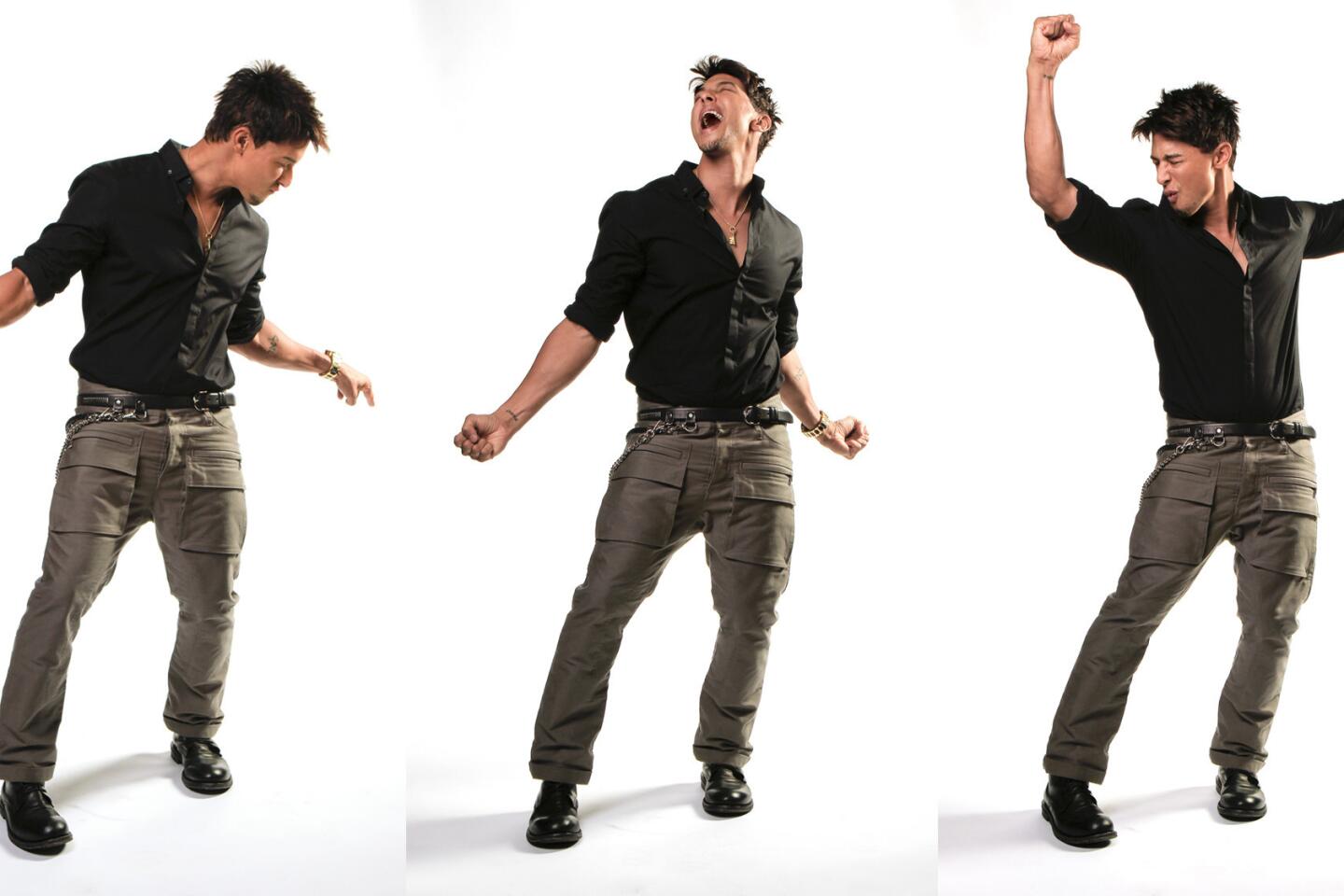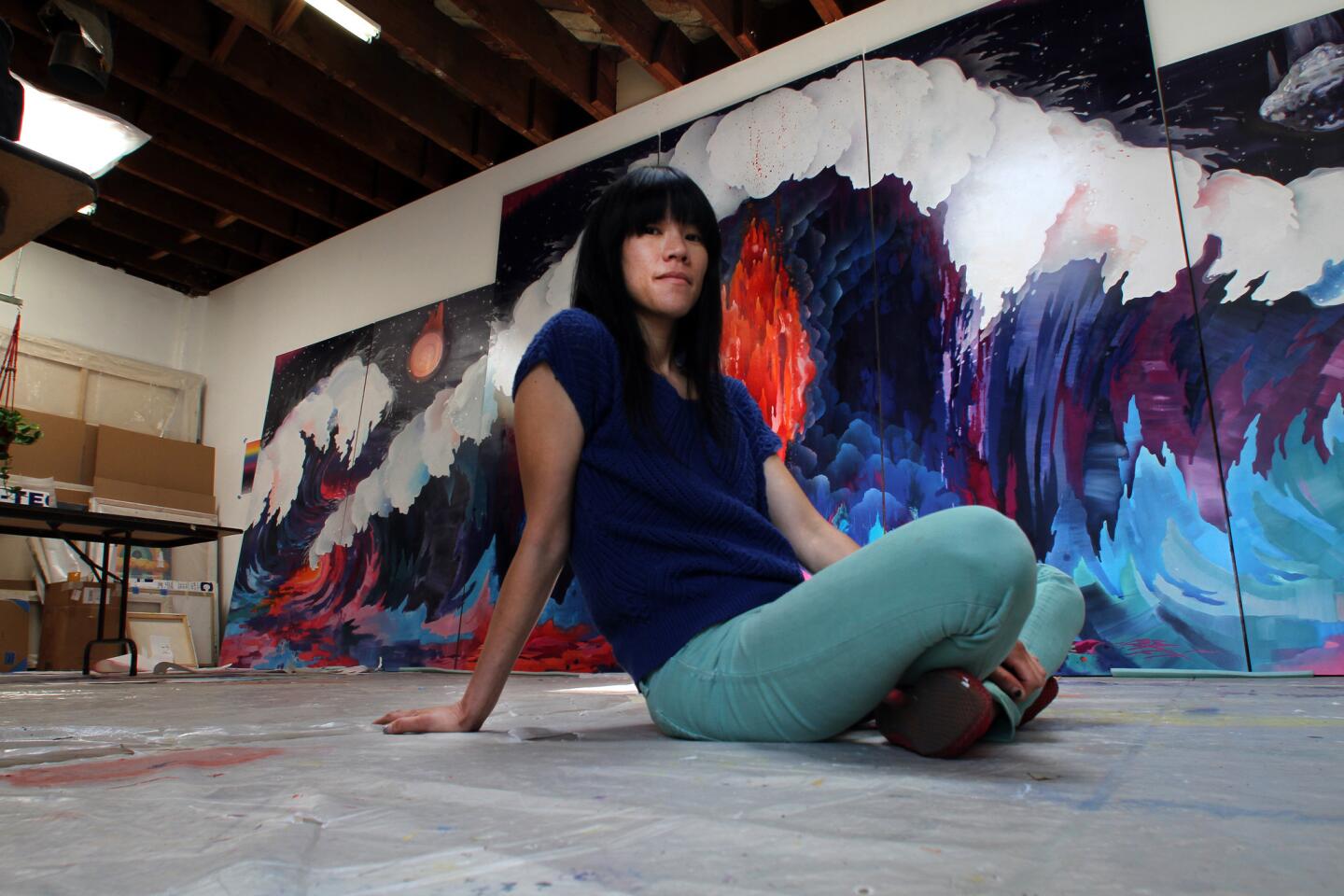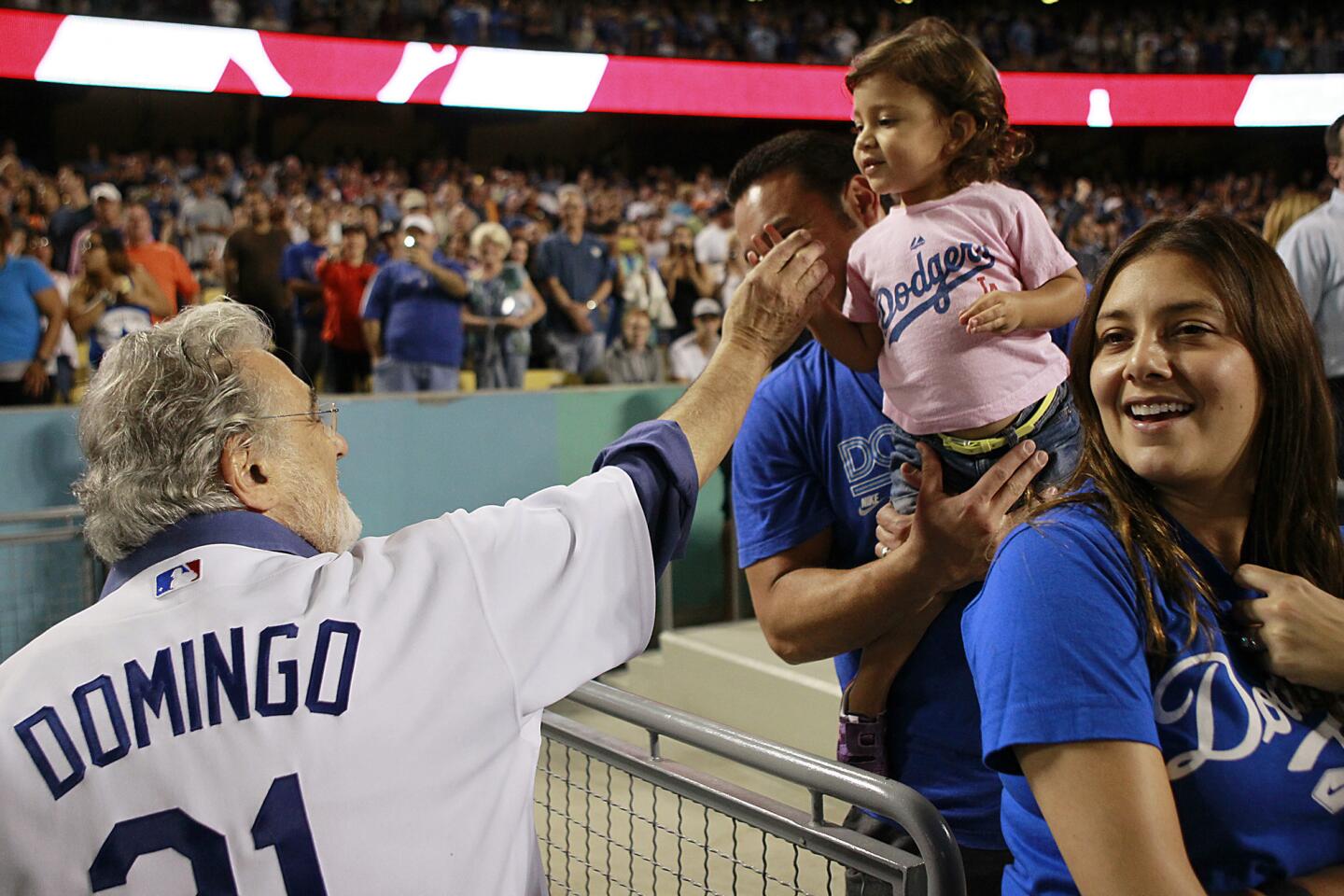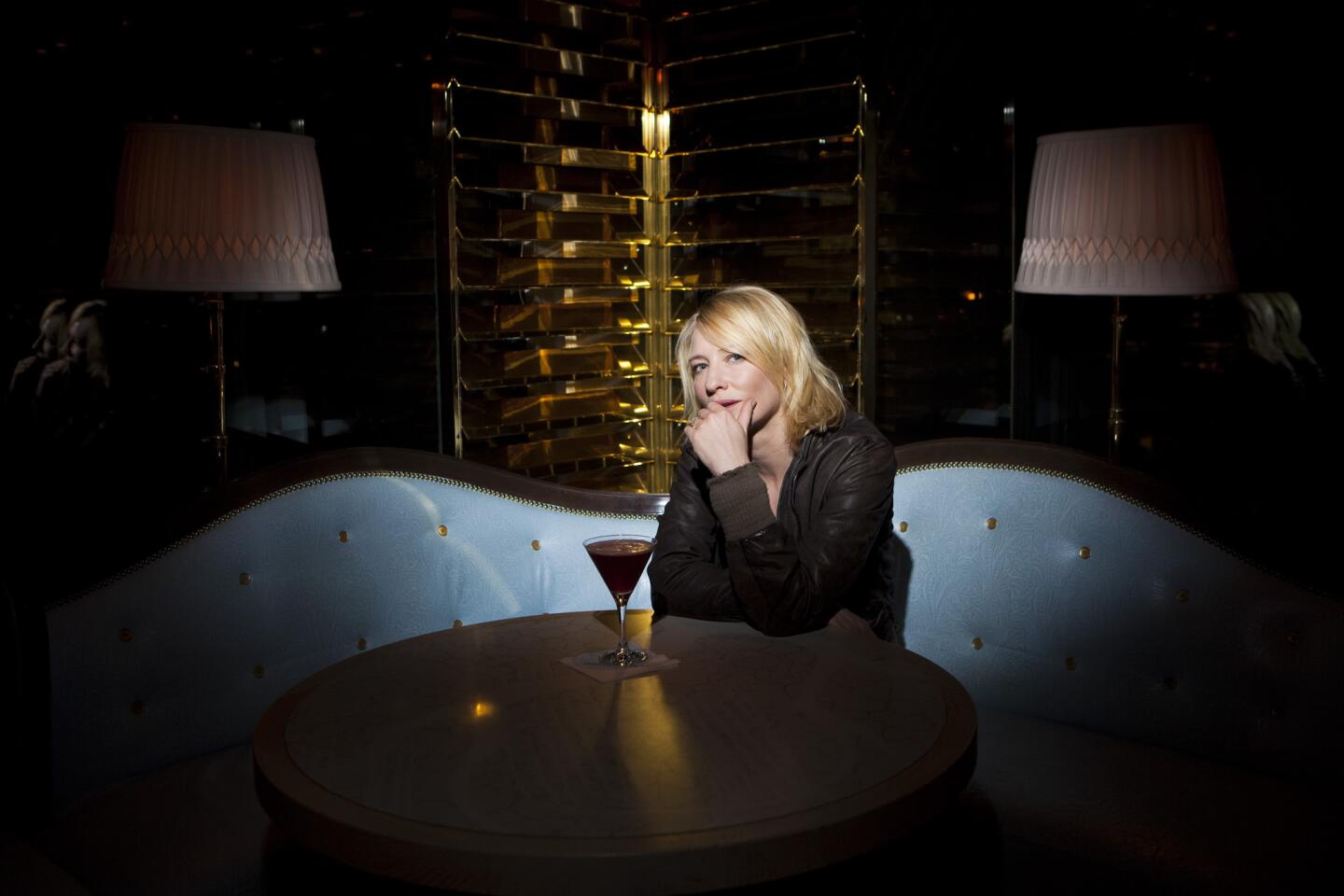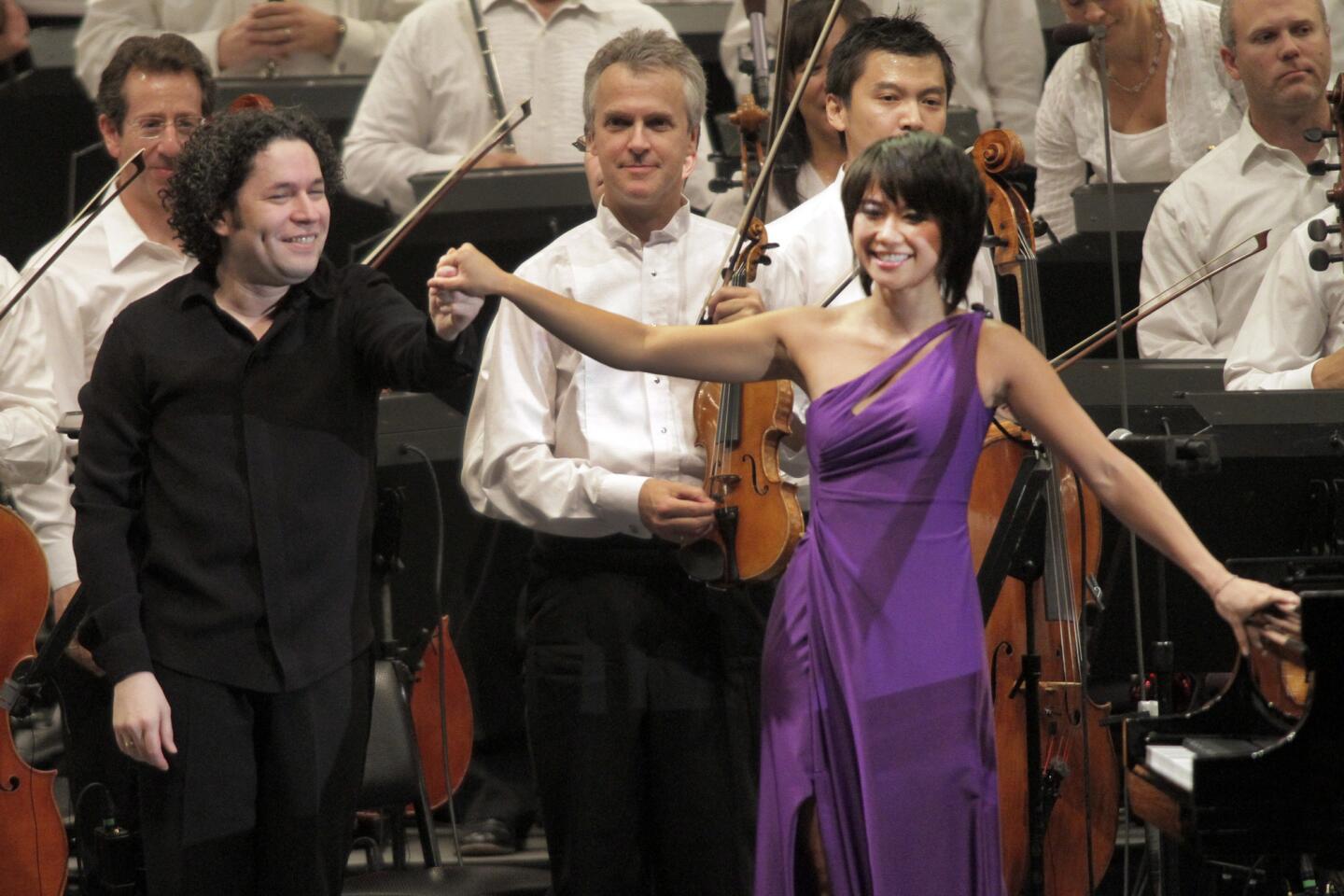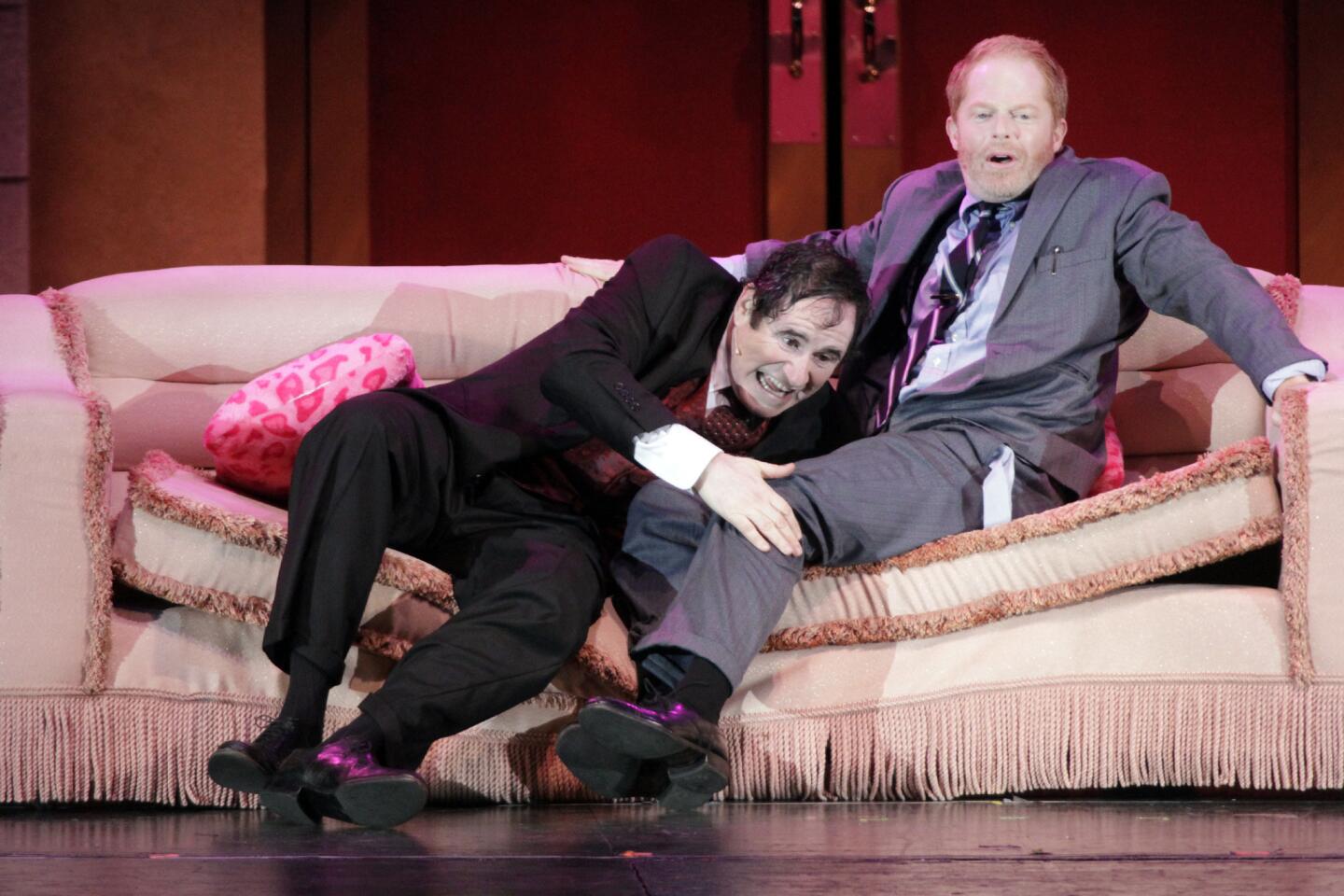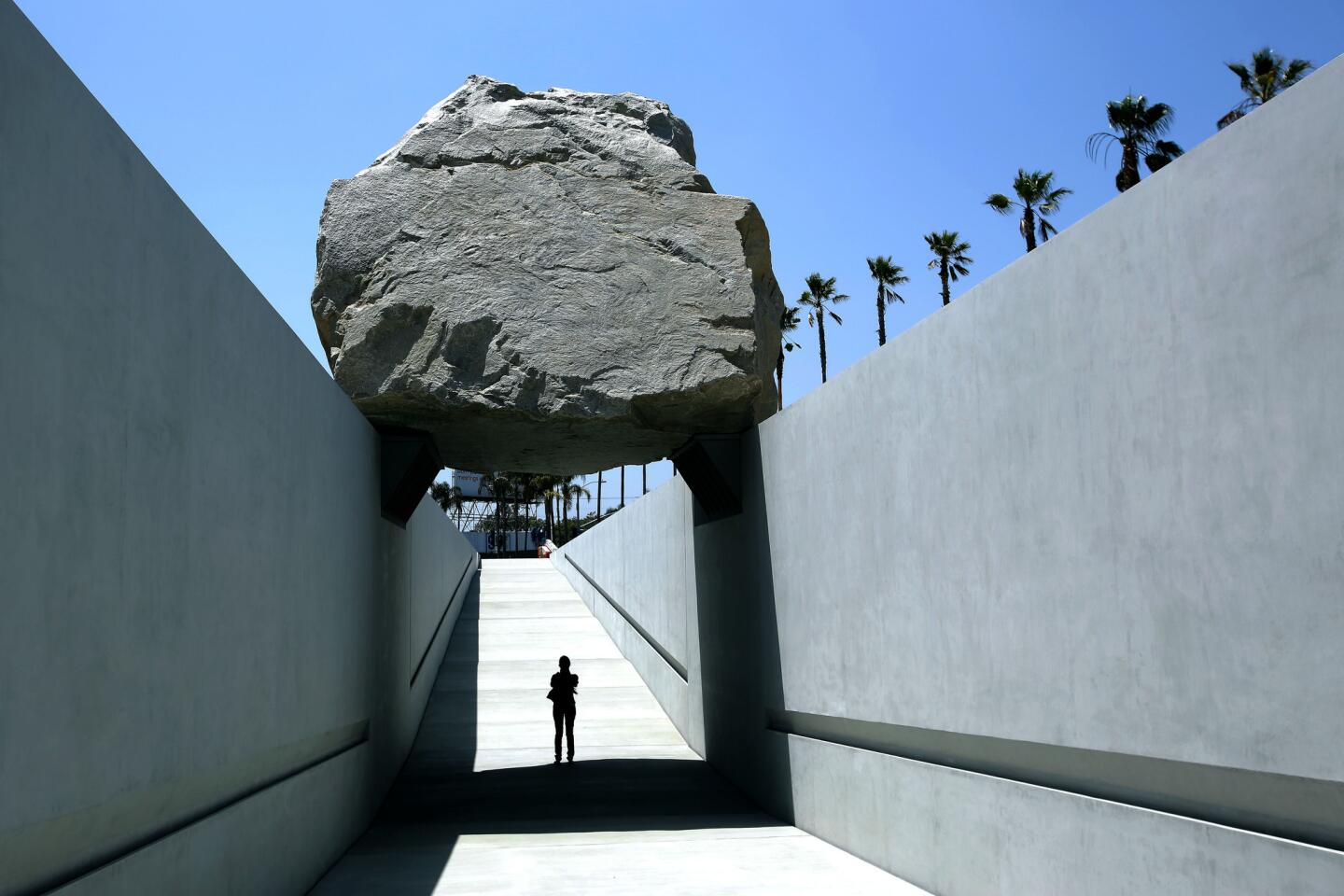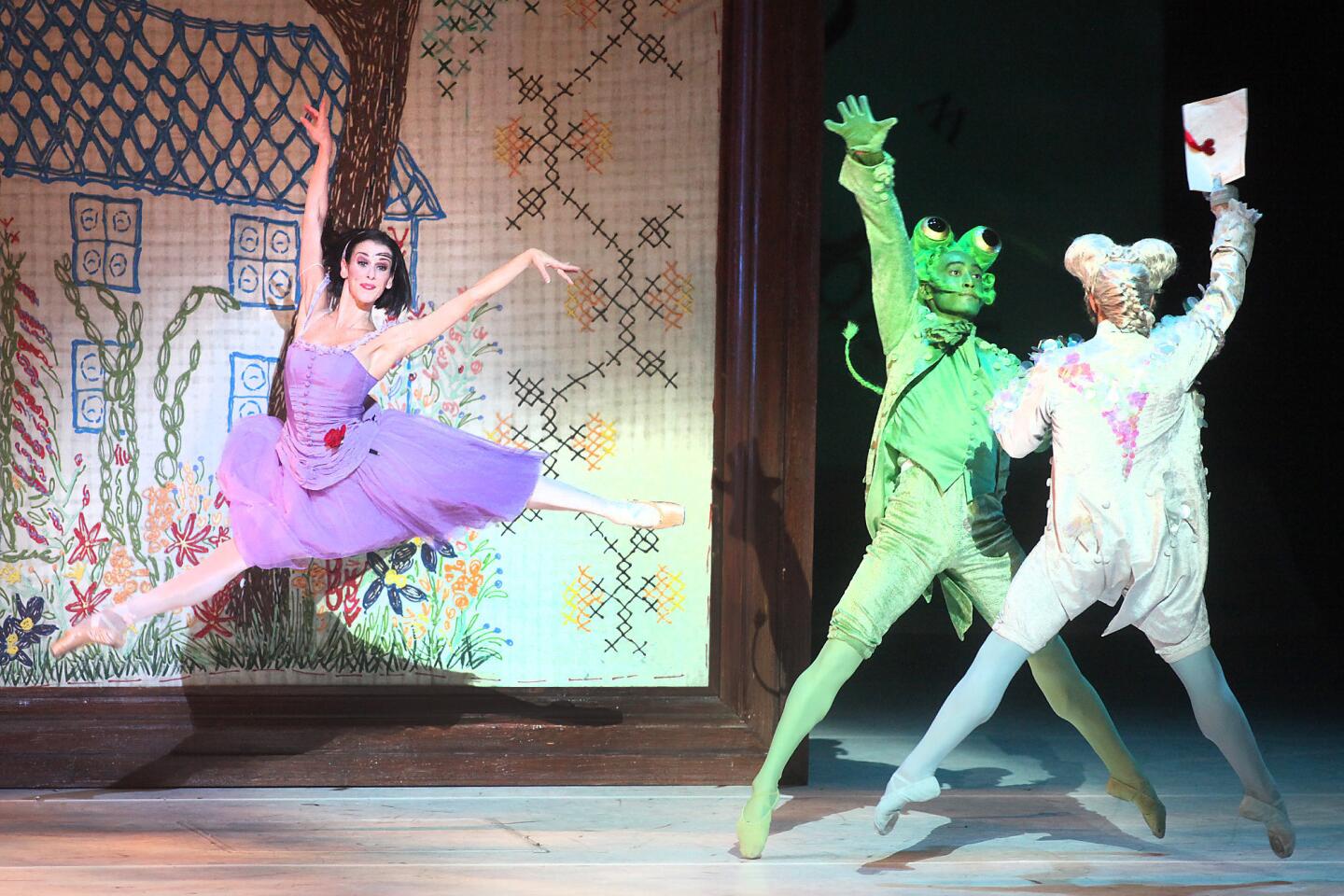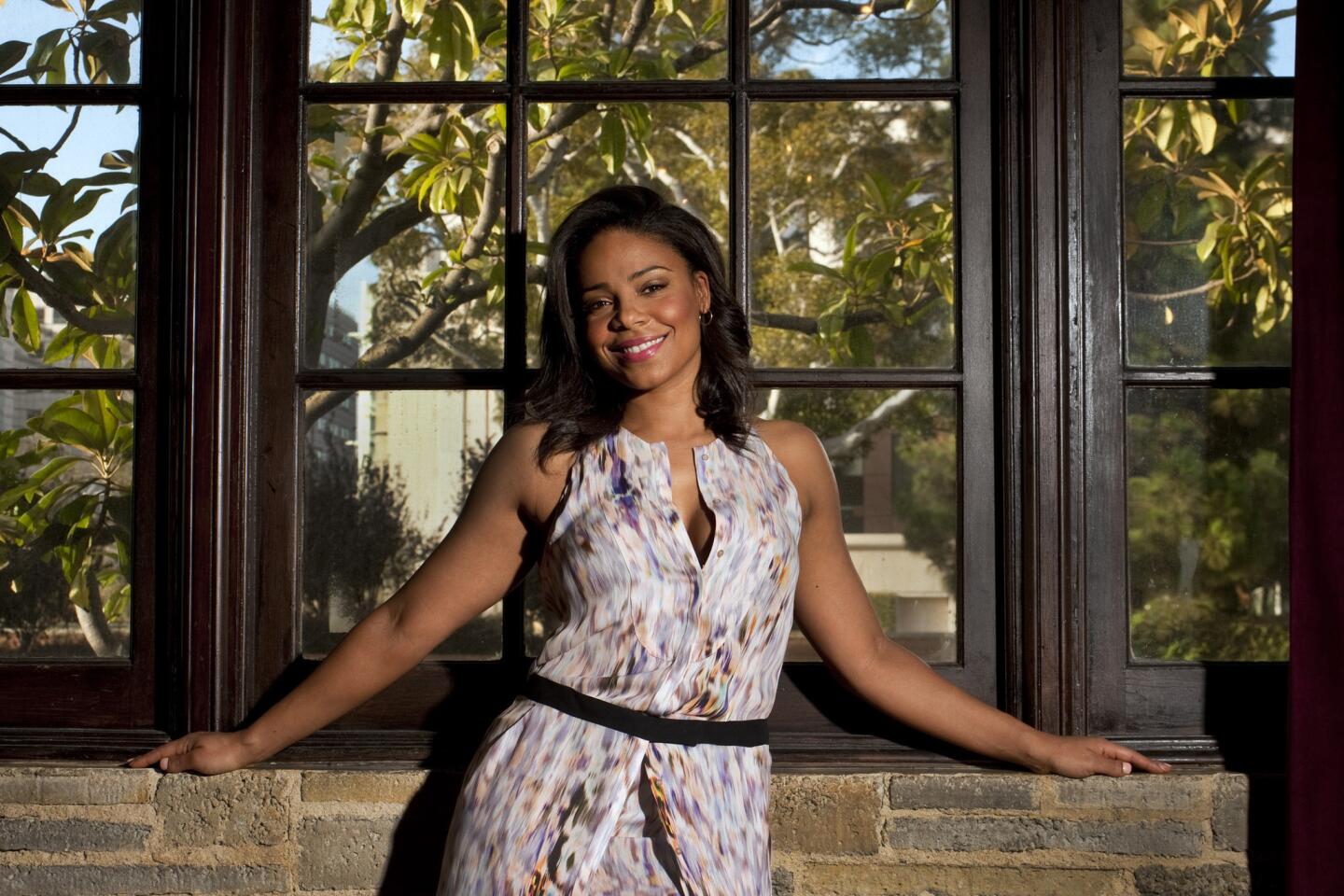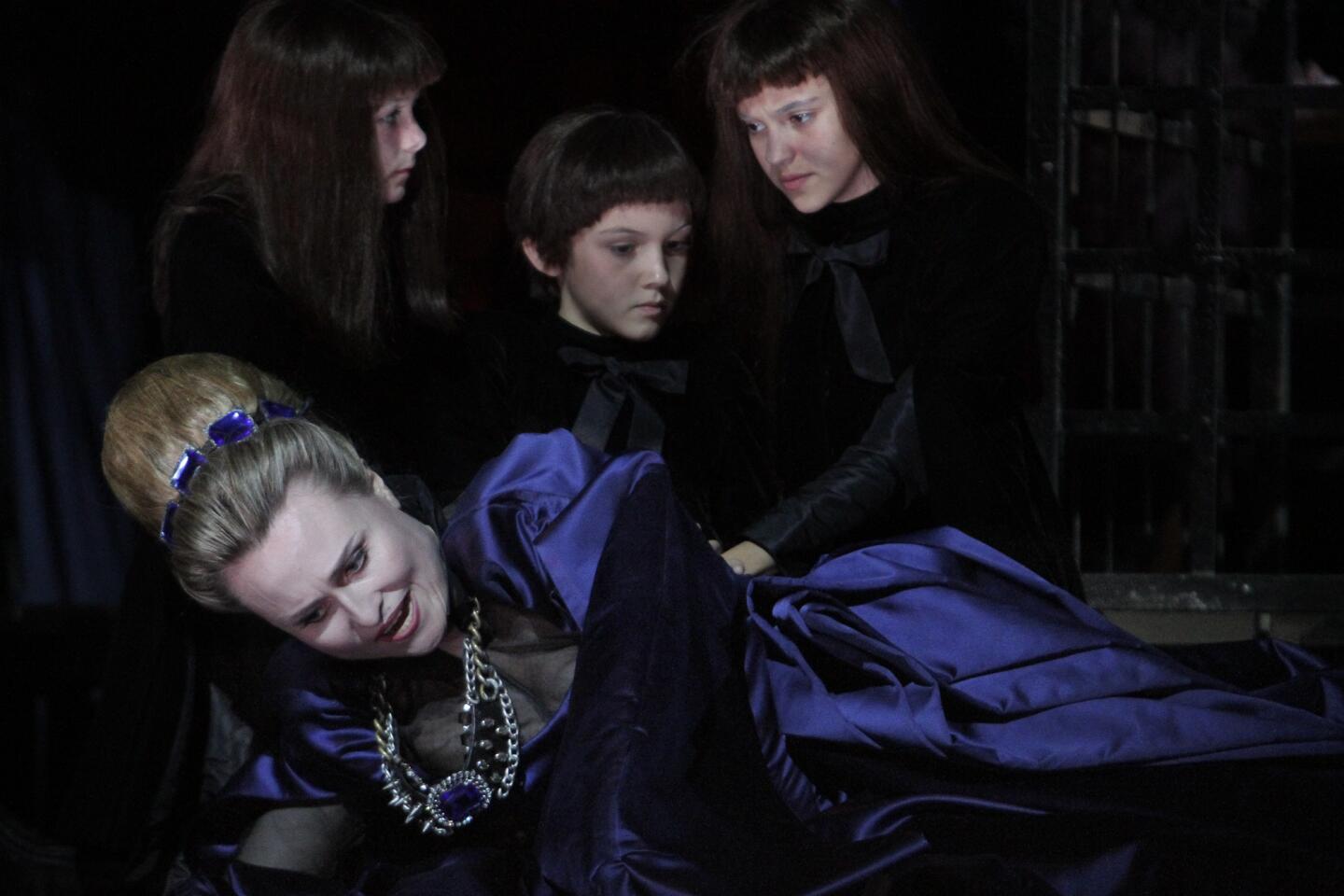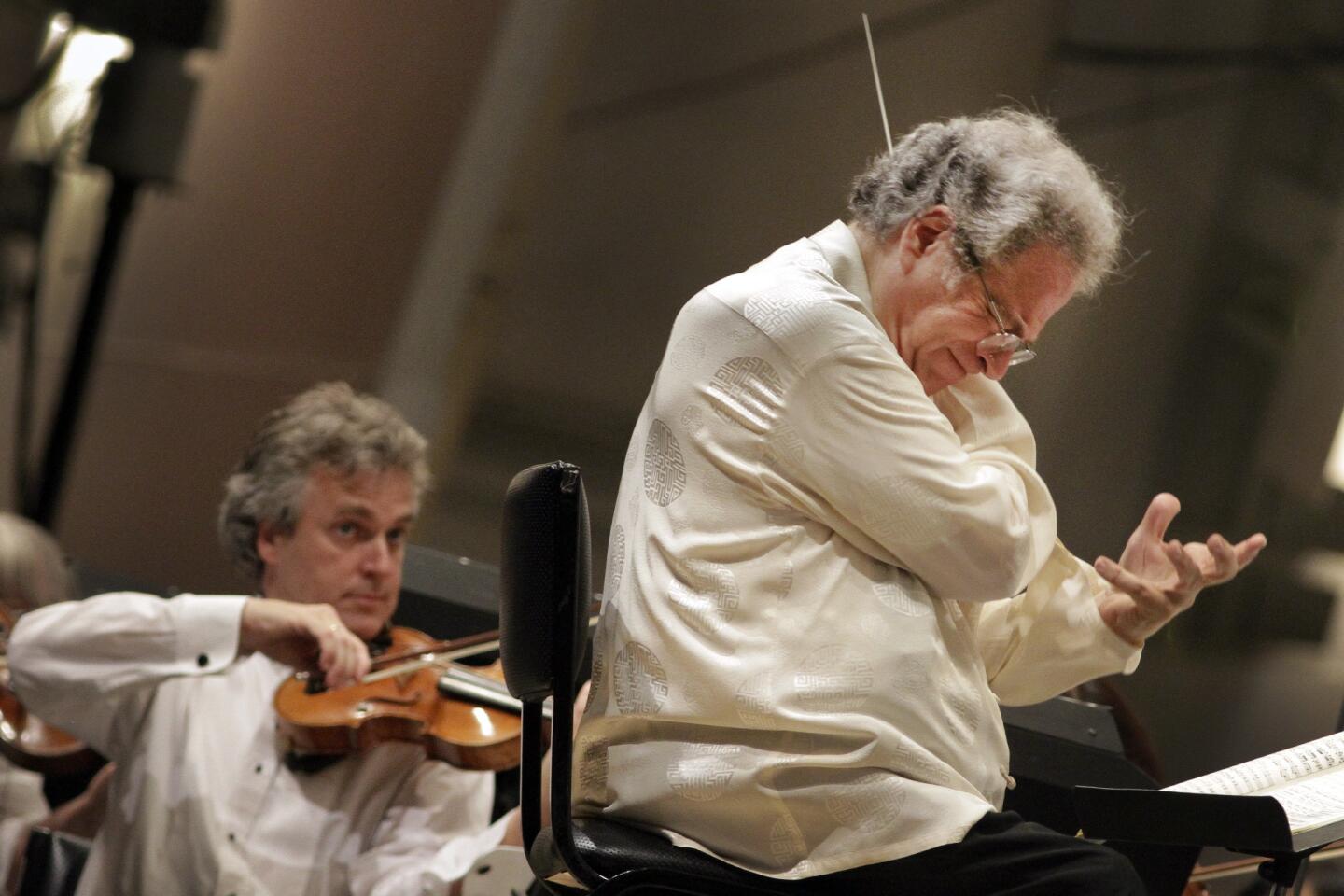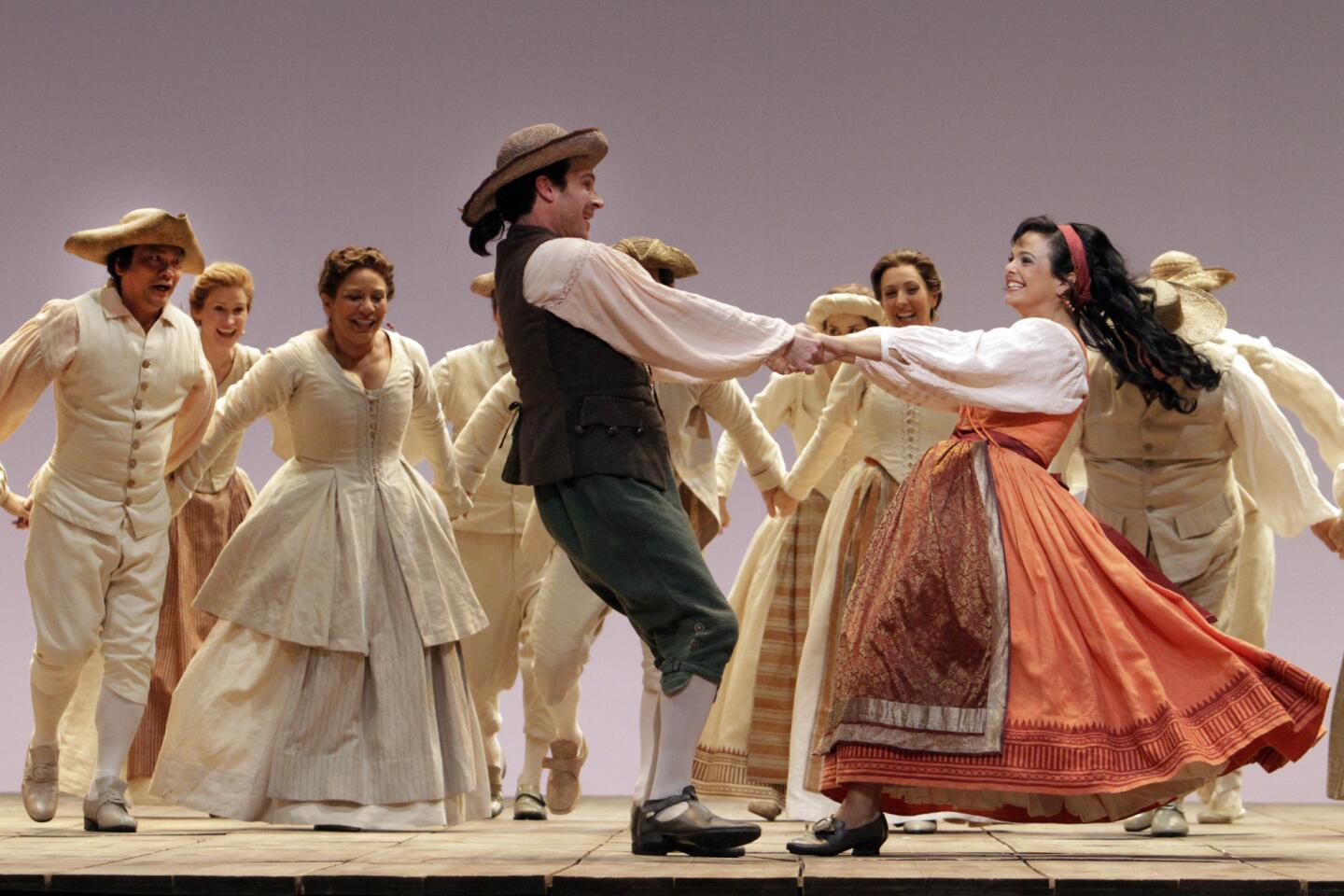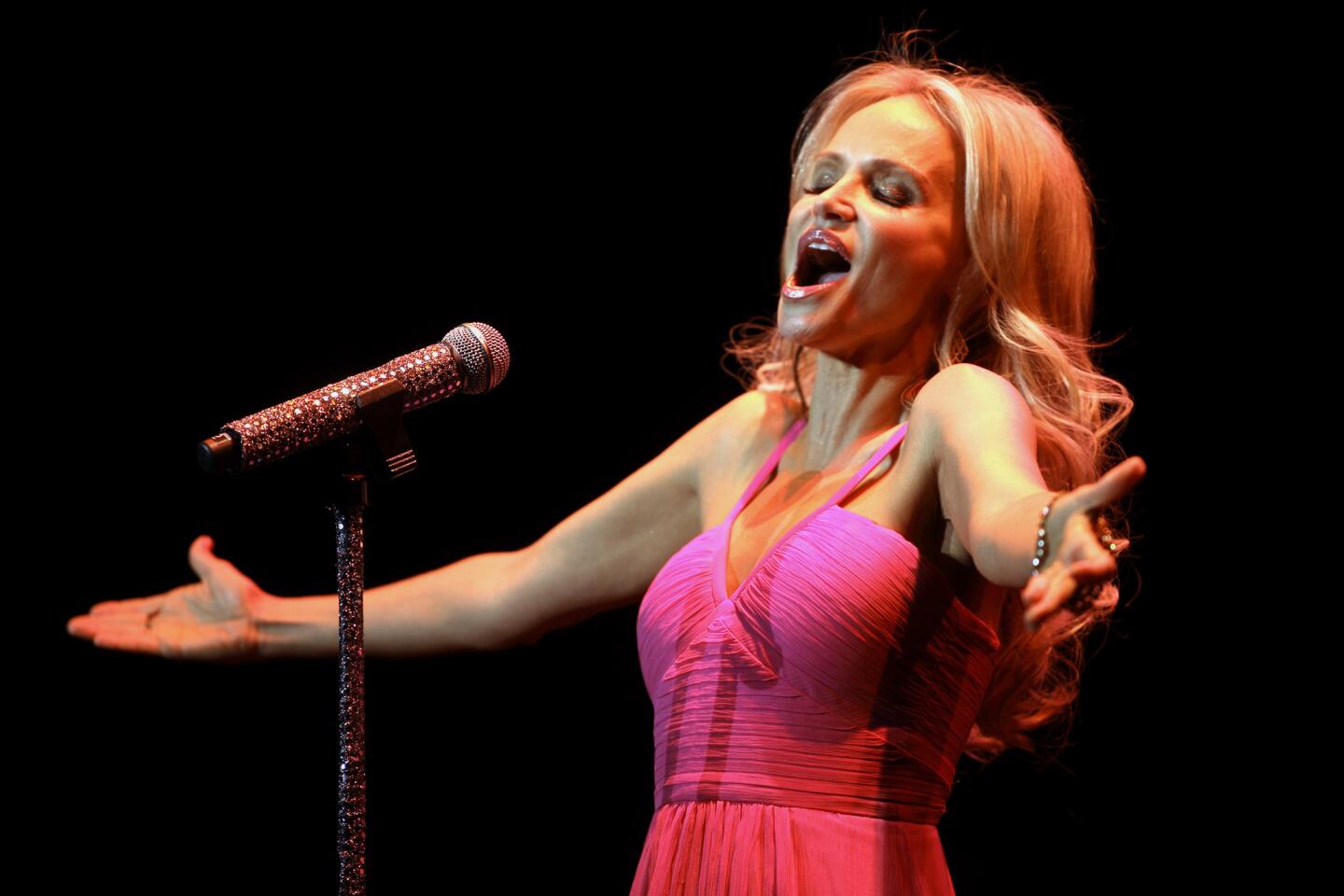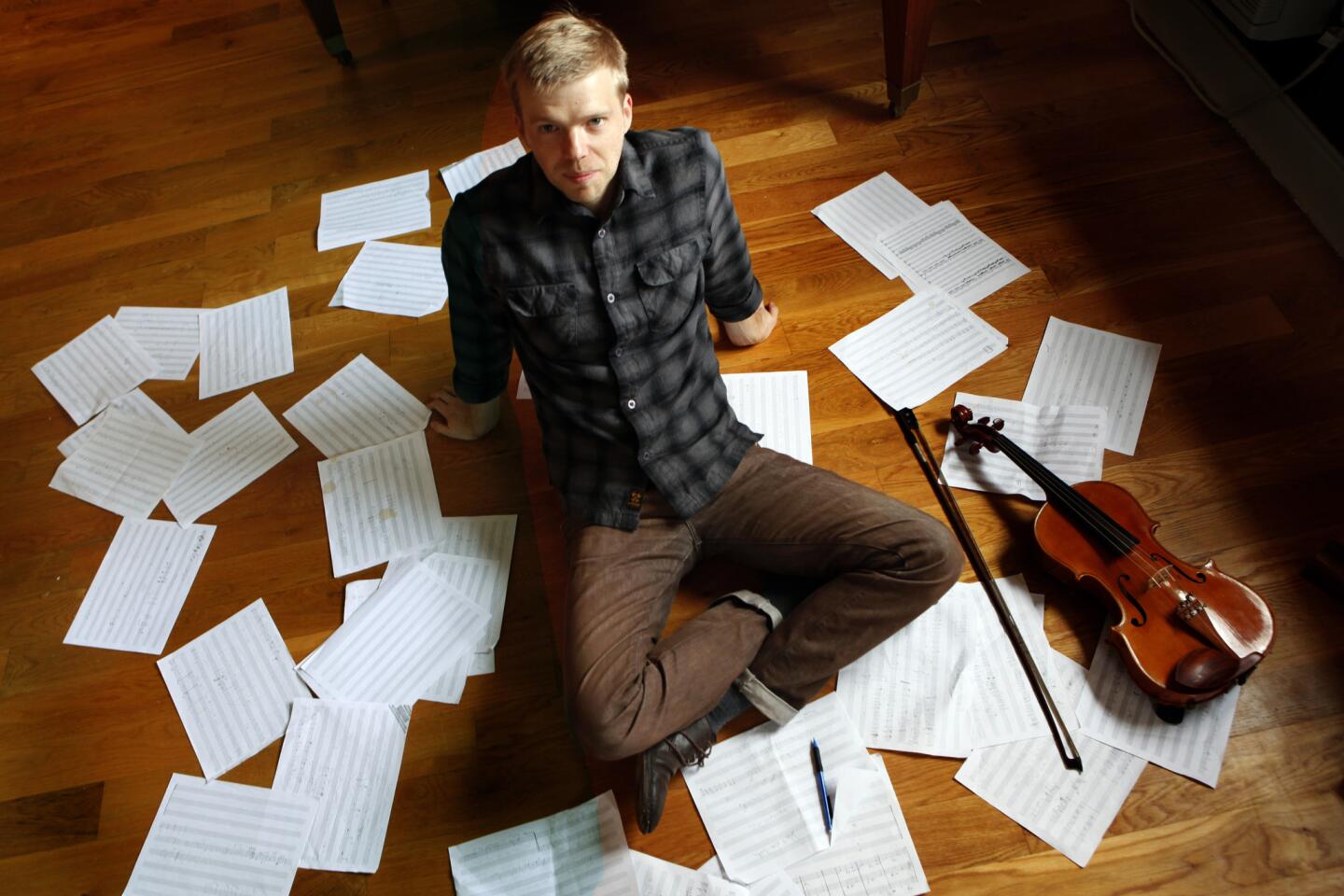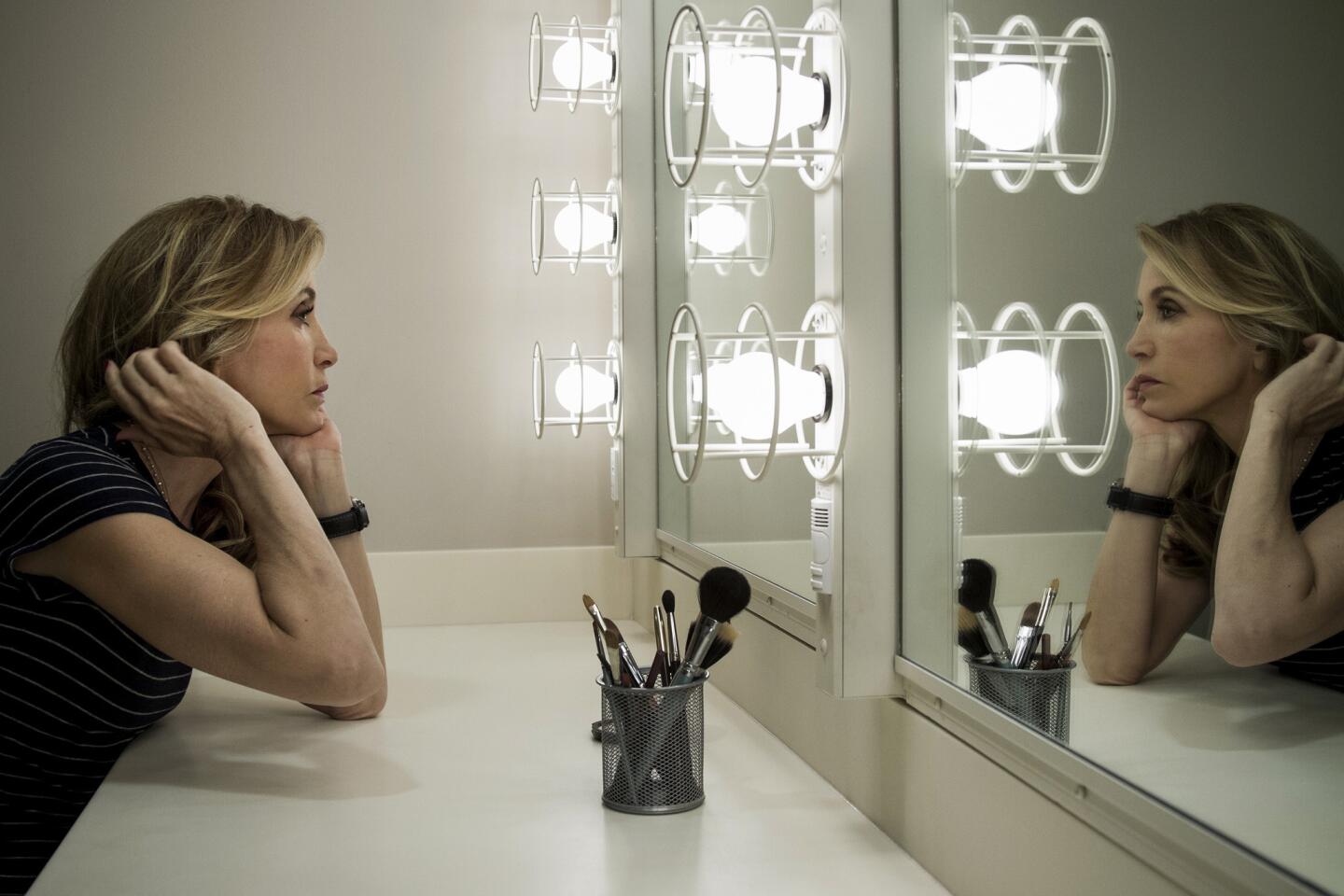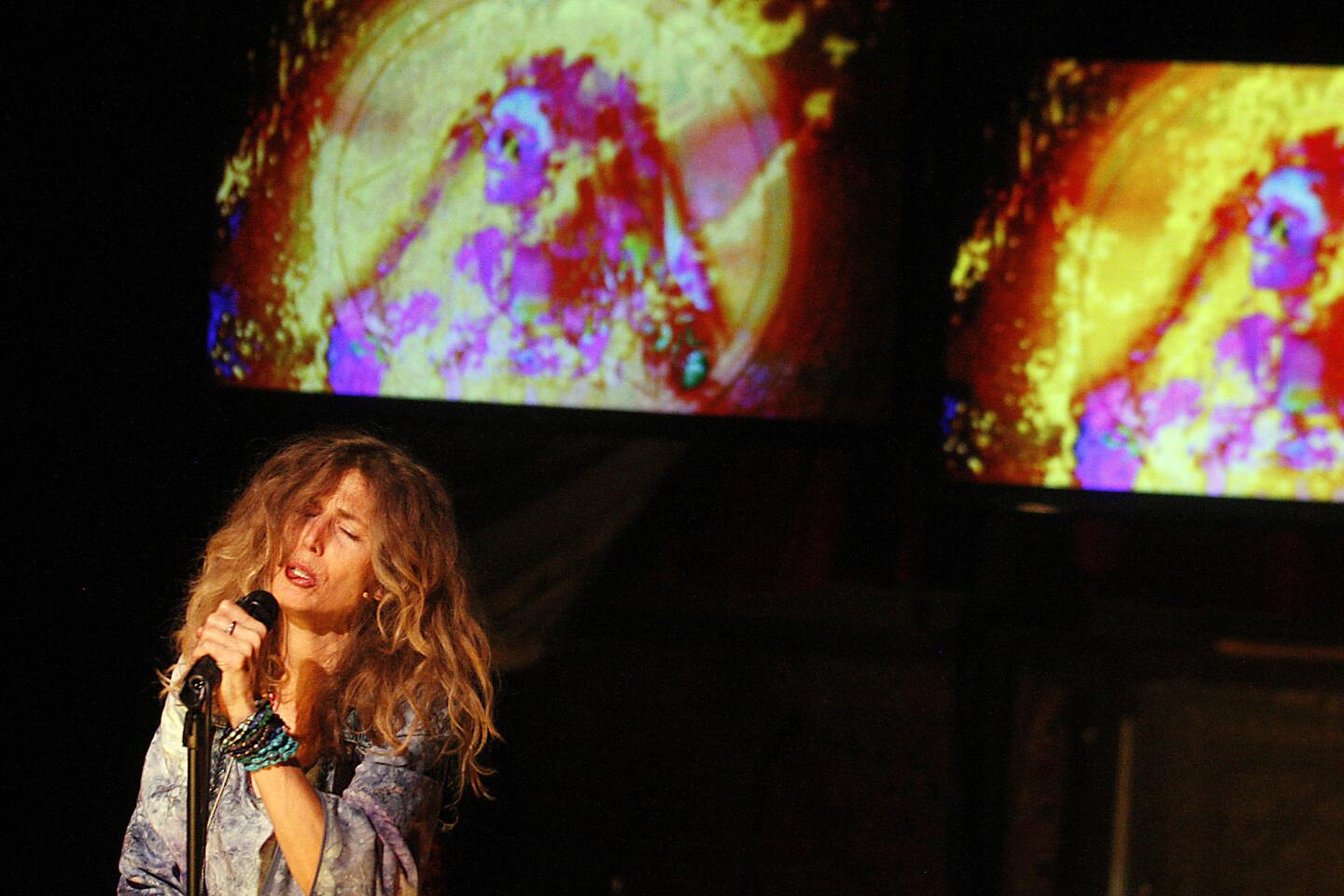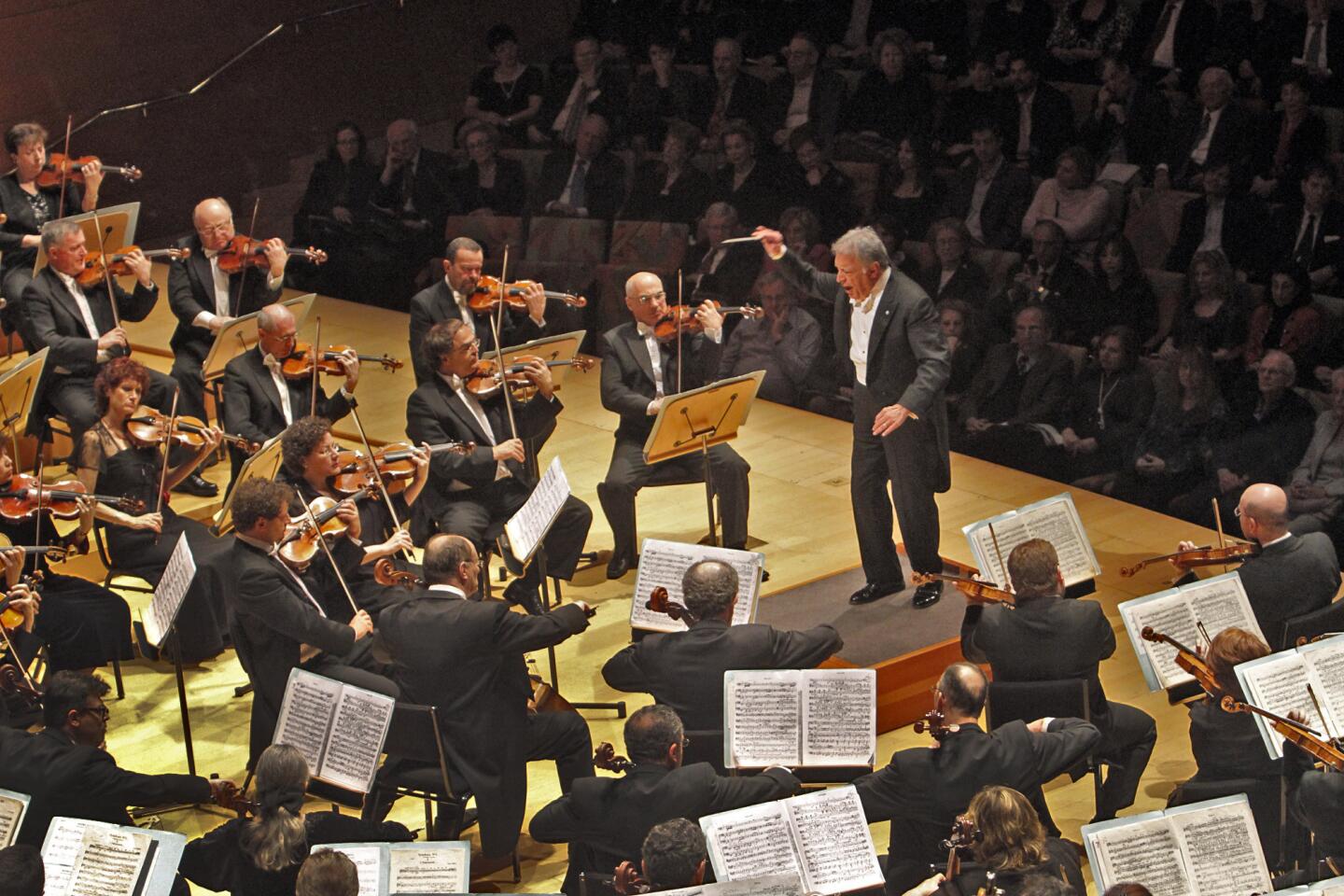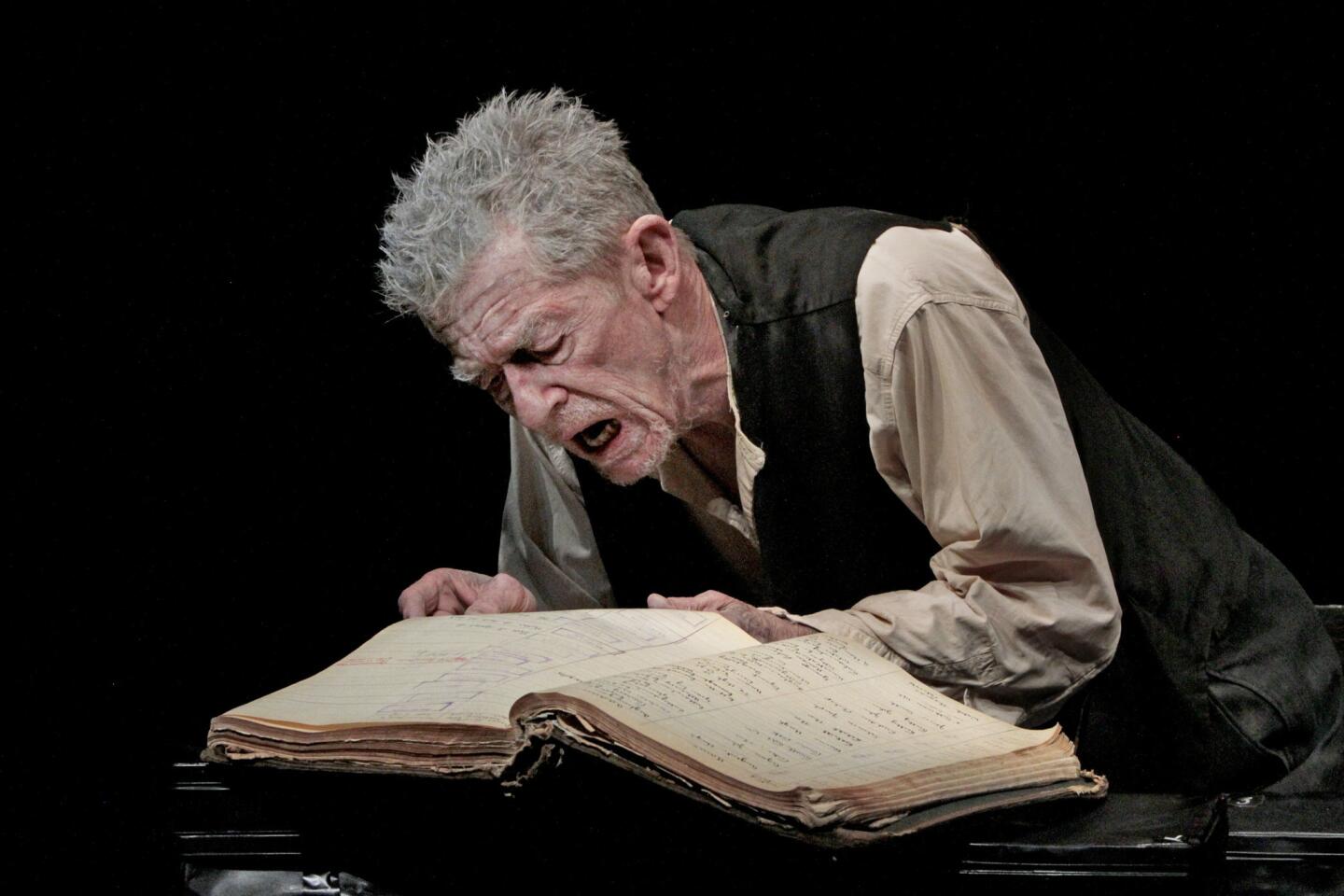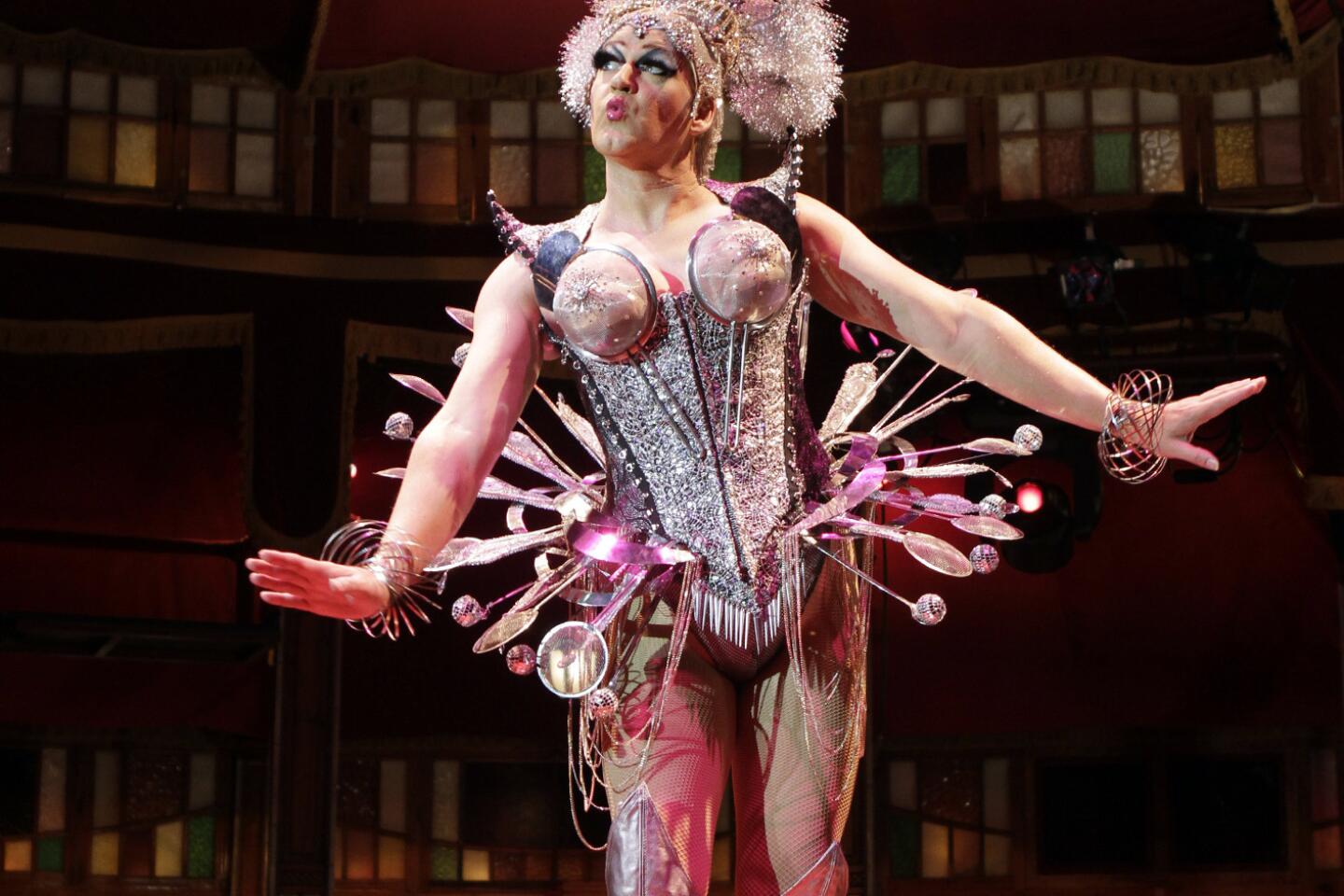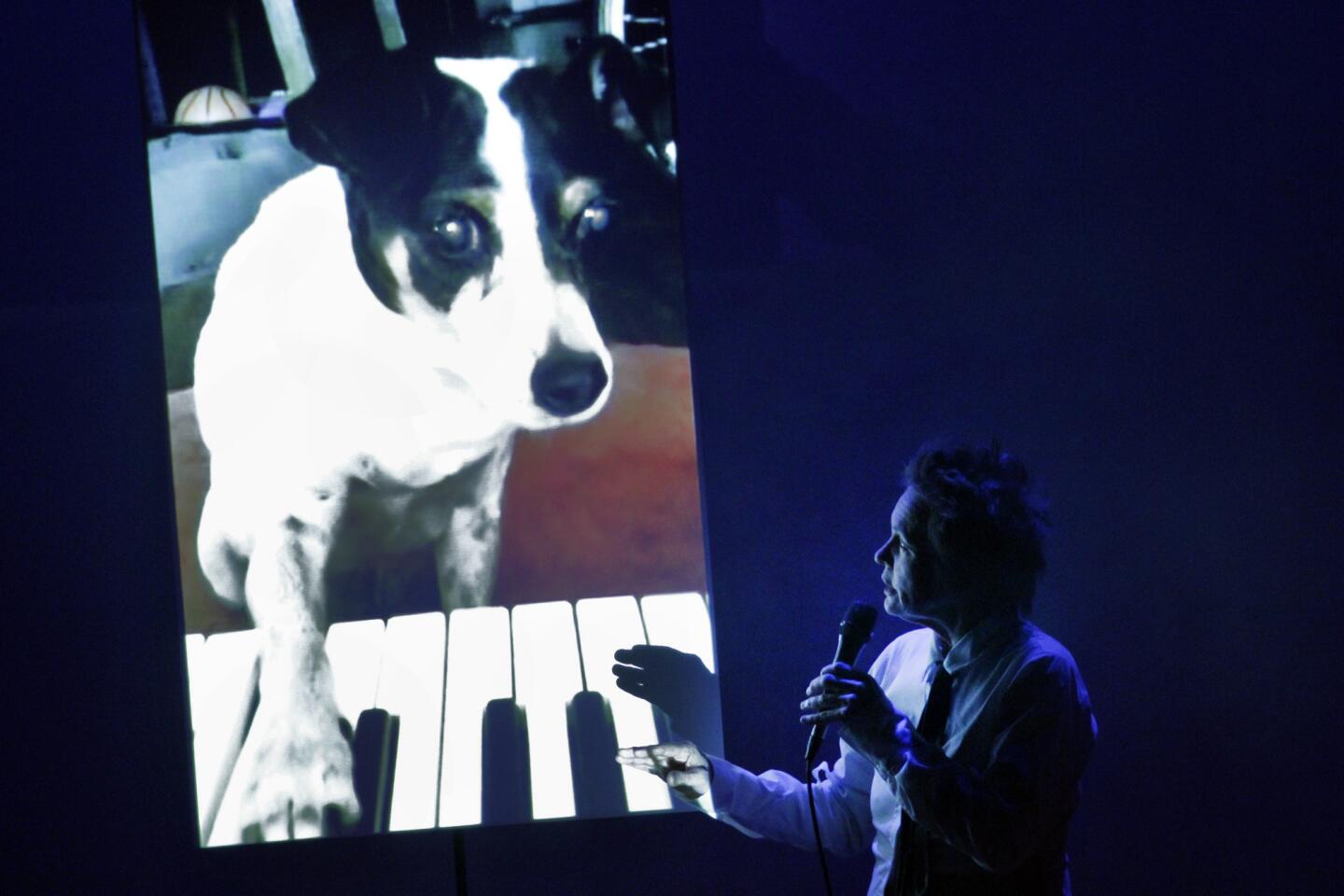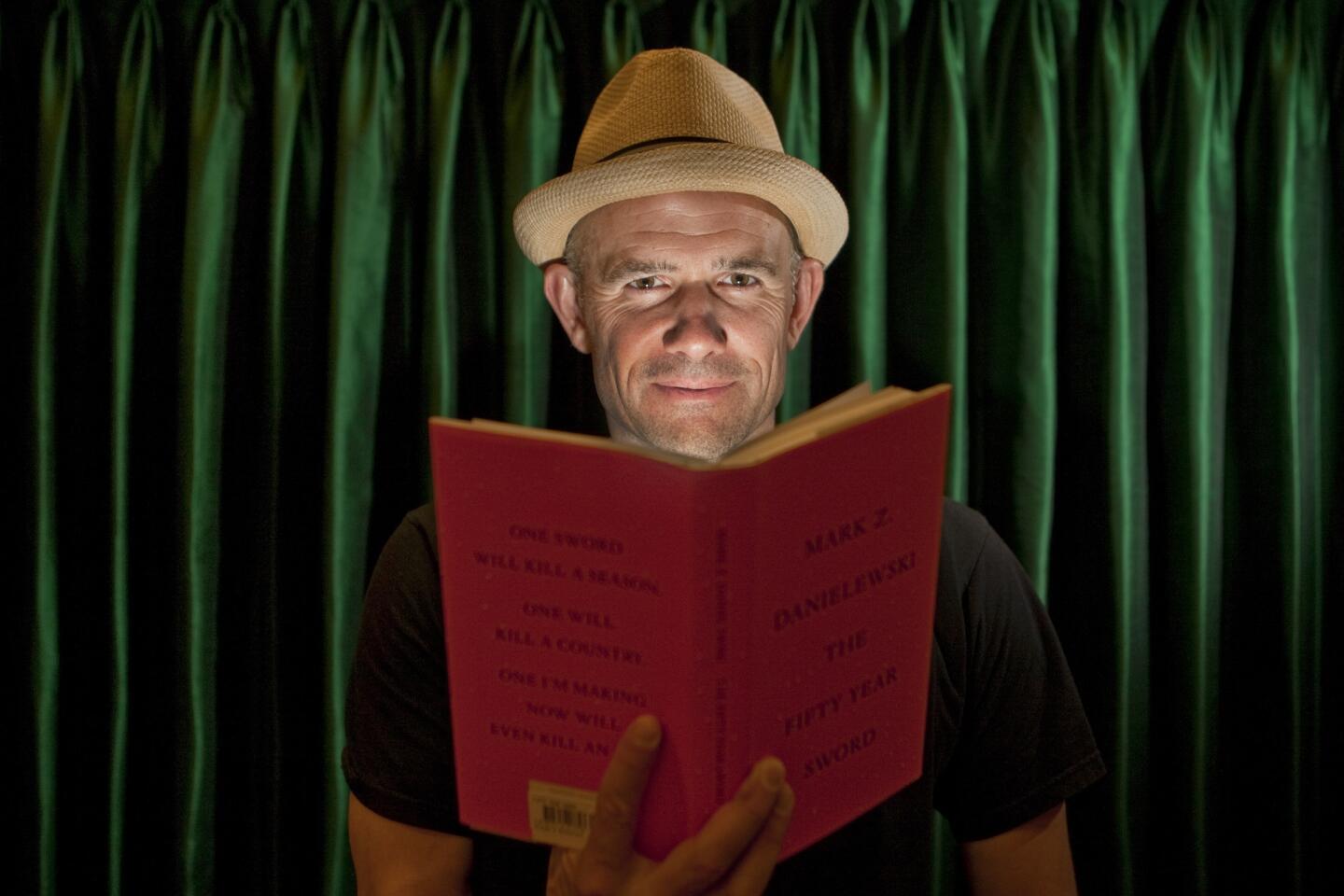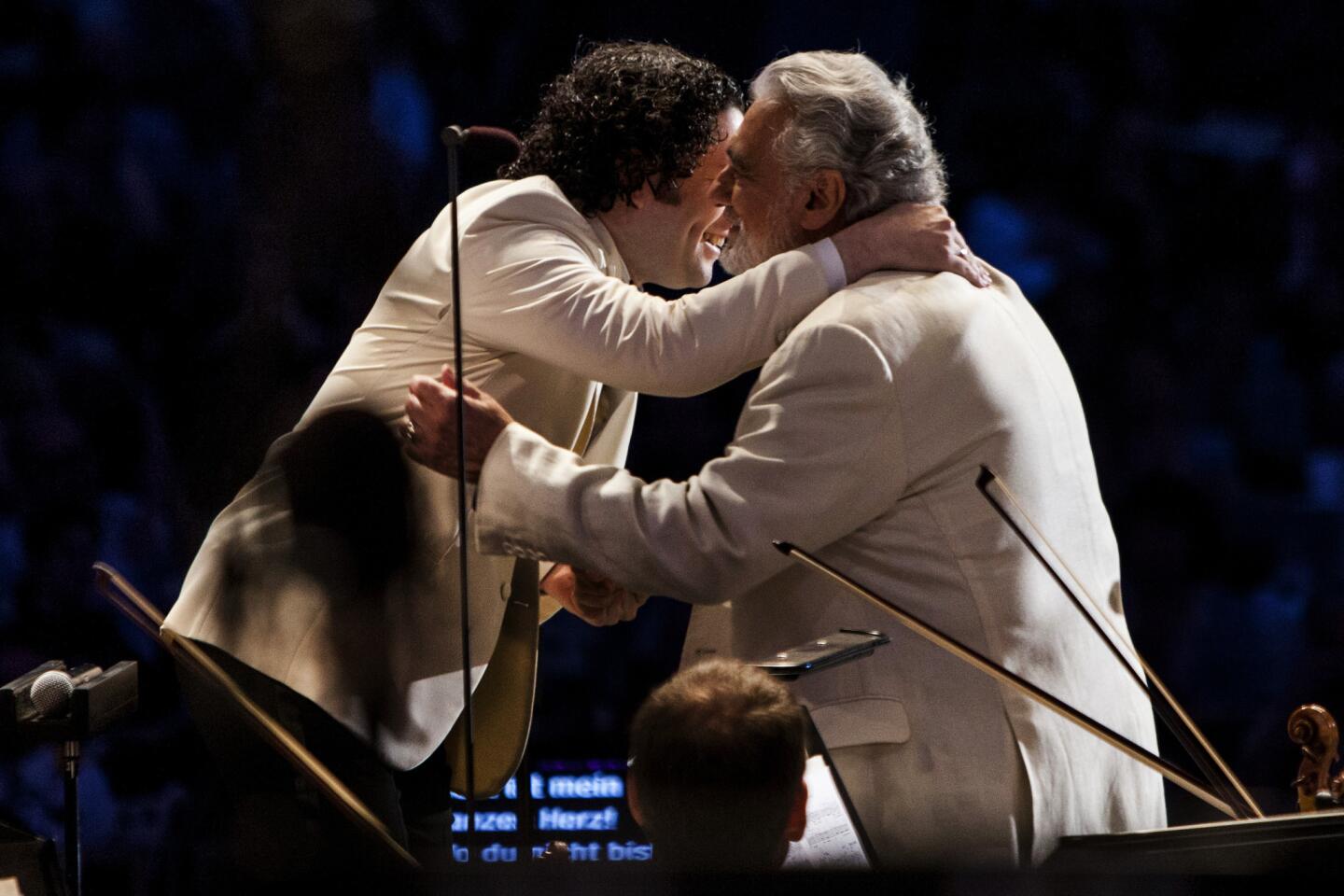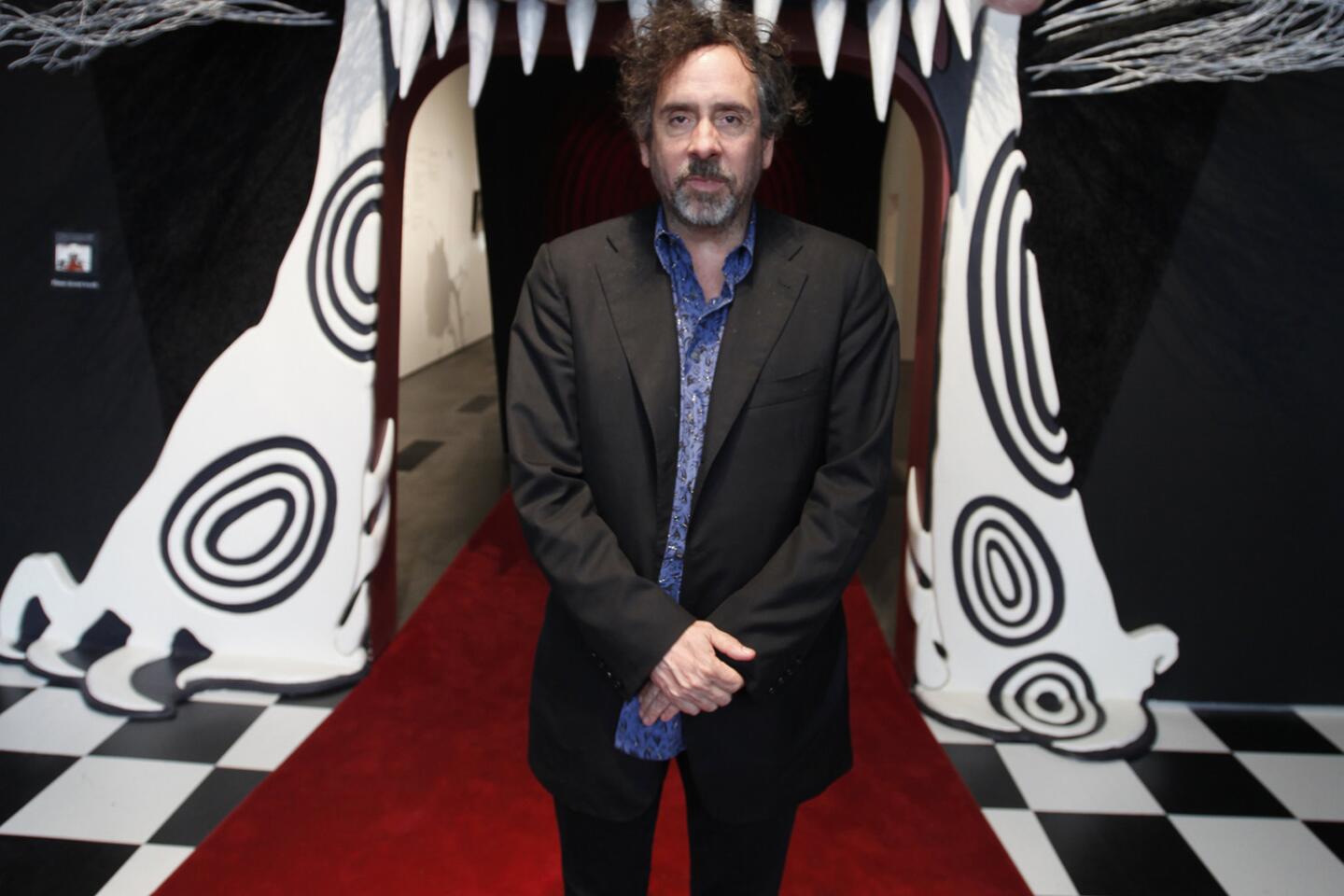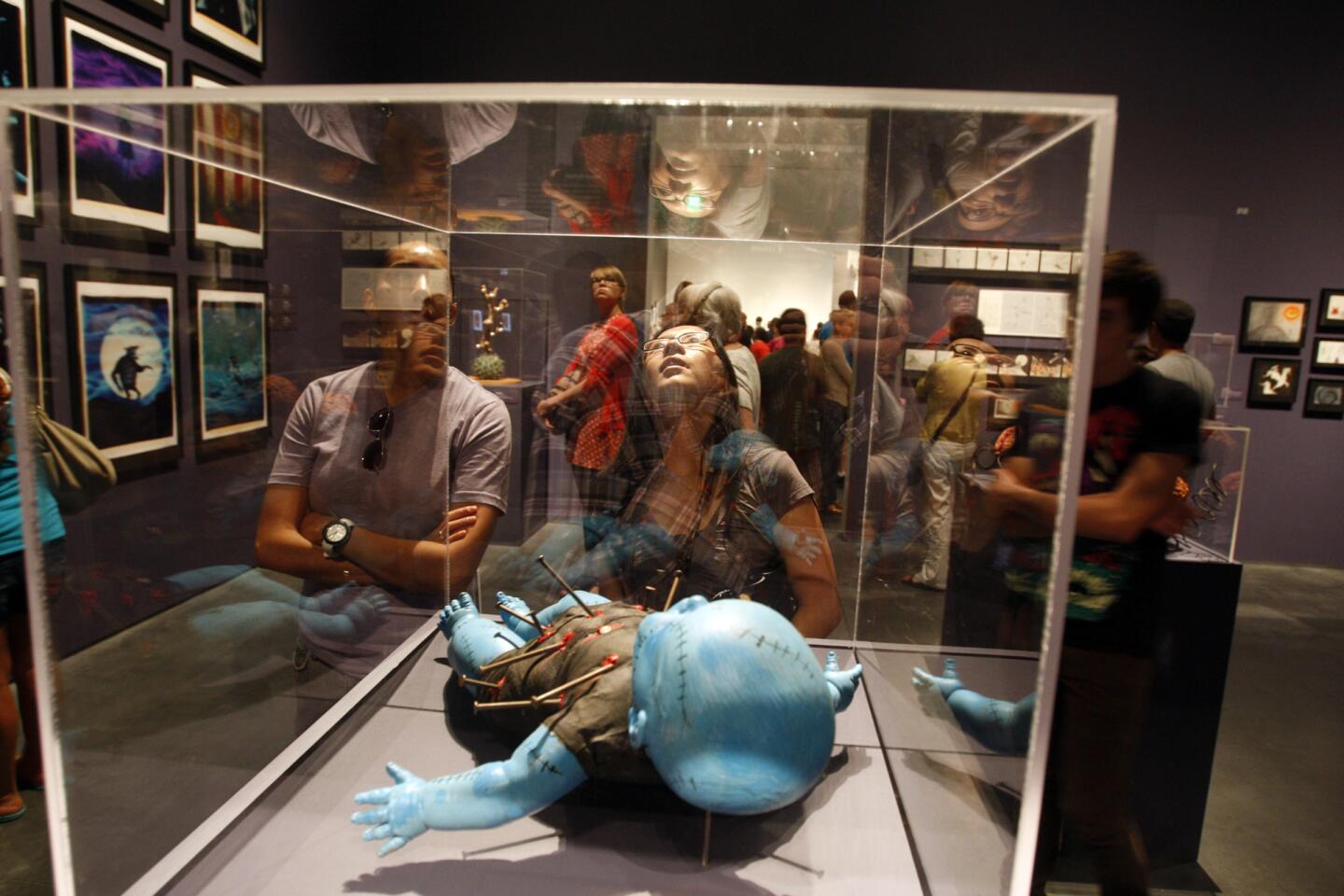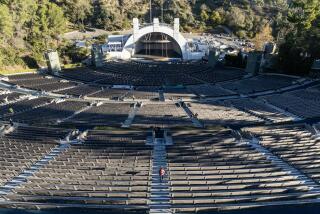At the Hollywood Bowl, an unhealthy glow
Two experiences that helped foster my devotion to music, growing up, were watching Leonard Bernstein’s “Young People’s Concerts” and going to the Hollywood Bowl.
Thanks to Bernstein, I began to sense the wonder of music. Thanks to the $1 seats at the top of the Bowl, I had the opportunity to get out of the living room and hear the likes of the great violinist Jascha Heifetz. He sounded dimmer and looked even tinier on the stage of the distant shell than he did on a 1950s TV screen. But Heifetz worked his musical magic anyway.
The Bowl has changed over the years as audio and visual technology have advanced, and it has done so again this summer with a new, improved sound system and four new hi-def LED screens.
TIMELINE: Summer’s must see concerts
The outdoors are now expected to offer the conveniences of the living room. At the Los Angeles Philharmonic’s concert on Thursday, I thought I would wander to see whether an up-to-date Bowl still could produce a true state of wonder.
The program offered flashy pieces by Liszt and Respighi conducted by a revered Spanish maestro, Rafael Frühbeck de Burgos, and featured the exacting but sometimes flamboyant pianist Jean-Yves Thibaudet. Both are Bowl favorites (and my favorites).
Acoustically, the Bowl is undoubtedly the most satisfying it’s been since amplification was introduced in the 18,000-seat amphitheater many decades ago. Instruments sound like instruments do close-up.
But everything changes when they can also be seen up close in such striking detail as they can on the new, overpowering screens. The $1.5-million video system sullies music as much as electronic billboards in the mountains despoil nature.
Video at the Bowl is not new. Nine years ago, a pair of large monitors were built into the sides of a new shell, and another was added about halfway back in the theater. From the start, they proved a nuisance, directing our attention to where the camera operators wanted it.
Two summers ago tongues wagged about Yuja Wang’s little orange dress at the Bowl, a conversation that continues online to this day. What is missed in these discussions, though, is that a young pianist’s short skirt would not have seemed nearly so risqué had it not been for camera close-ups framing her bare legs on giant screens as she played Rachmaninoff.
On Thursday I started at the top of the Bowl in the $1 seats. This is, as it’s always been, one of the most splendid vistas in Los Angeles. The sun set, the sky was filled with puffy cumulus clouds. The green hills darkened mysteriously. The Hollywood sign could be seen in the background. The light was L.A.’s soft, wondrous light. Anything should sound good up here.
Liszt’s “Les Preludes” didn’t sound bad. The $1-million amplification system reproduced orchestral body, fidelity and directionality. The speakers seemed far away, so there wasn’t the sonic immediacy of sitting close, but what I heard was realistic.
But the new monitors ruined the atmosphere. No longer is this a place where you feel like you can get away from it all for a buck.
The four monitors penetrated the natural setting with a noxious glow. All showed the same images, cutting back and forth between long shots of the shell, medium shots of groups of players and pimple-close magnification of individual faces. Bad as that is, the screens are too far away to observe any meaningful detail, and the result is a bombardment of useless visual information.
FULL COVERAGE: 2013 Spring arts preview
I moved down a couple of sections for Liszt’s “Totentanz,” which featured Thibaudet. The speakers here sounded really good. The electronic balances may have put the pianist slightly too much front and center, but Liszt’s virtuosic demands are flabbergasting, and Thibaudet played like the glitteringly precise whiz that he is. The French pianist is also a natty dresser, but he took no Wang chances, wearing a tight black suit.
At one point, I found a seat on the very far left of a section of benches, directly under a monitor (I could locate no place where you can escape them altogether). It was like watching bad television. While the monitors look sharp from a distance, up close they are unpleasantly pixilated and can be as blinding as headlights on new cars.
The video rarely showed, at least from a useful angle, the one thing you might have wanted to see, which was Thibaudet’s extraordinary fingering. Instead the pianist’s furled brow loomed enormous. The message here wasn’t how enticingly strange and original is Liszt’s series of variations on the dance of death, but the effort it takes to play it.
The second half featured Respighi’s “Fountains of Rome” and “Pines of Rome.” Most of the instrumental color of “Fountains” from the $60 “super seats” in the section behind the boxes came through with satisfying intensity.
From this vantage, the four monitors projecting the same images proved particularly intrusive. Respighi depicts in his score four fountains in Rome at different times of day. As the orchestral sound died down to wonderfully evoke the Villa Medici at sunset, the video monitor ruined everything by getting brighter and brighter.
PHOTOS: Hollywood Bowl tidbits
For “Pines,” I sat in the garden boxes. Frühbeck led a detailed, unfussy performance that let the orchestra shine. Some quieter instruments were unnaturally amplified, but generally there was enough real instrumental presence to feel as if one were listening to music.
Some in the audience craned their necks to see a looming monitor overhead. Kids looked at their cellphones. I noticed that those who watched the video were often the least civil, talking during the performances, as if they were in their own living rooms.
These monitors no doubt are of great attraction for the pop concerts that are big moneymakers for the L.A. Phil, and I doubt there will be many complaints for the performances of the musical “Chicago” at the Bowl this weekend. But the orchestra needs to understand just how much the monitors determine the way we listen.
The challenge is to use them creatively and for this it might be worth consulting with video artists. Four different images on the monitors would be interesting. And the most obvious first step would be to light the stage more brightly and turn the video down.
What the Bowl offers is not interactivity but the tyranny of a technology forcing you to witness what someone else wants you to see. I tip my hat to two fellows I noticed at the back of the Bowl with a pair of fancy binoculars on a tripod. They’ve taken matters into their own hands and made the musical experience their own.
More to Read
The biggest entertainment stories
Get our big stories about Hollywood, film, television, music, arts, culture and more right in your inbox as soon as they publish.
You may occasionally receive promotional content from the Los Angeles Times.
